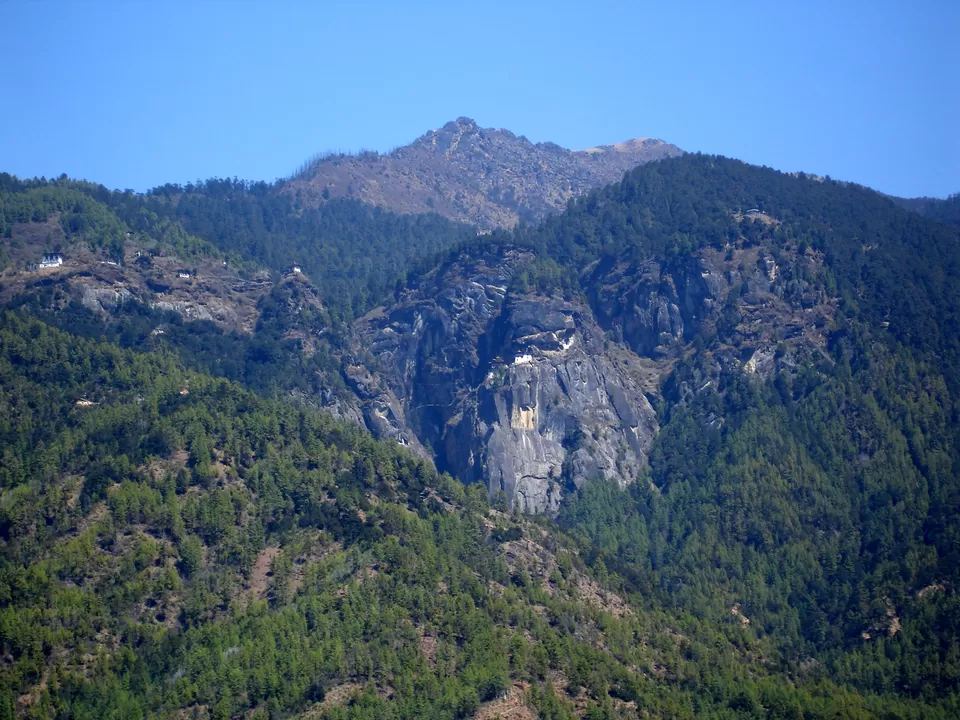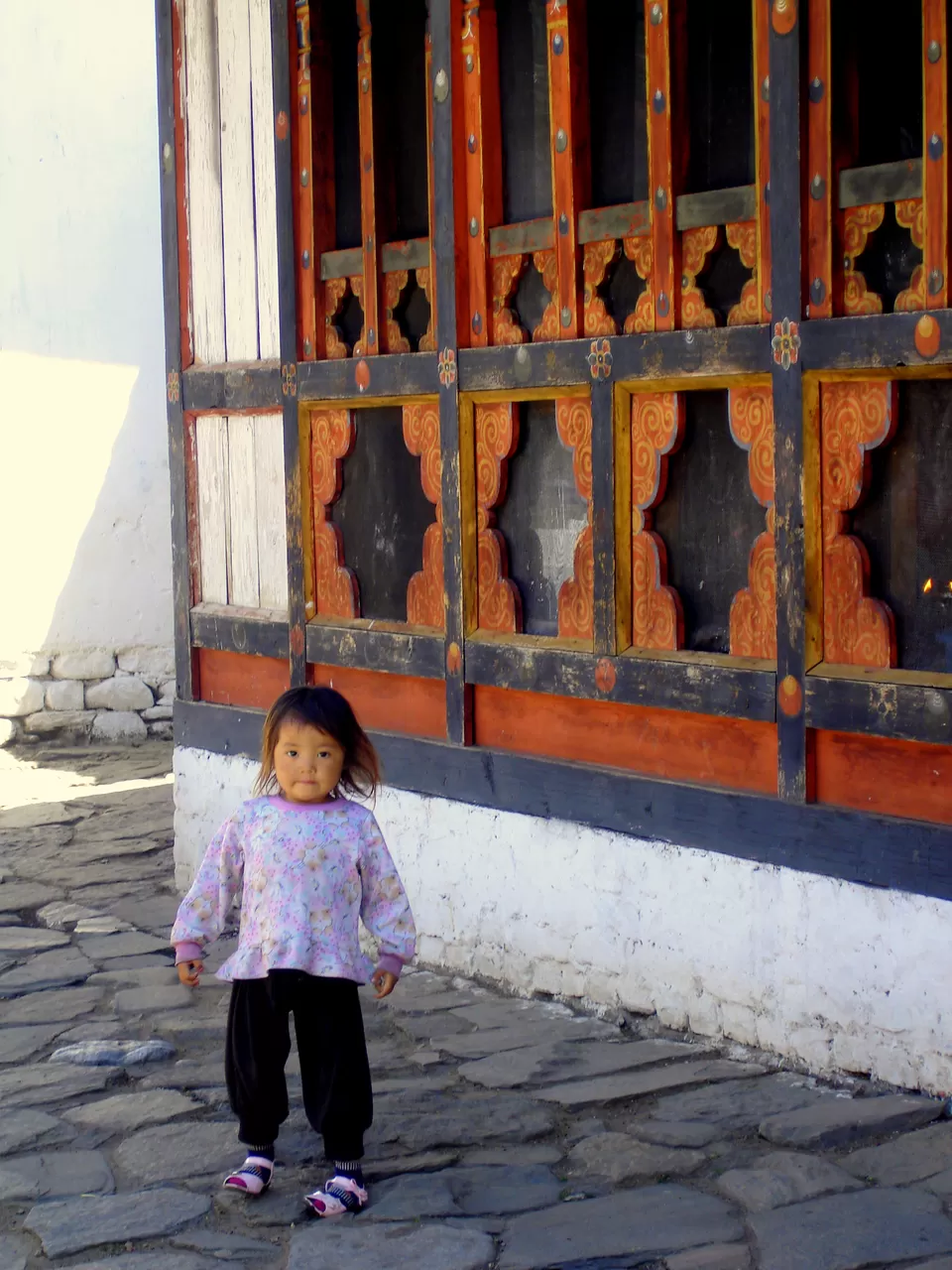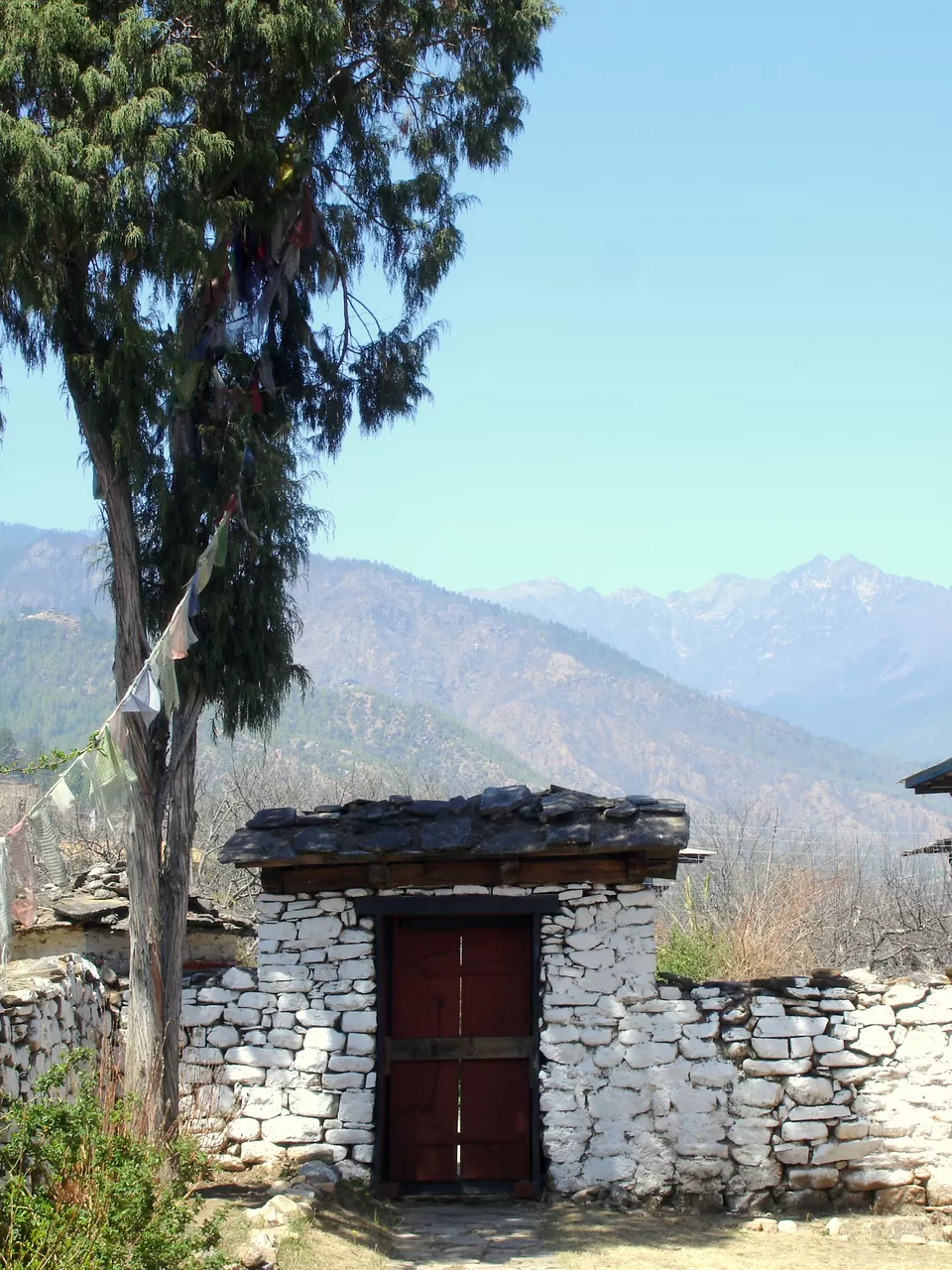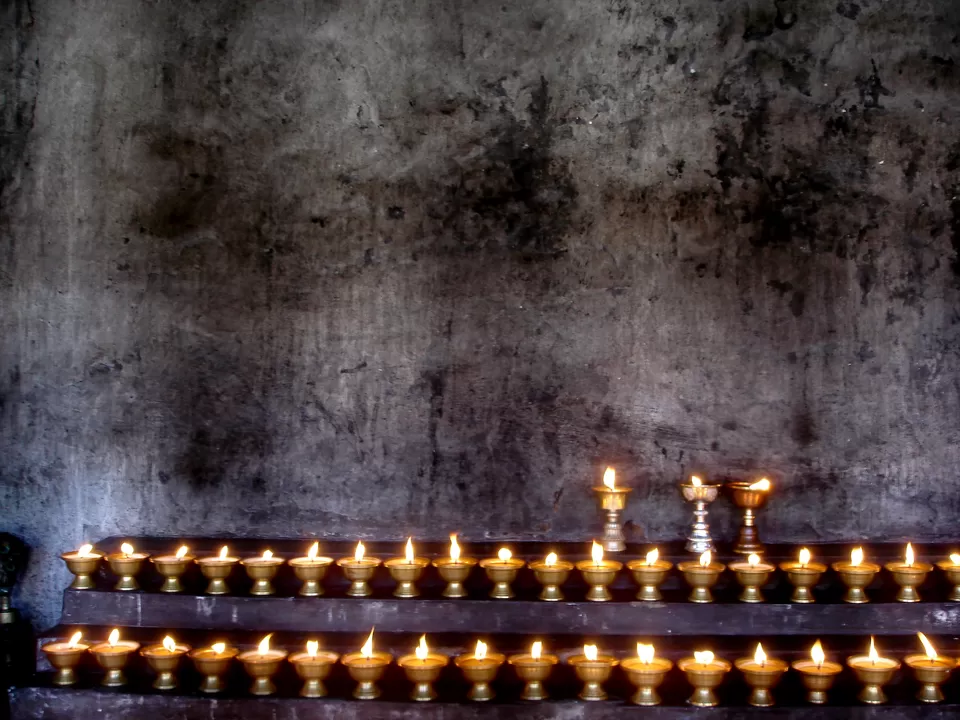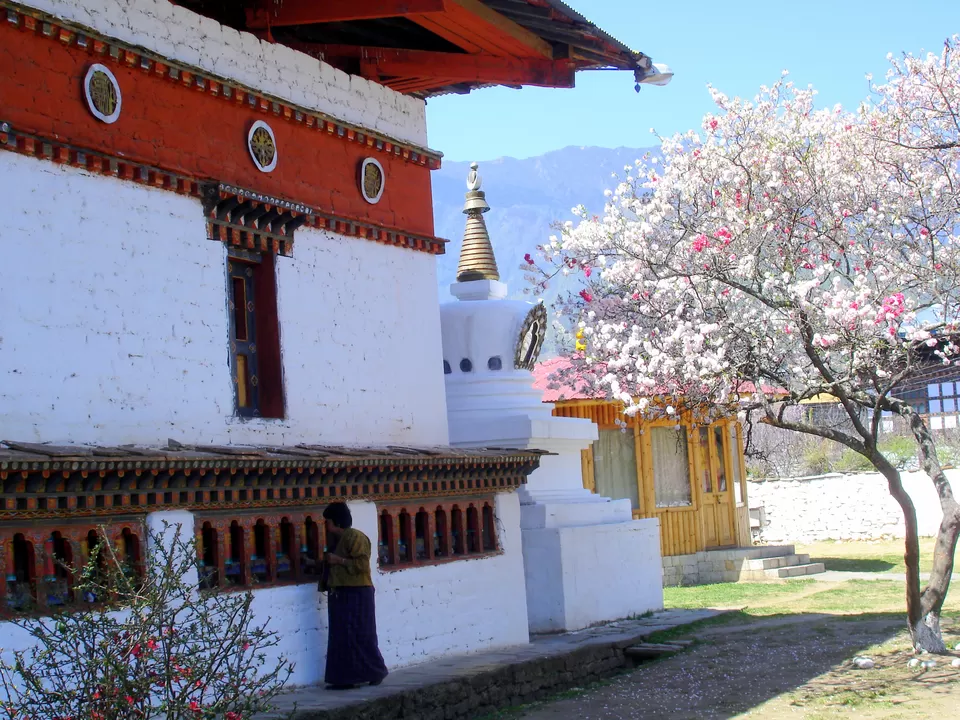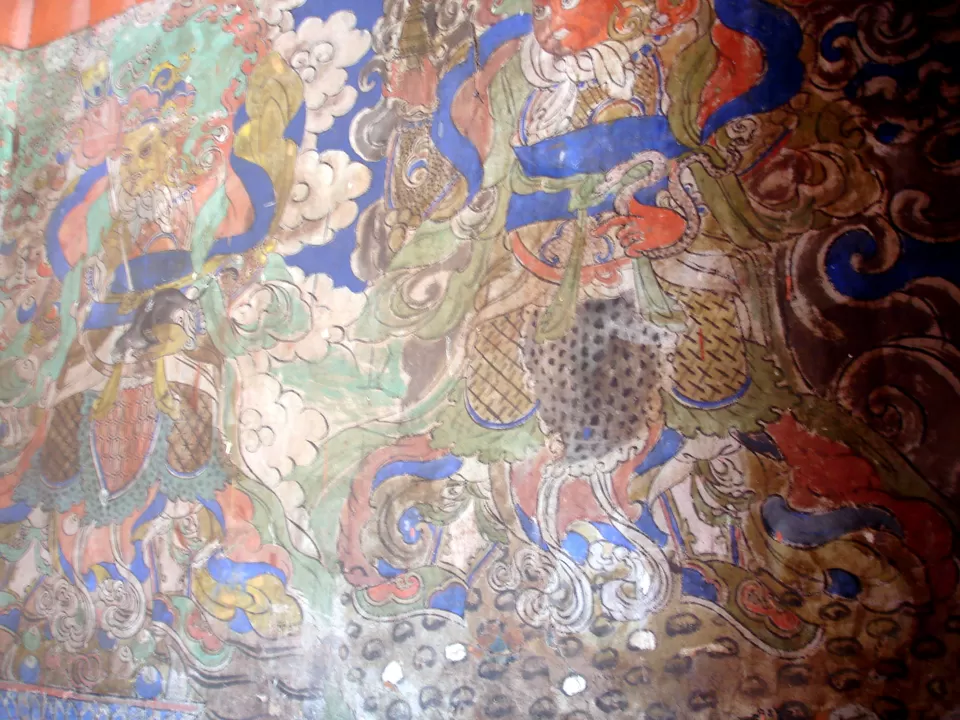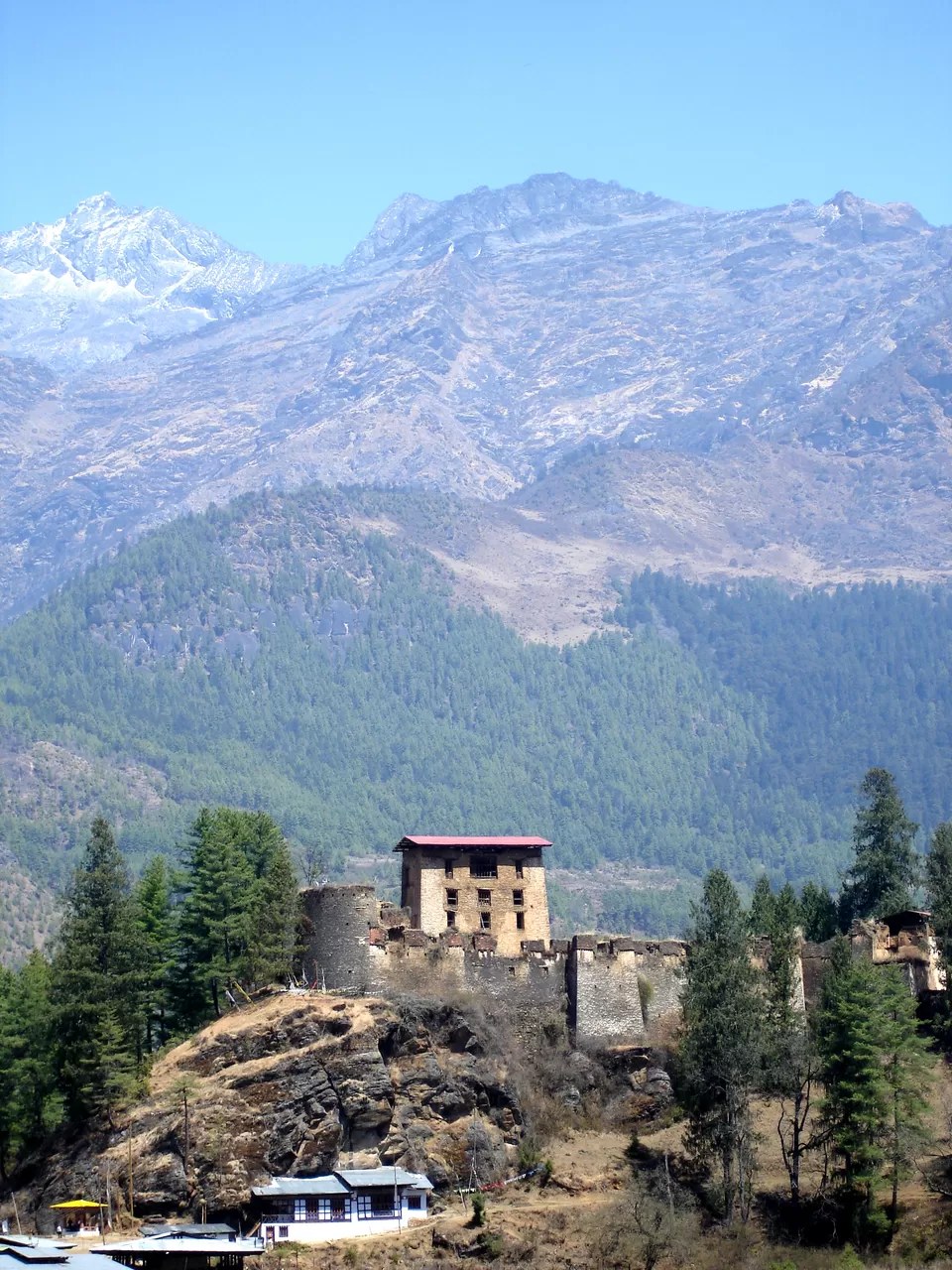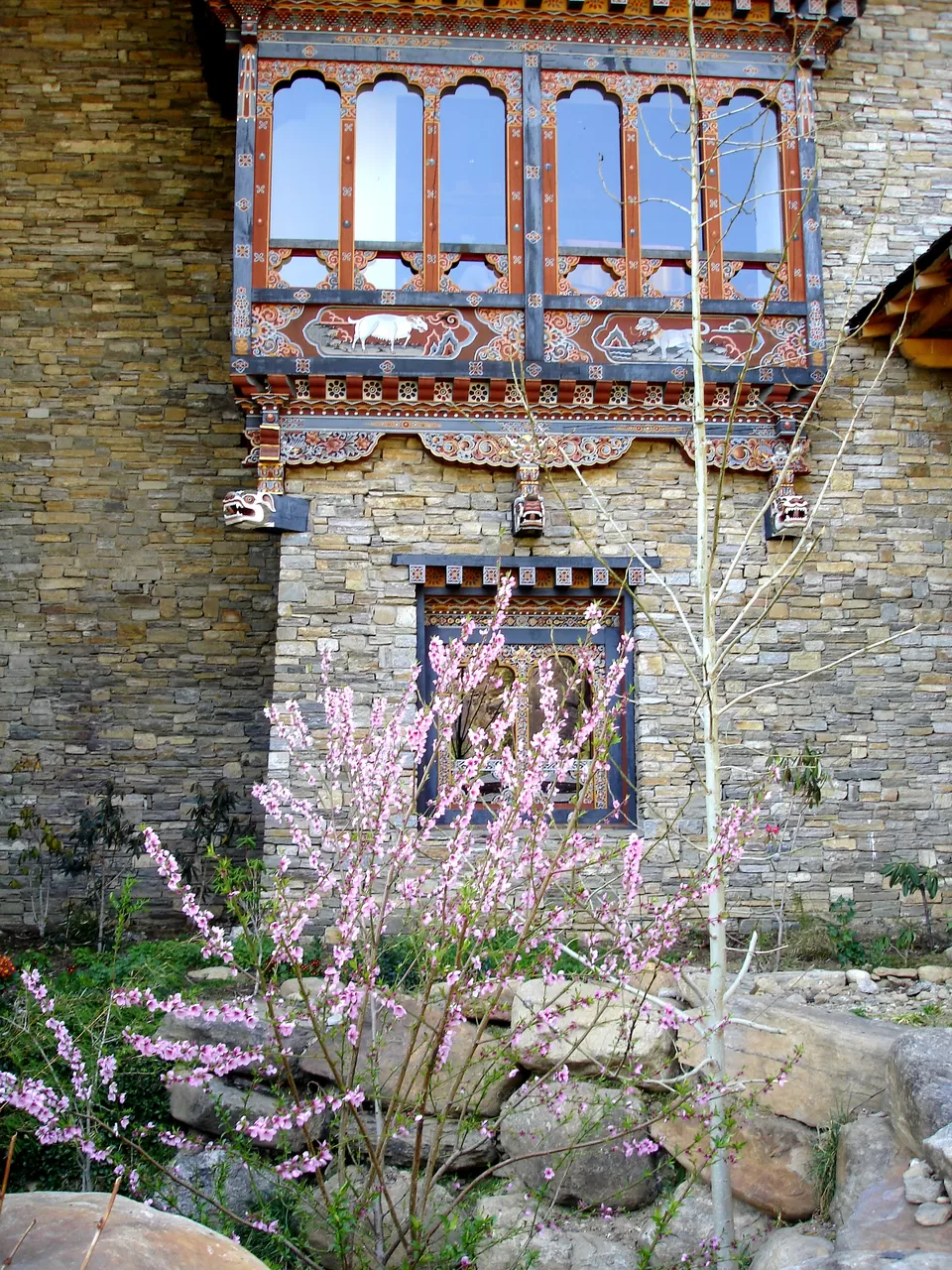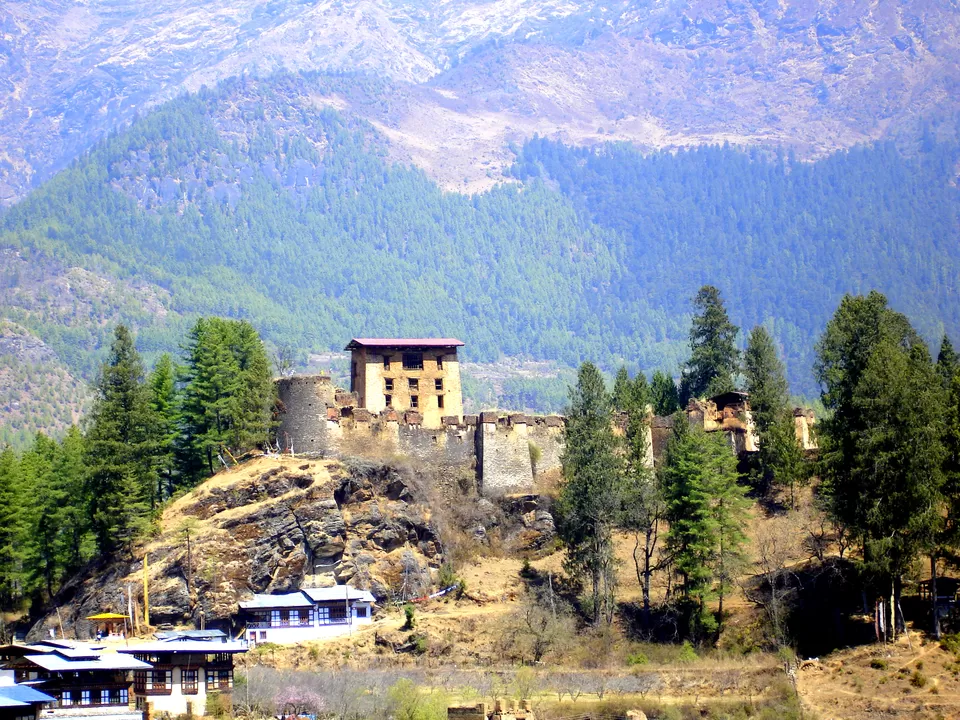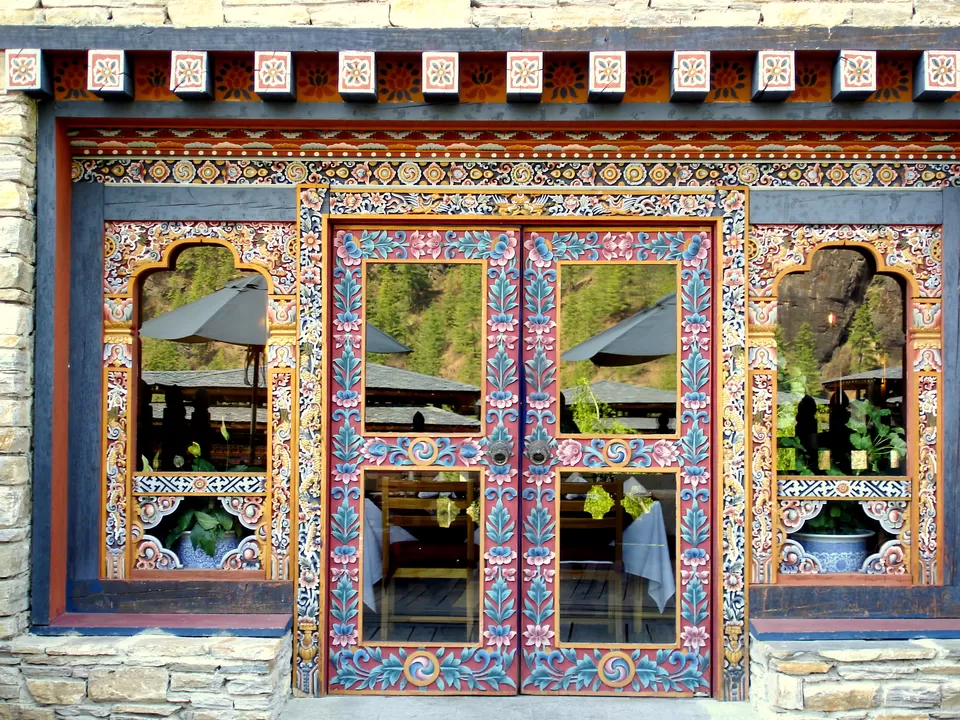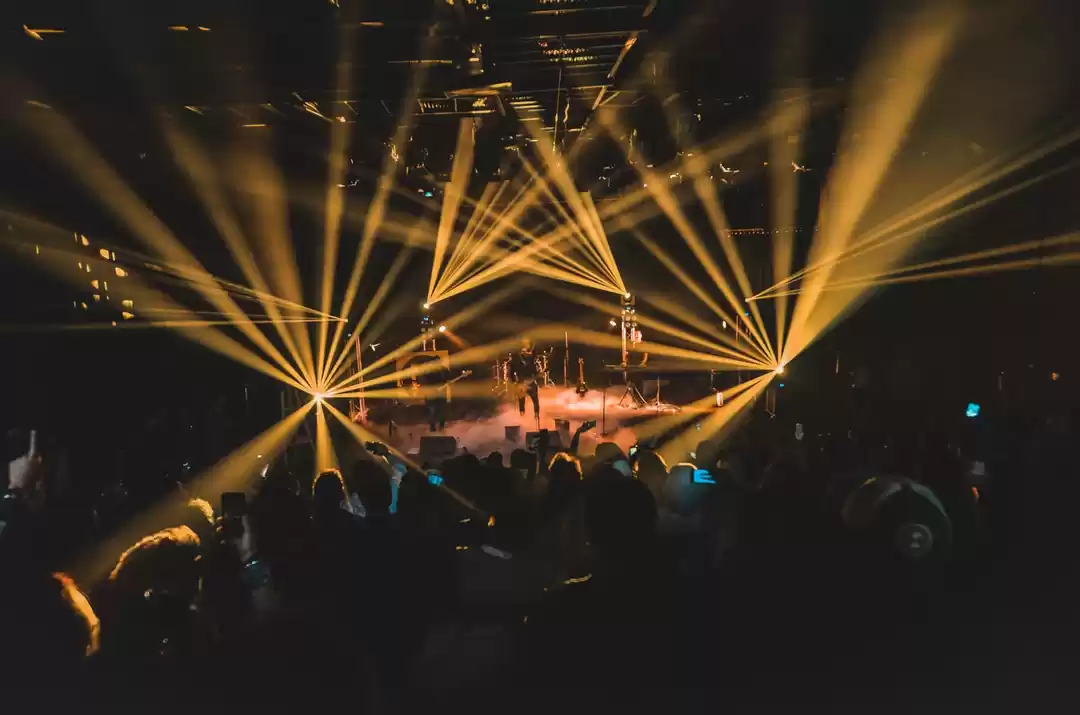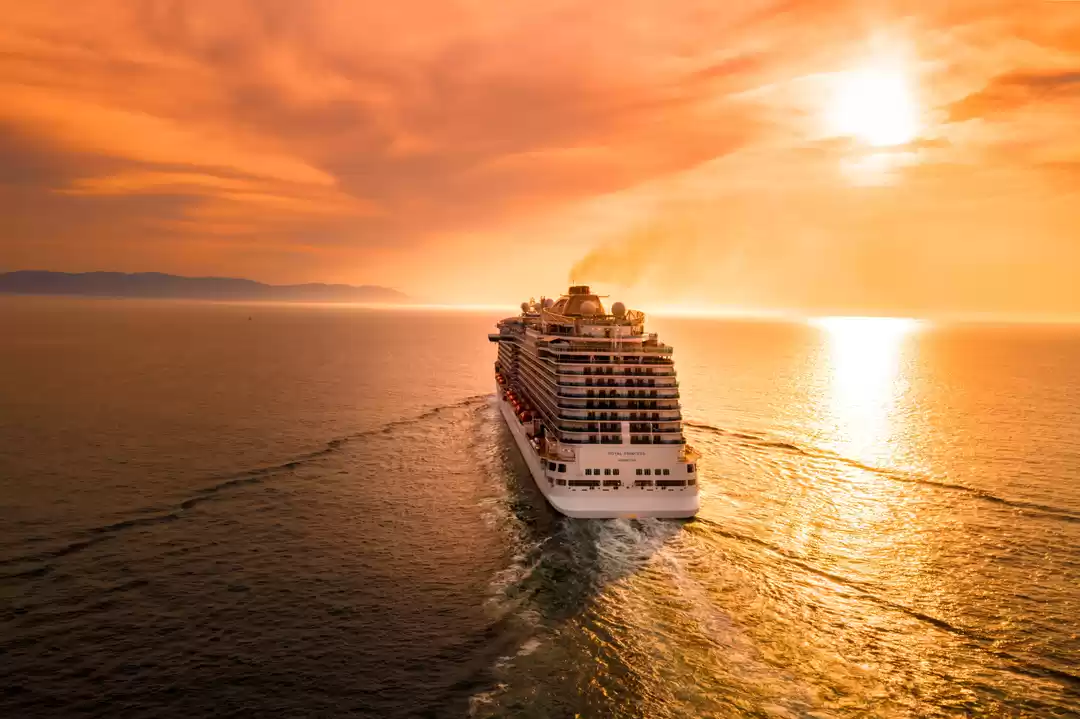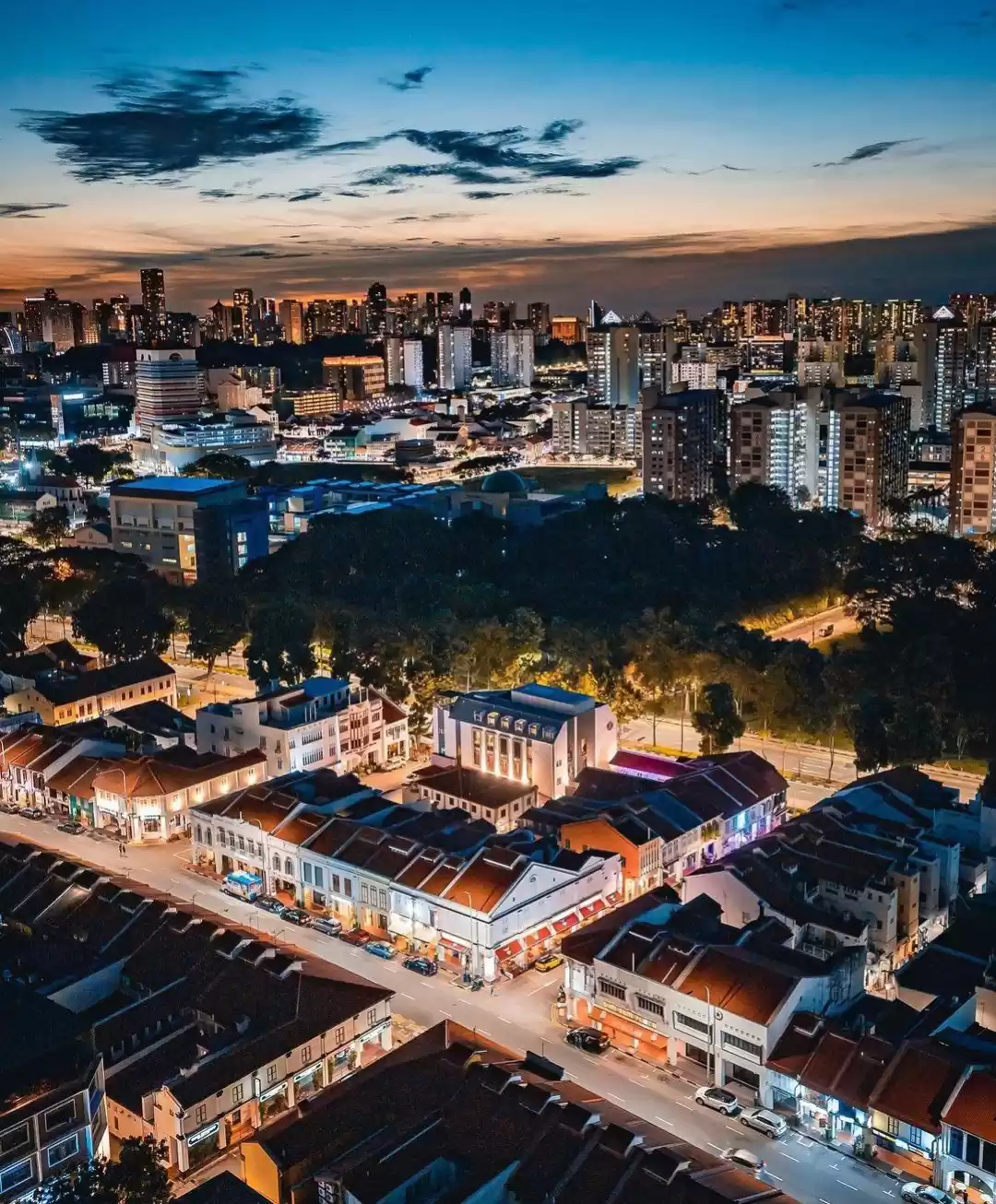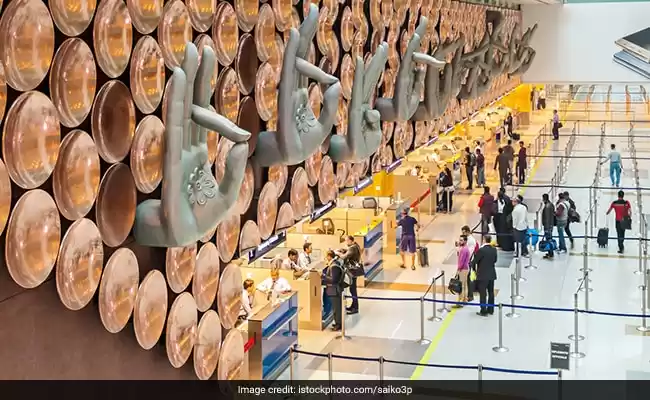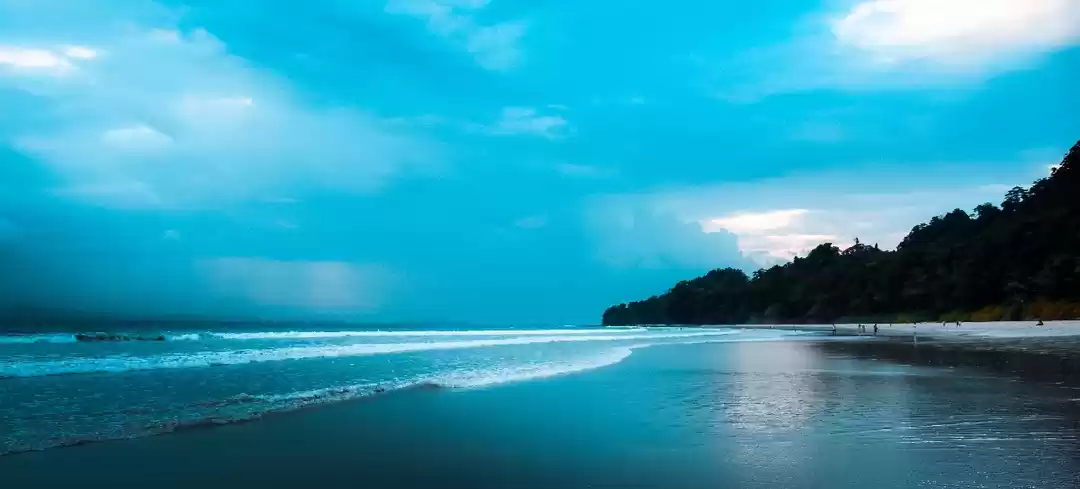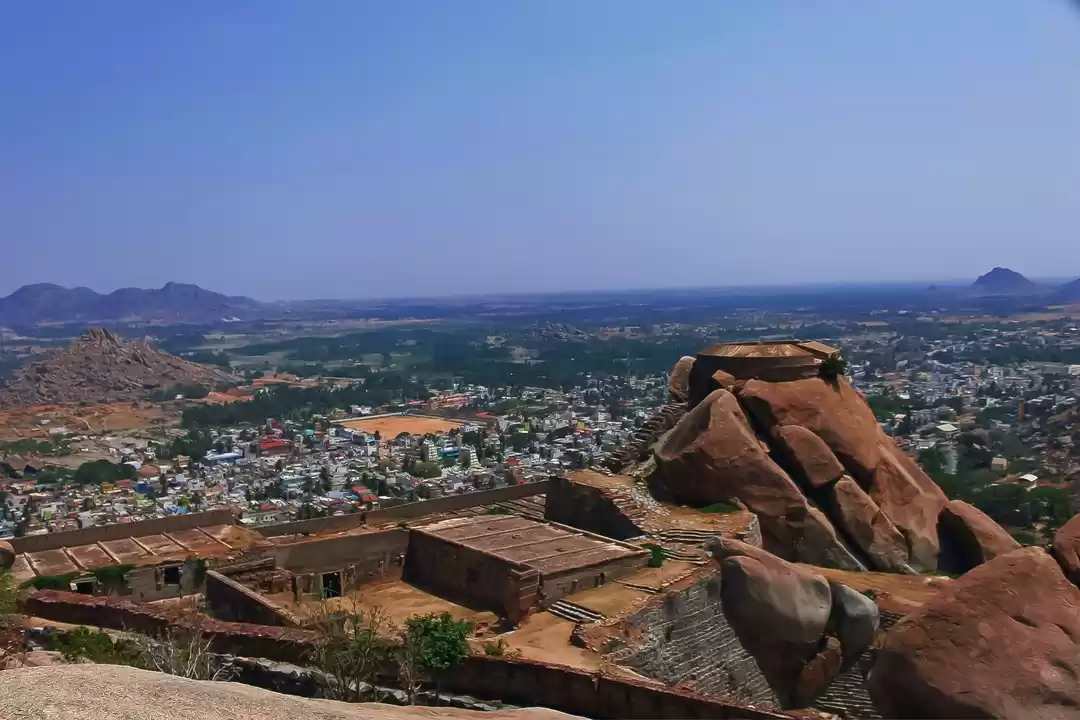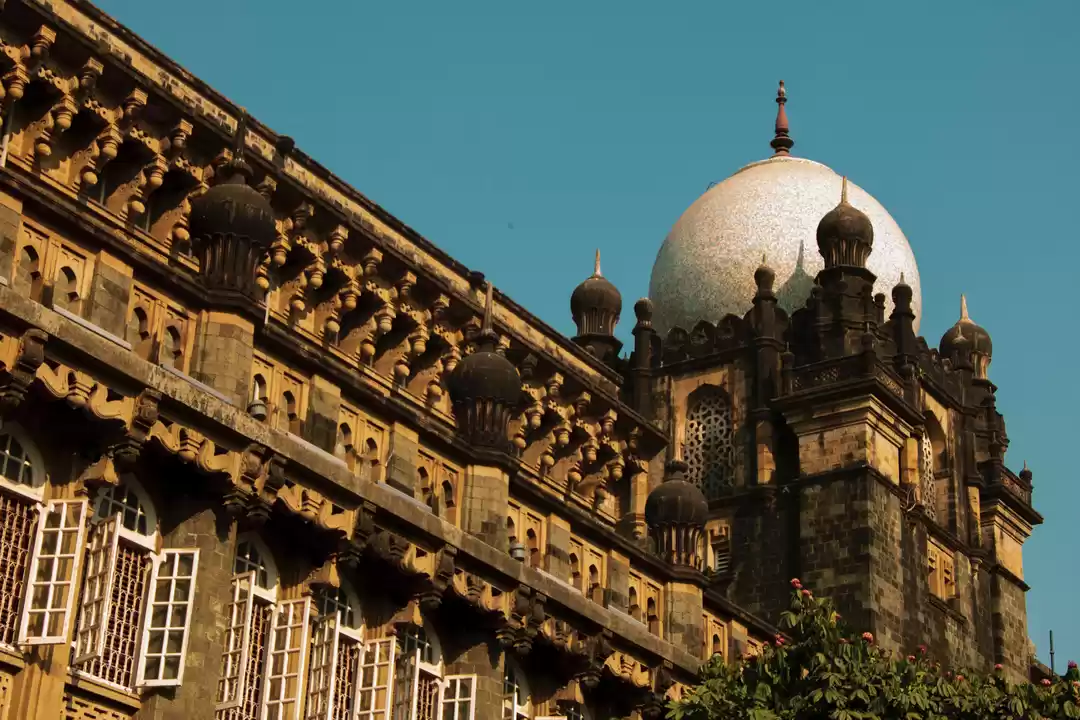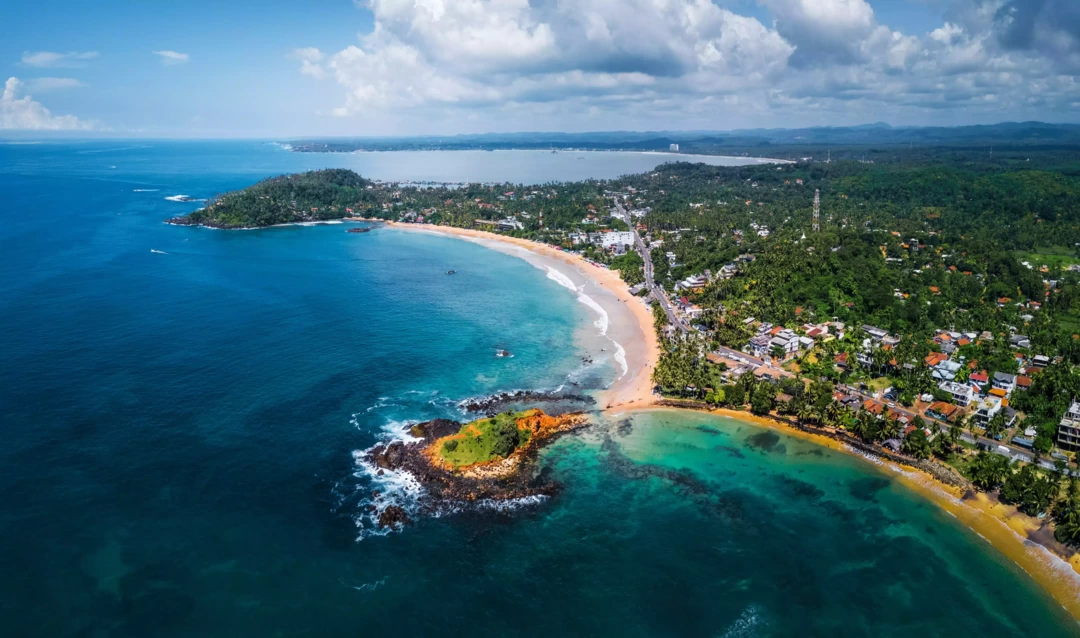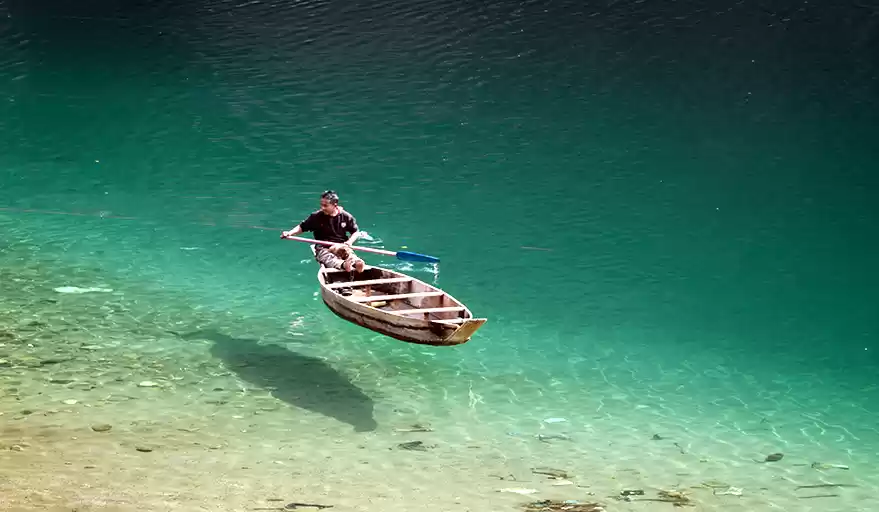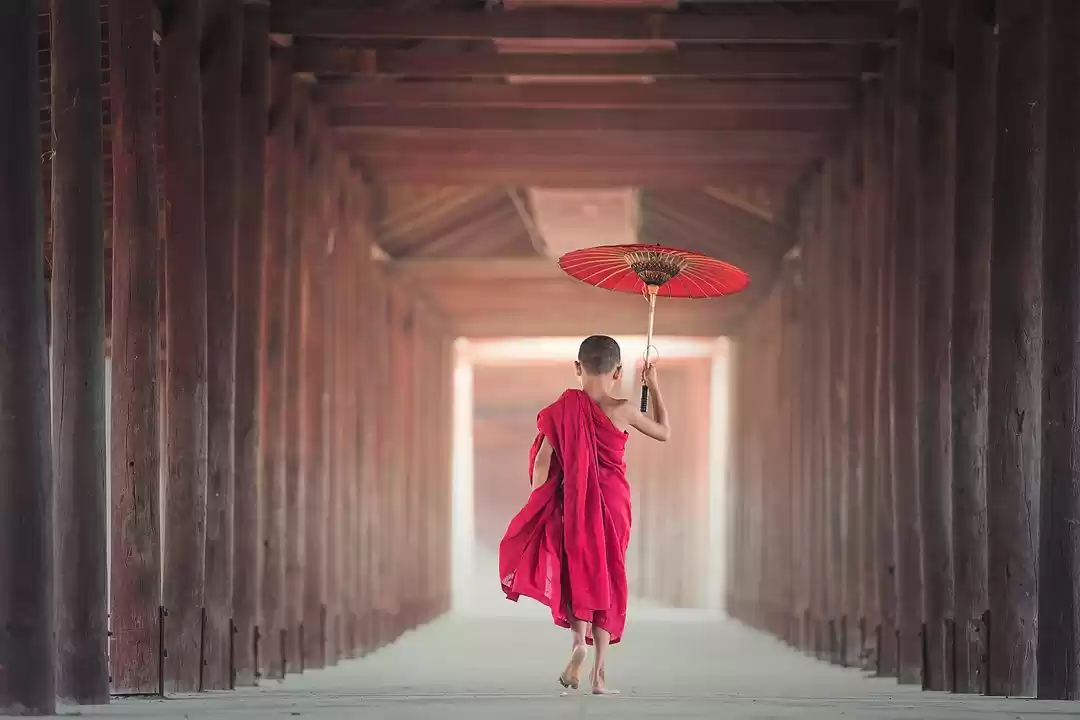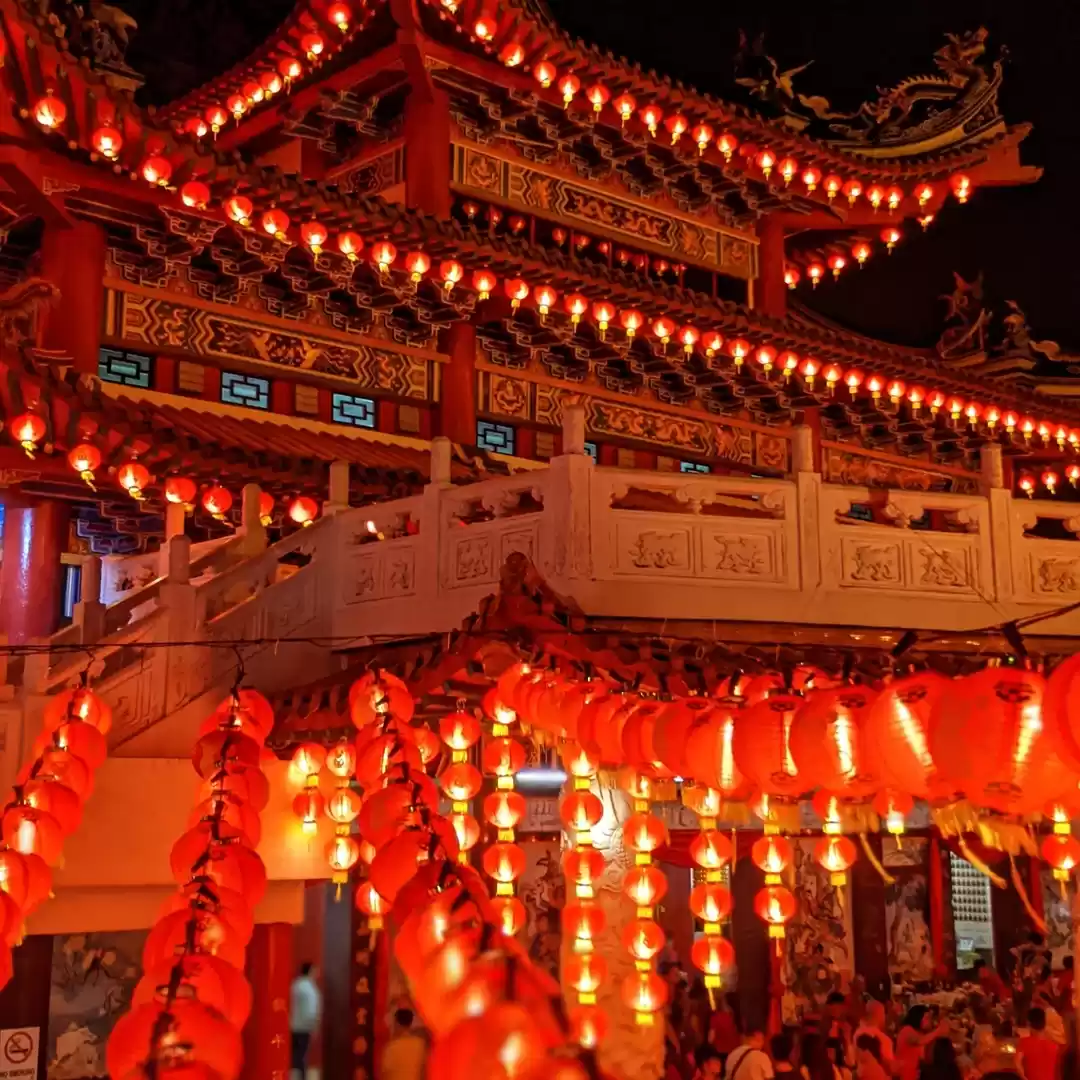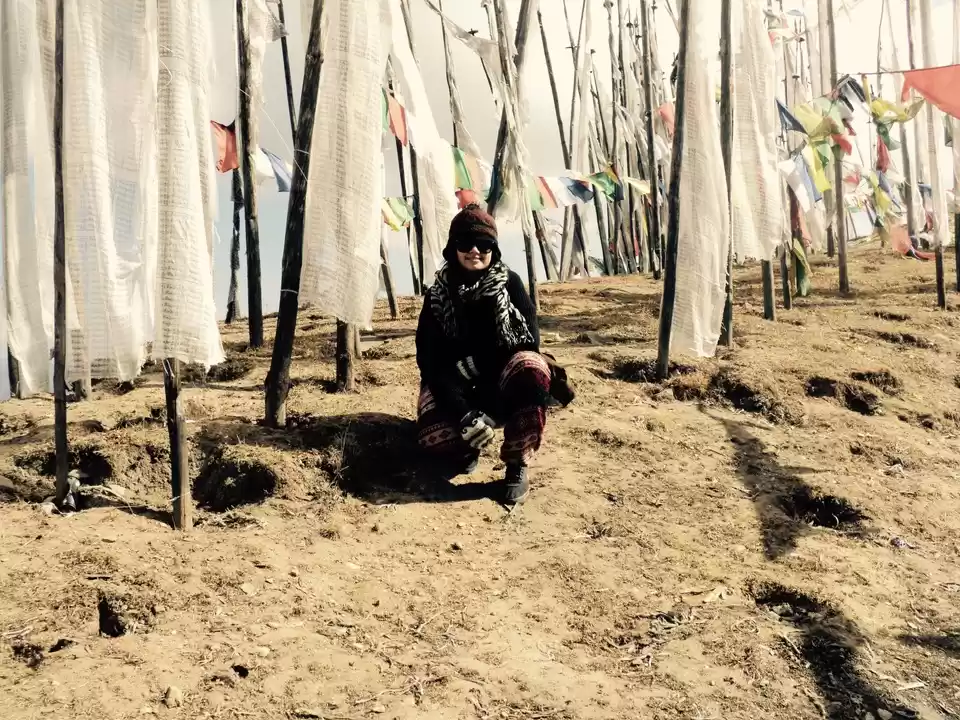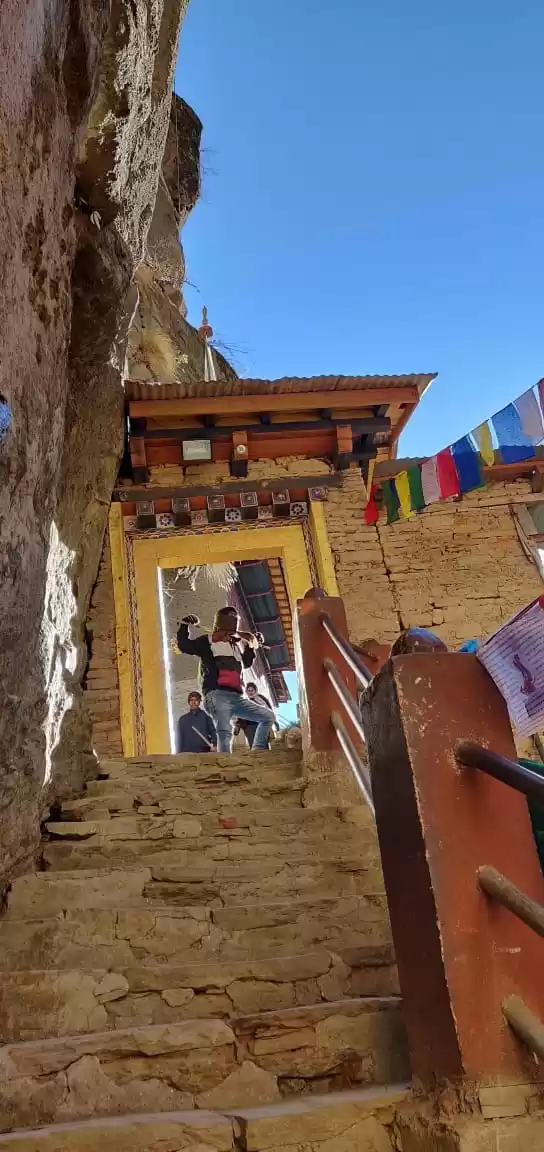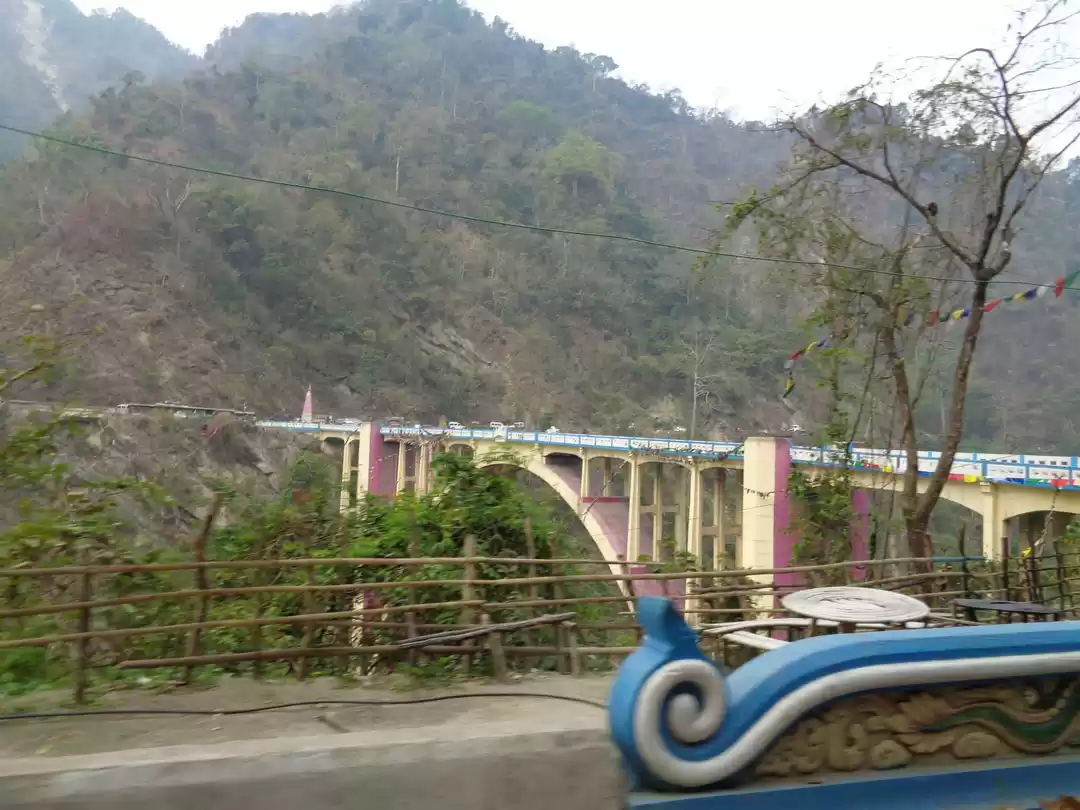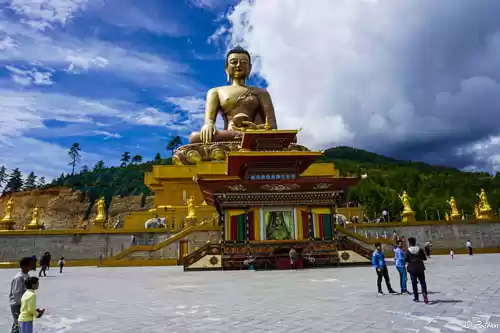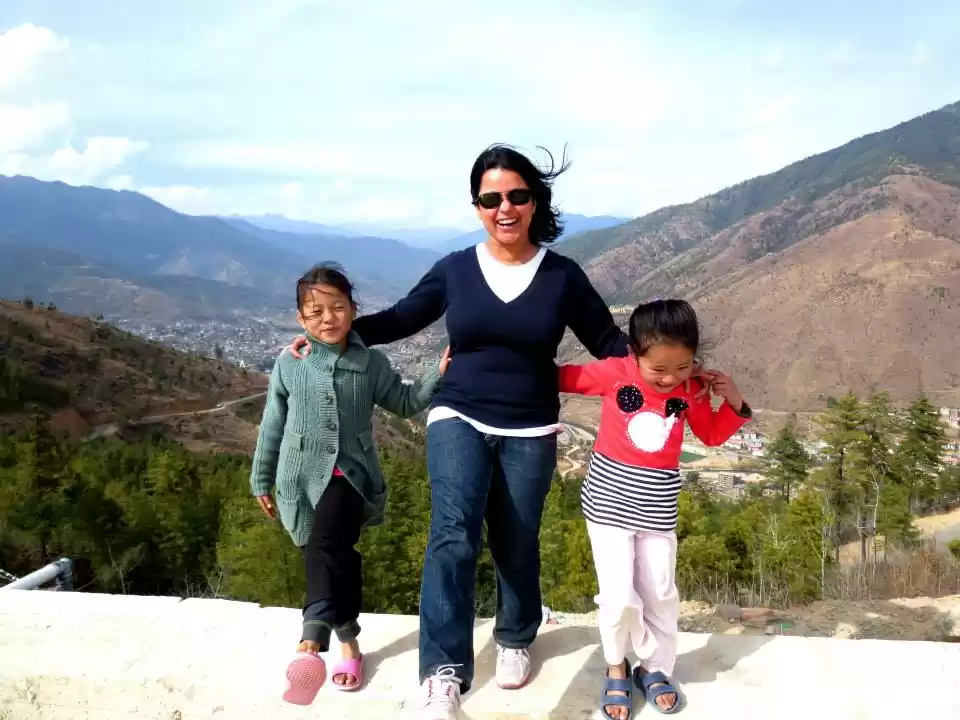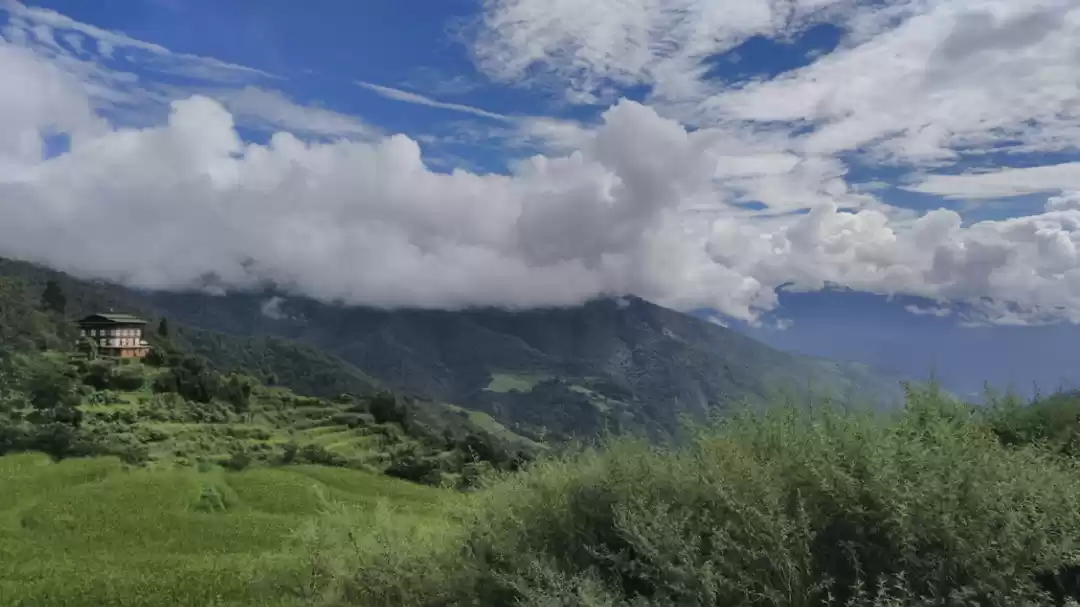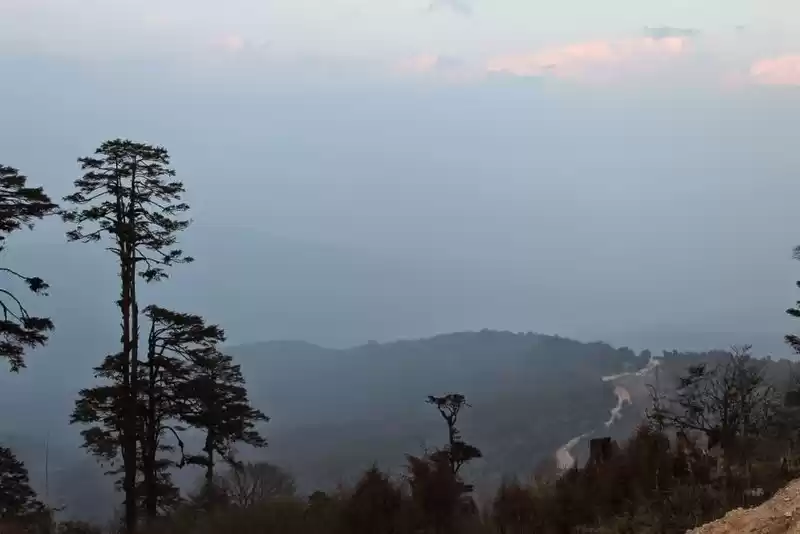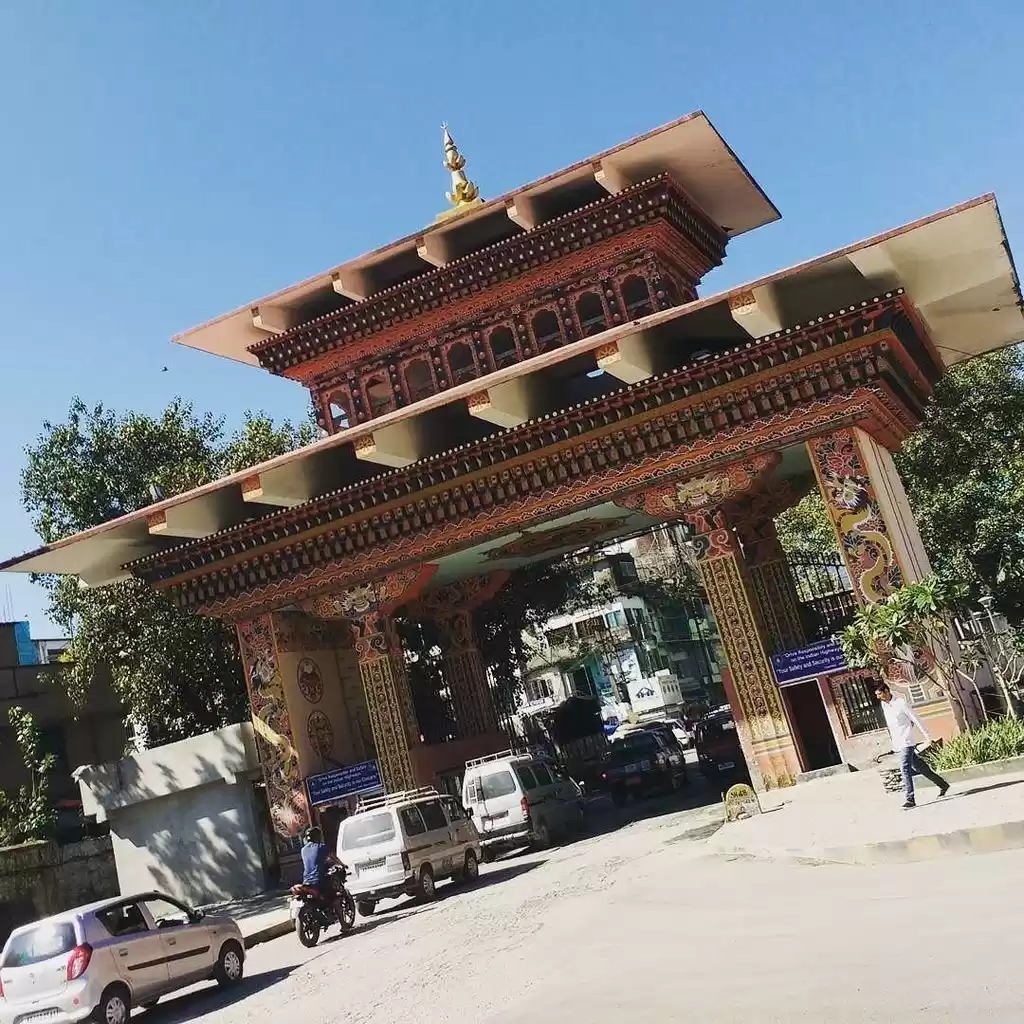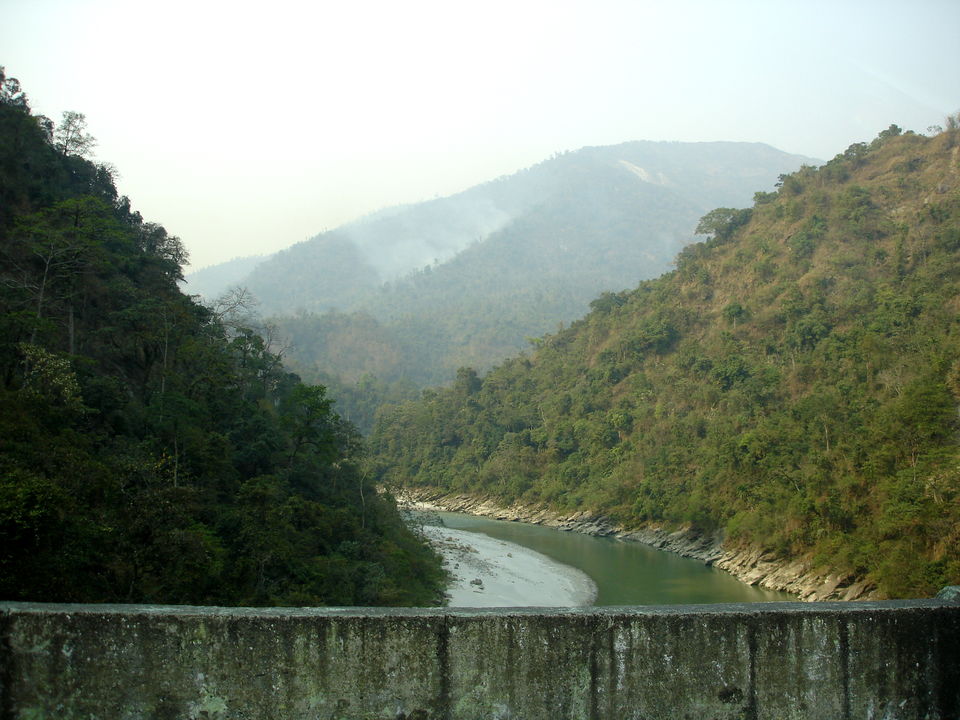
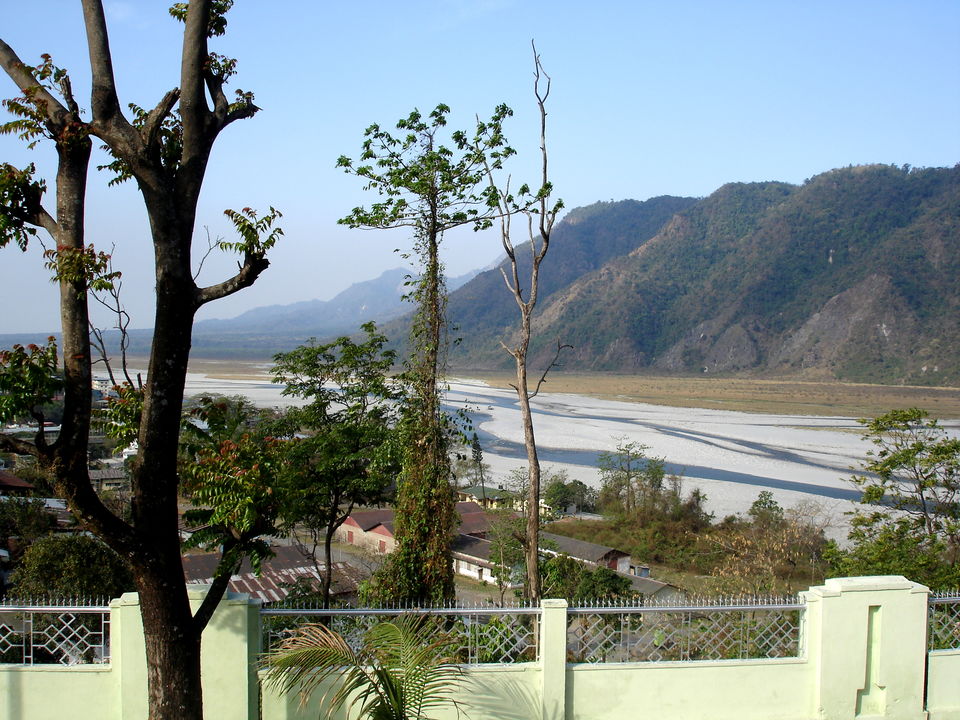
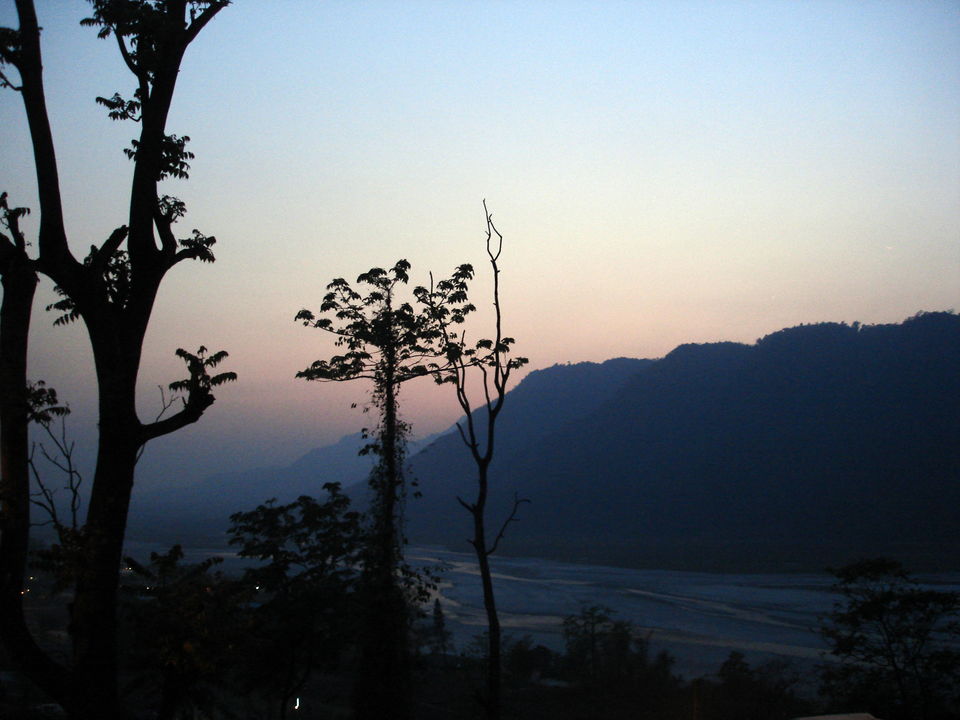
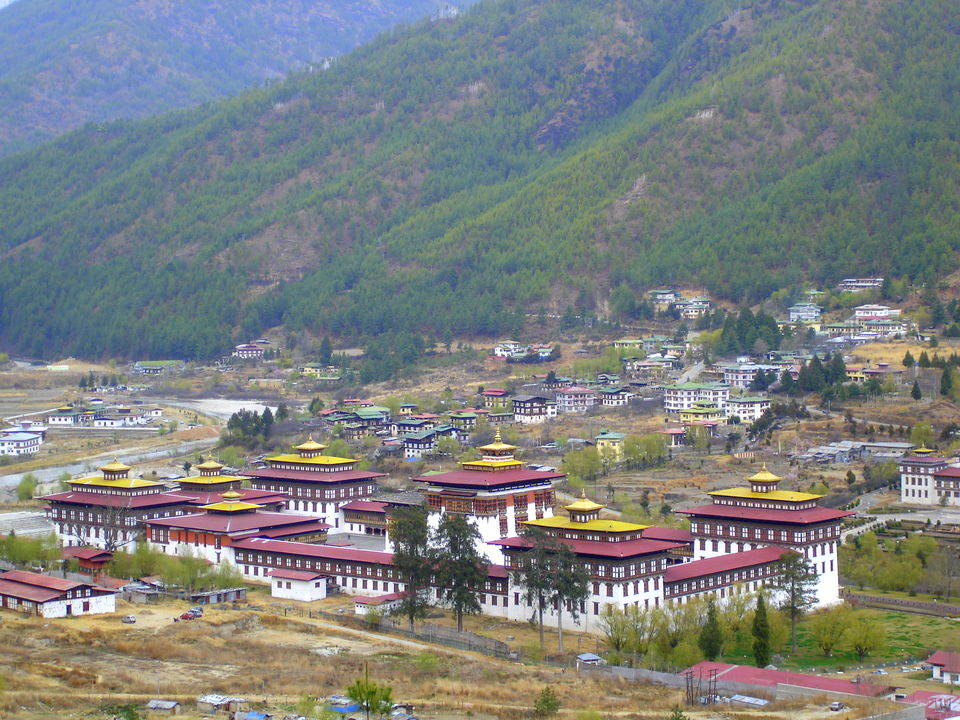
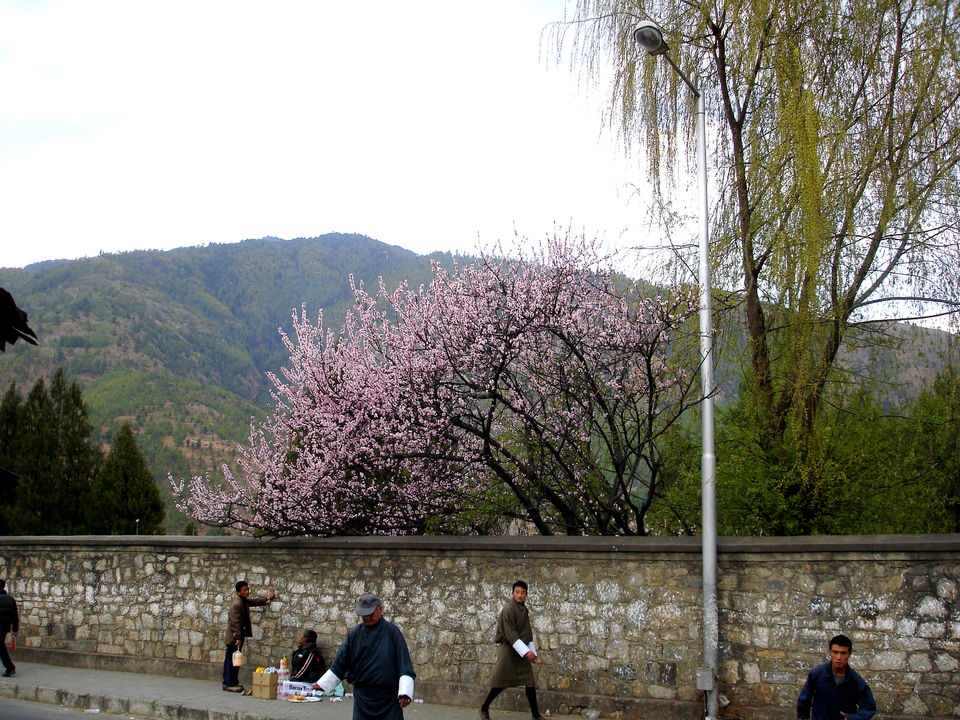
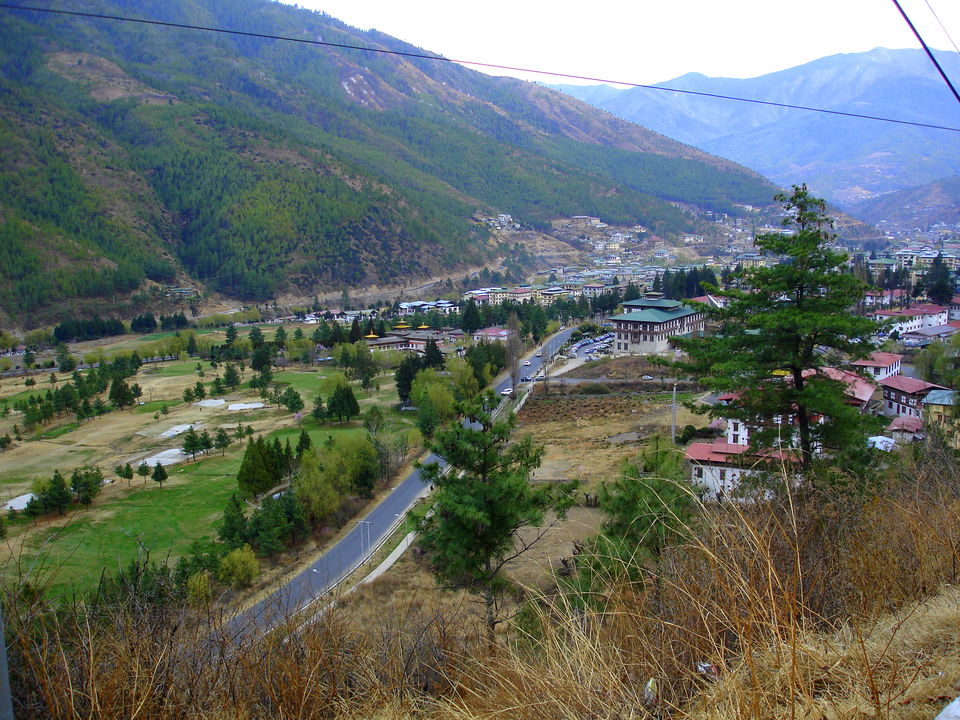
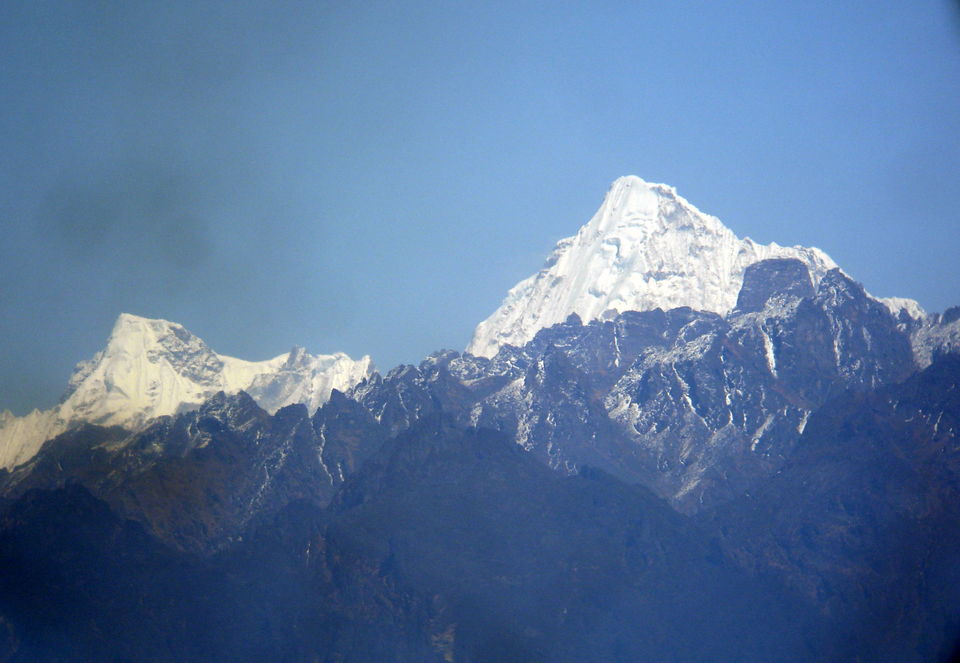
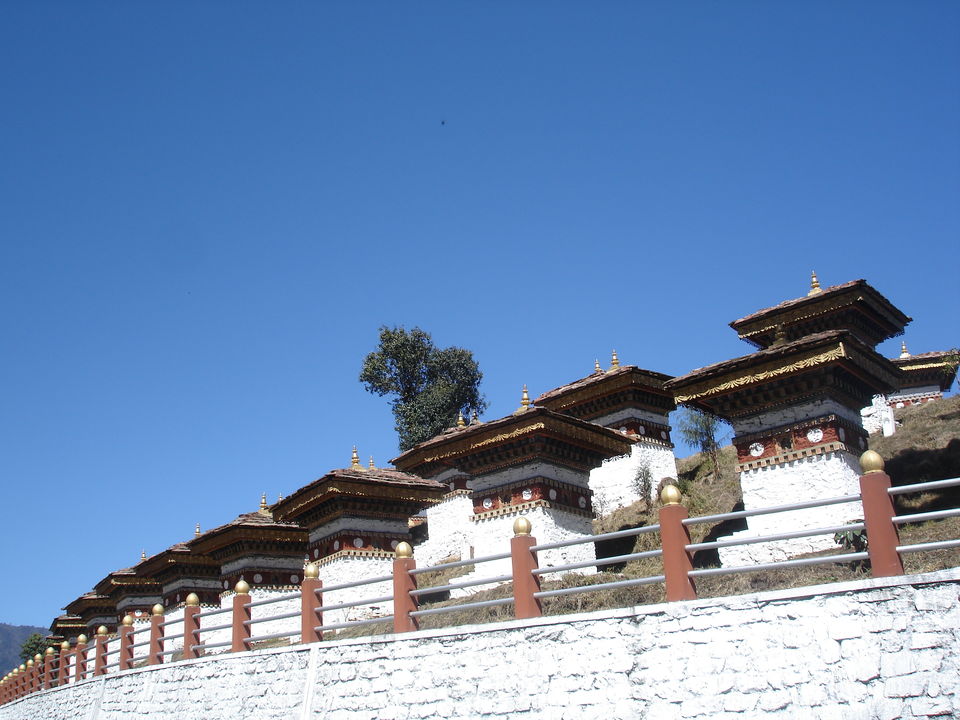
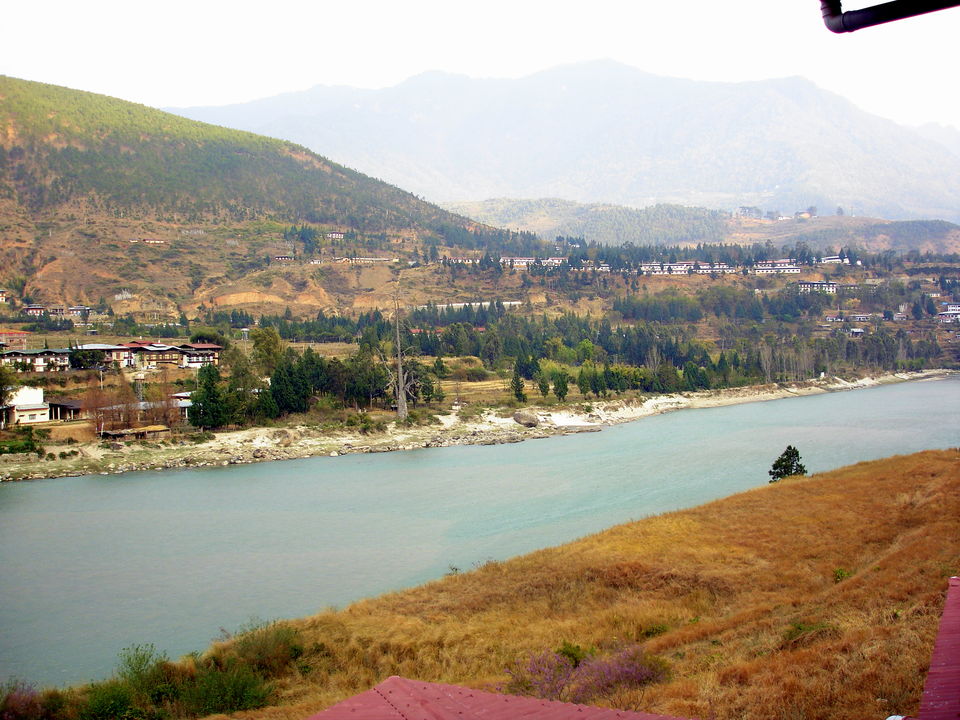
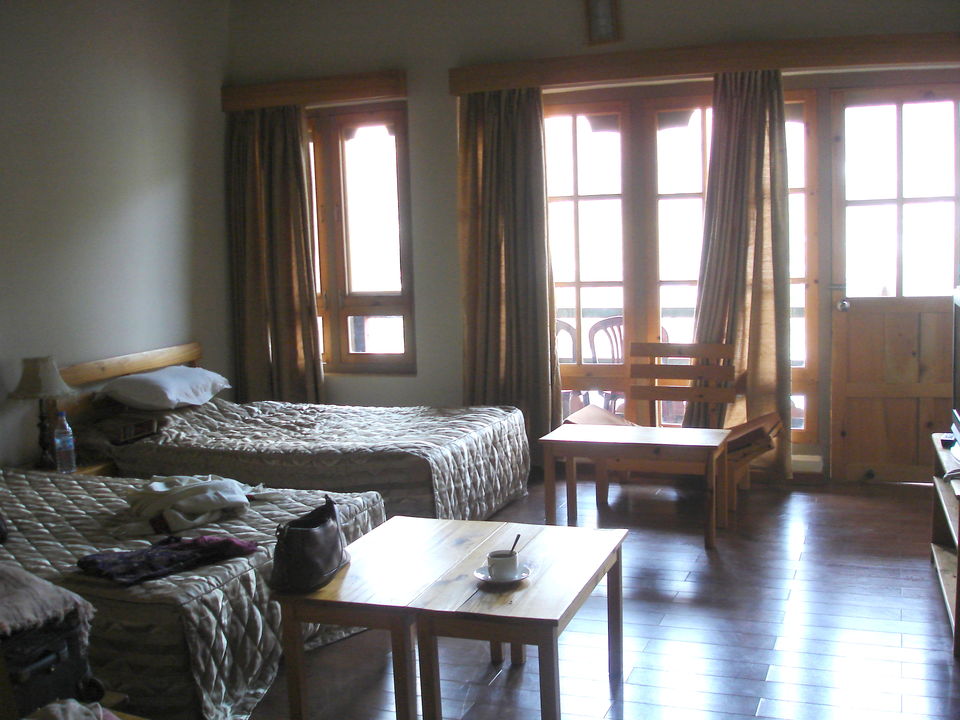
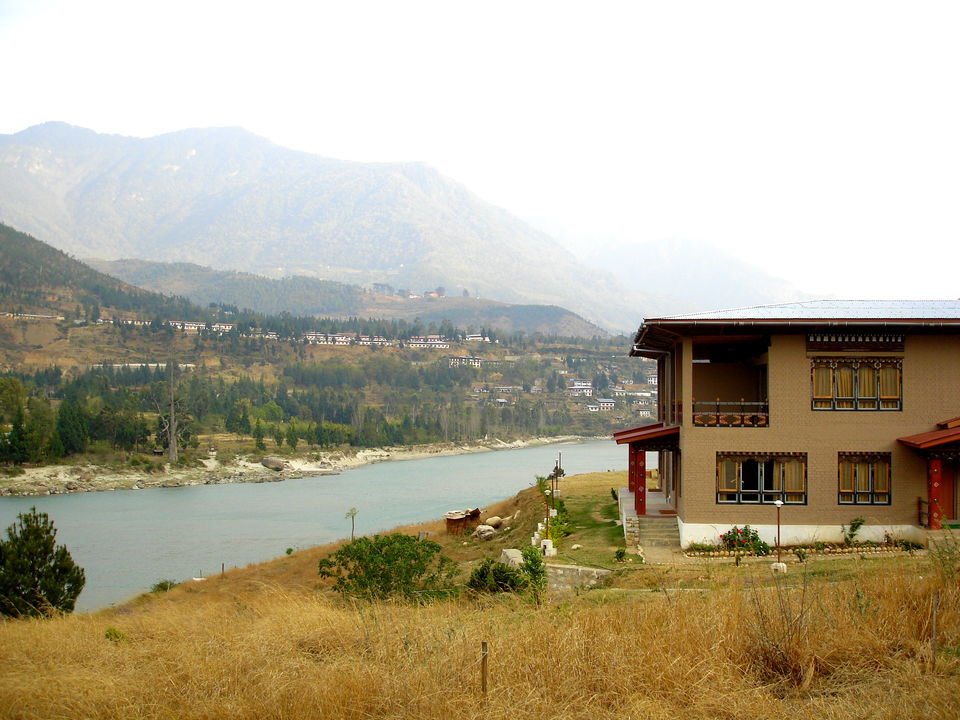
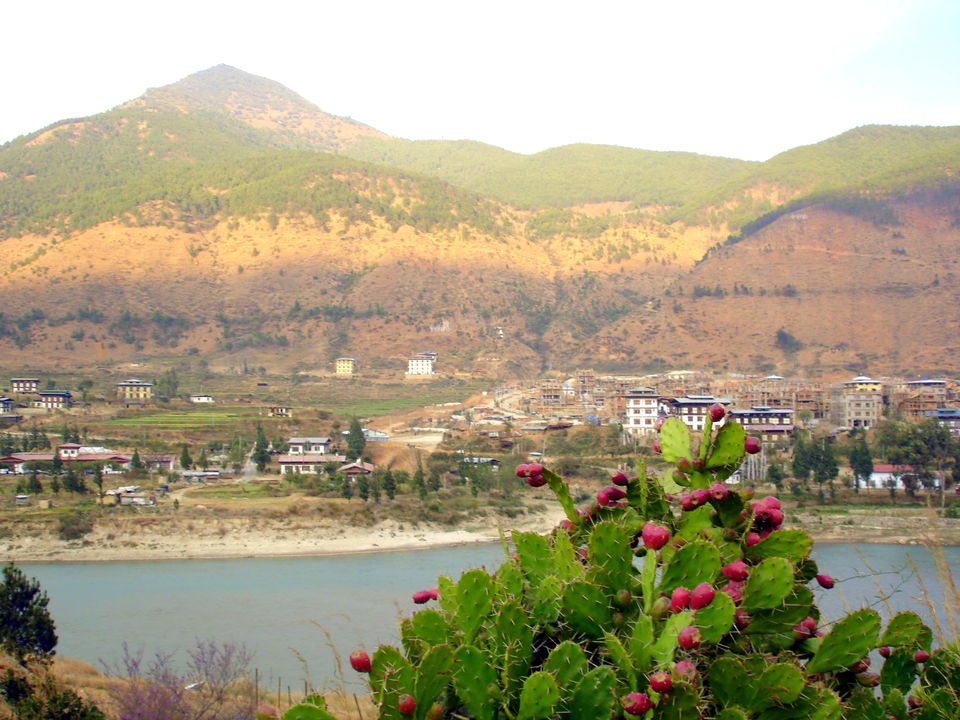
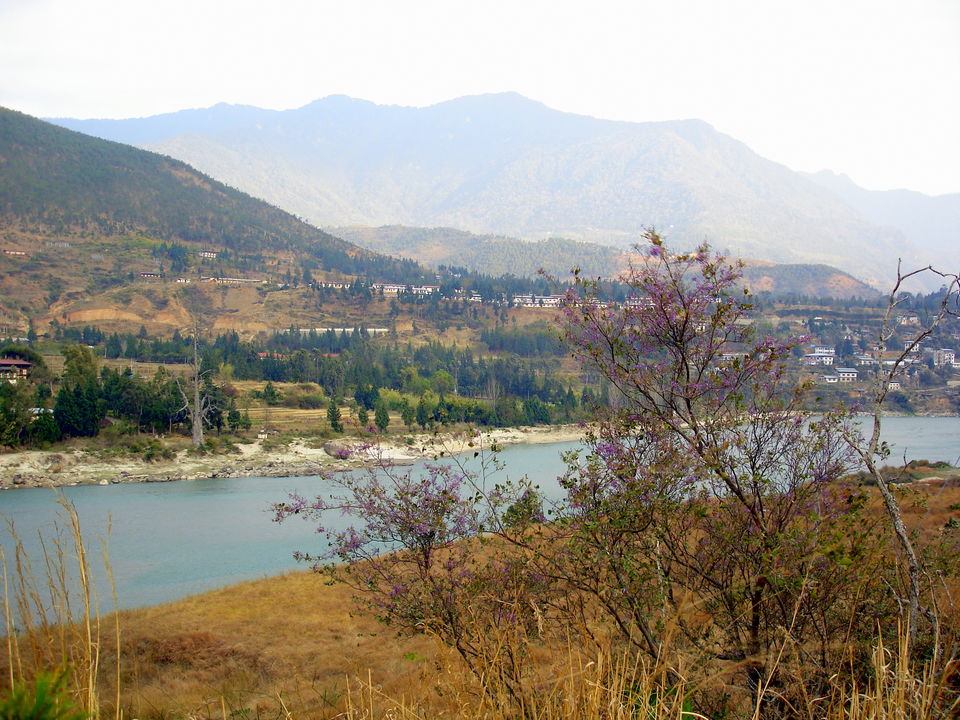
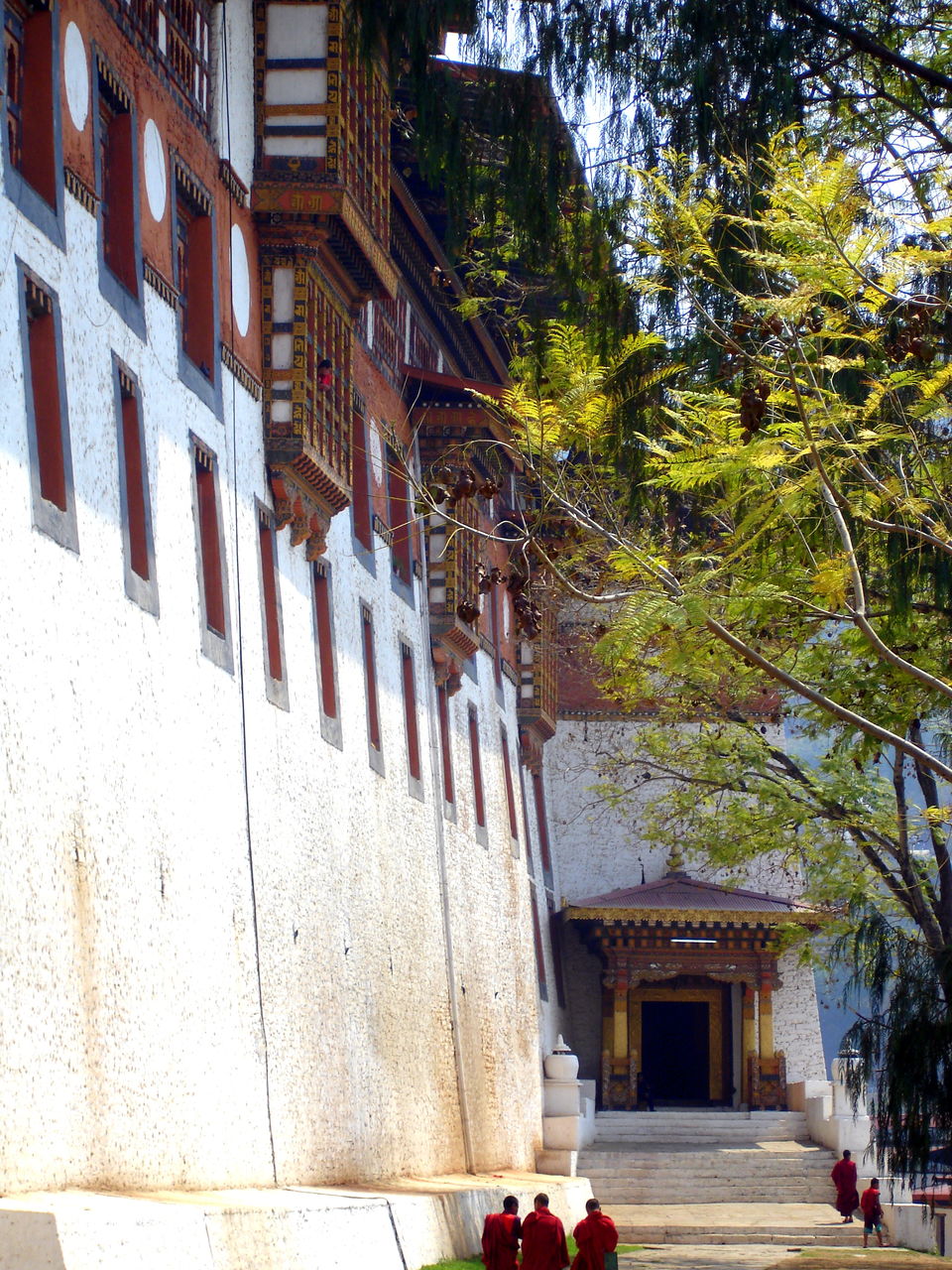
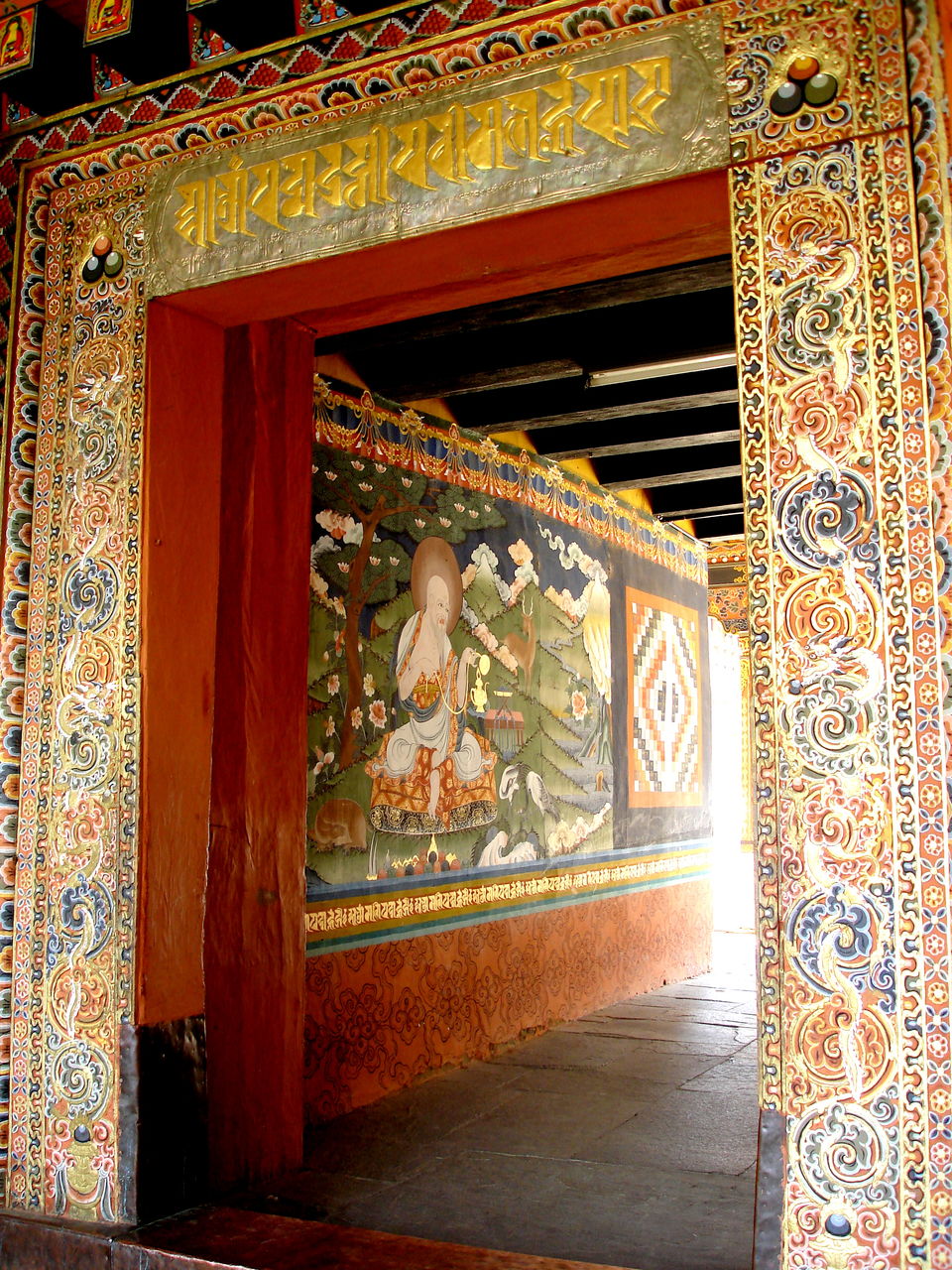
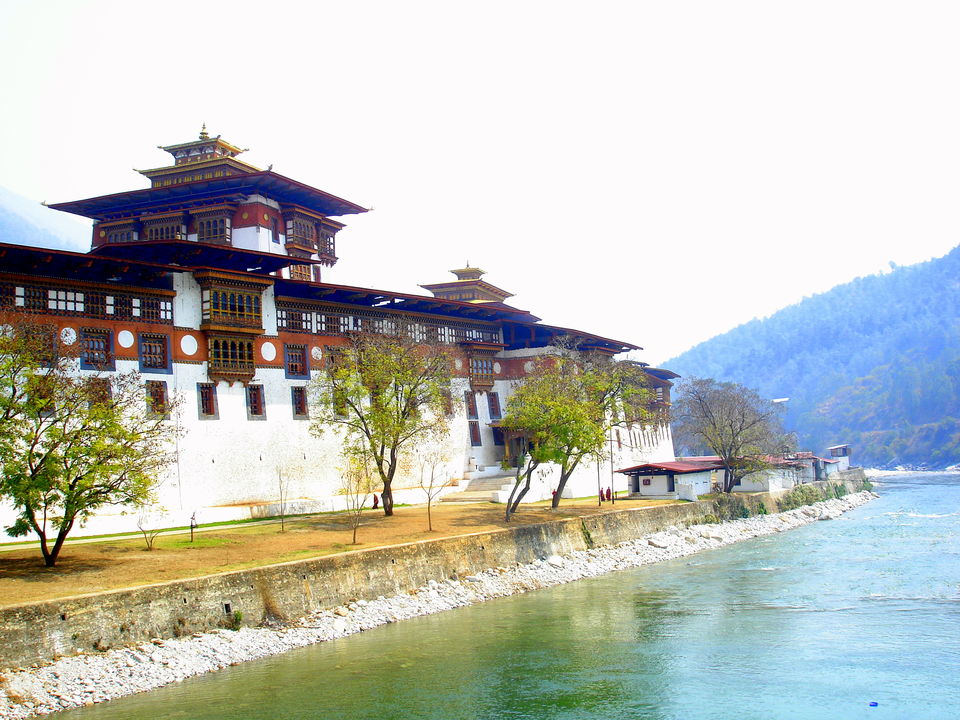
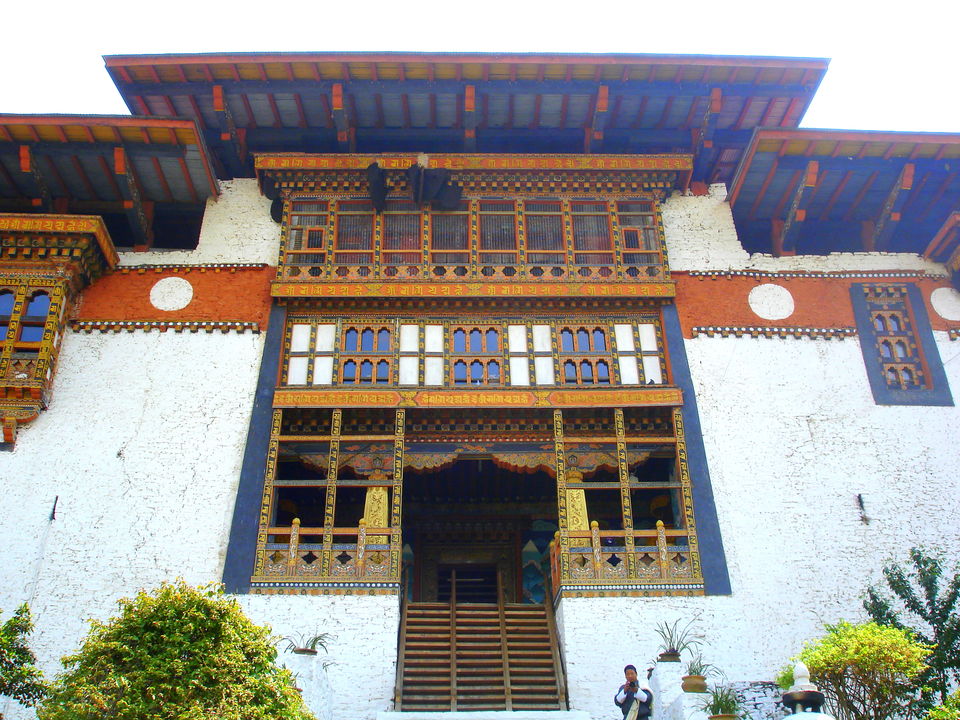
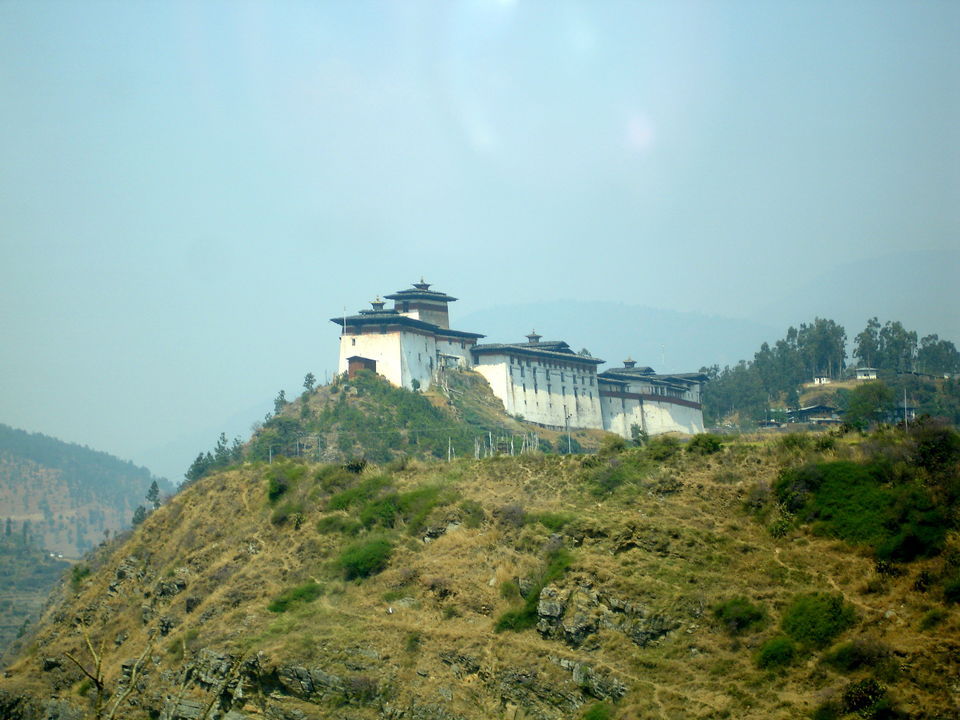
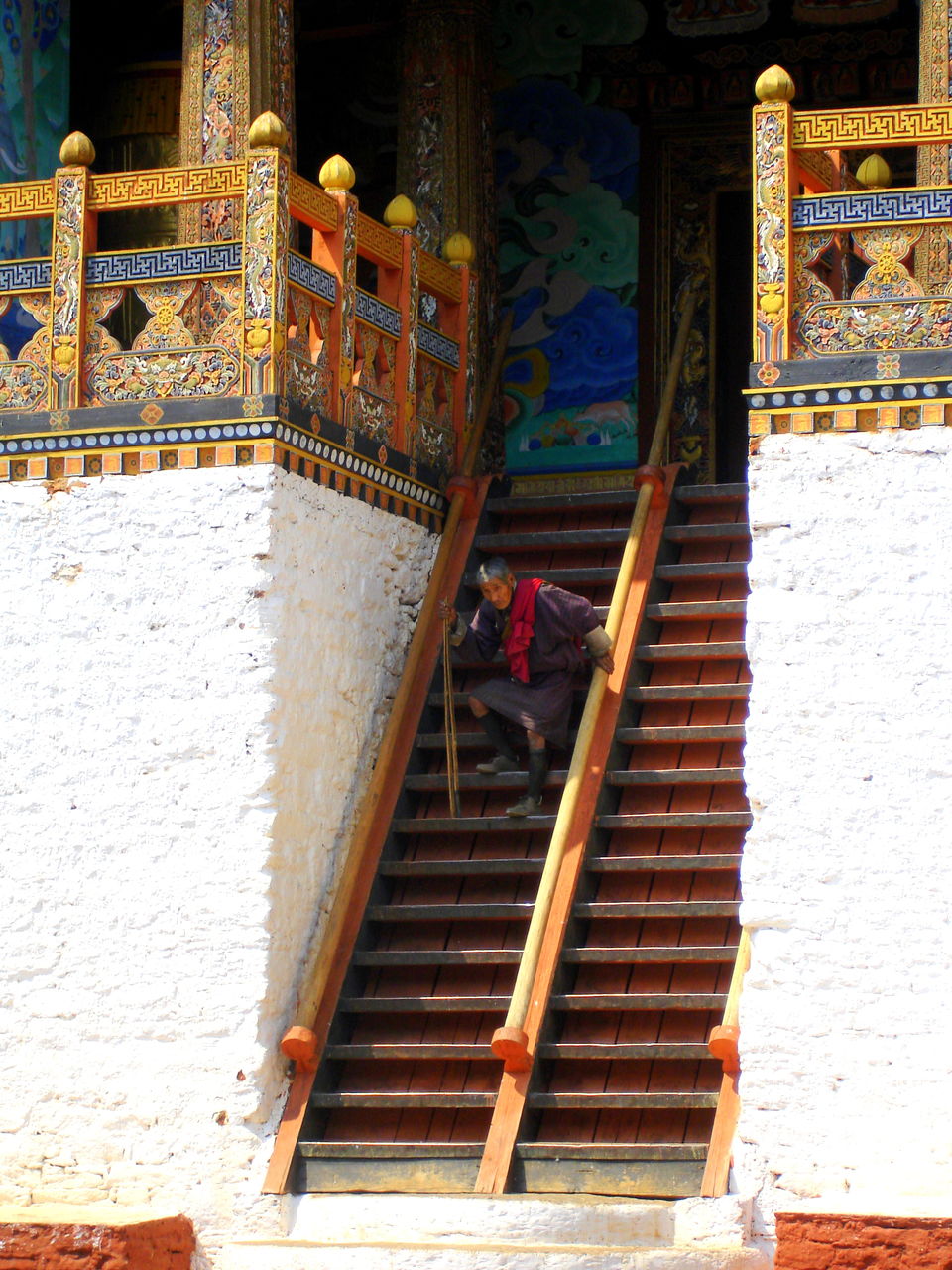
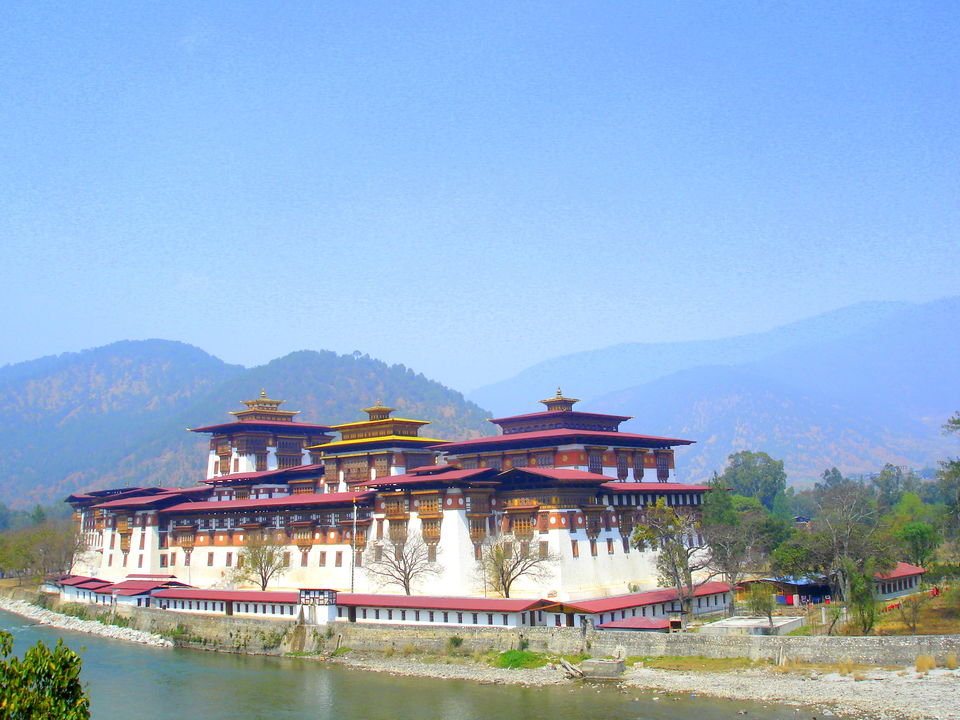
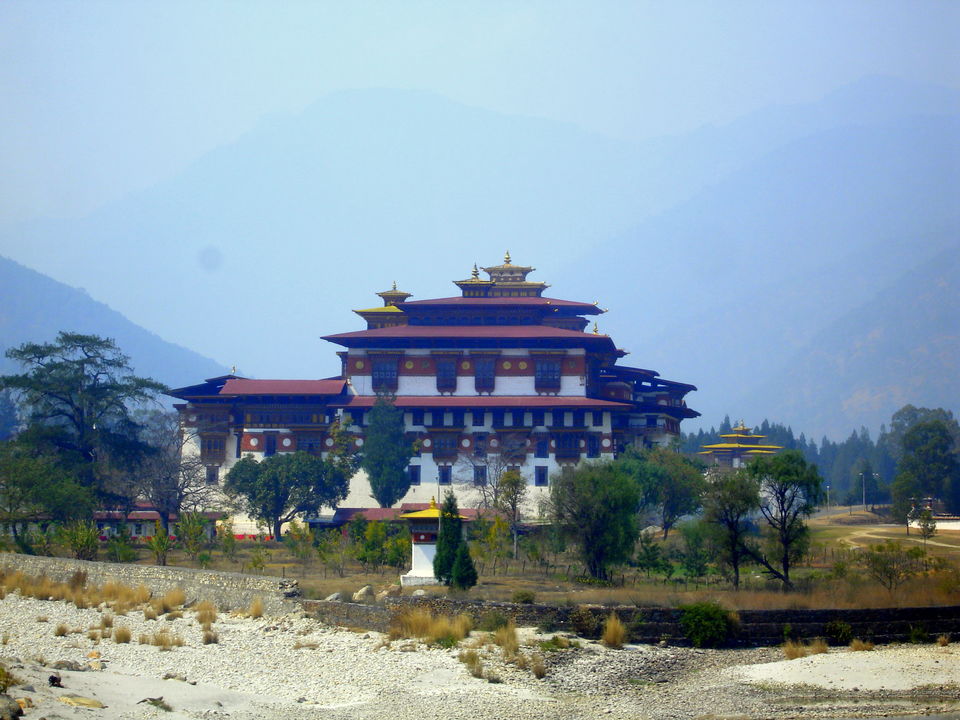
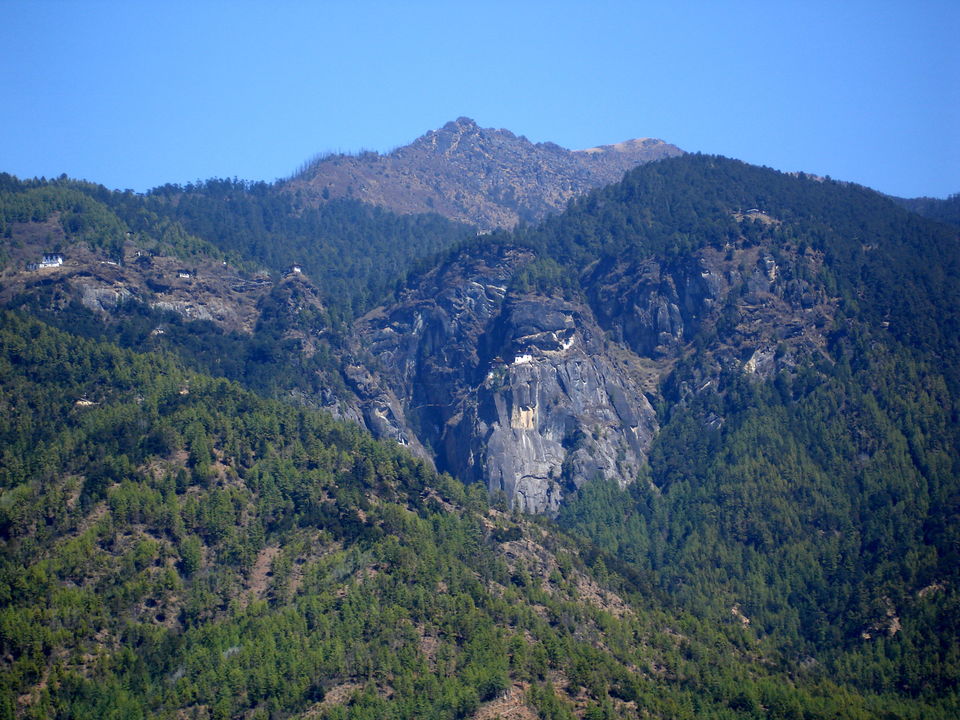
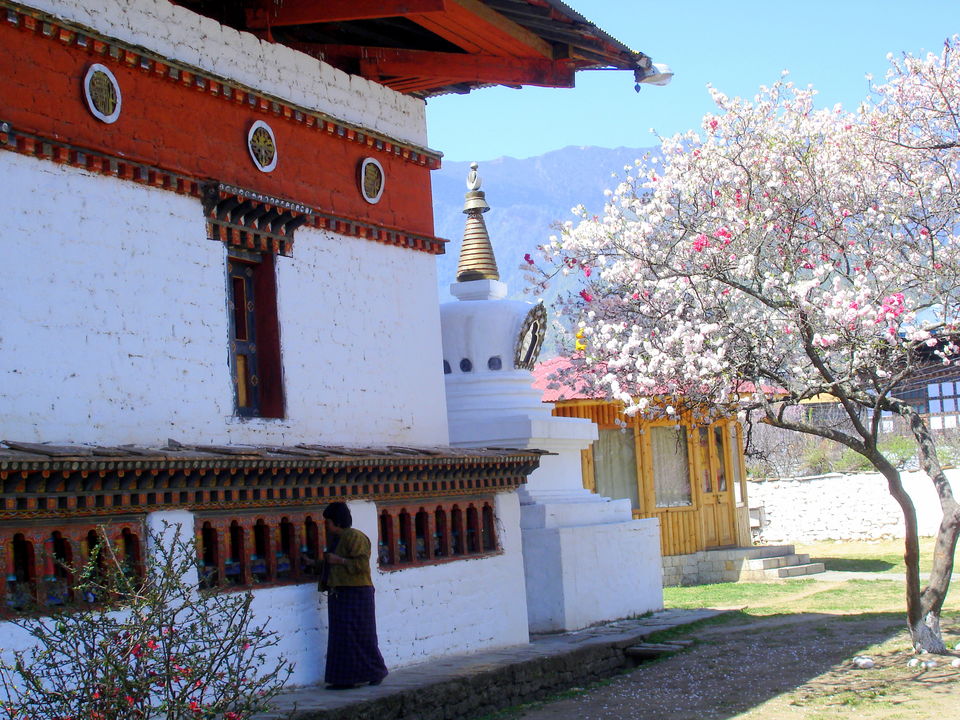
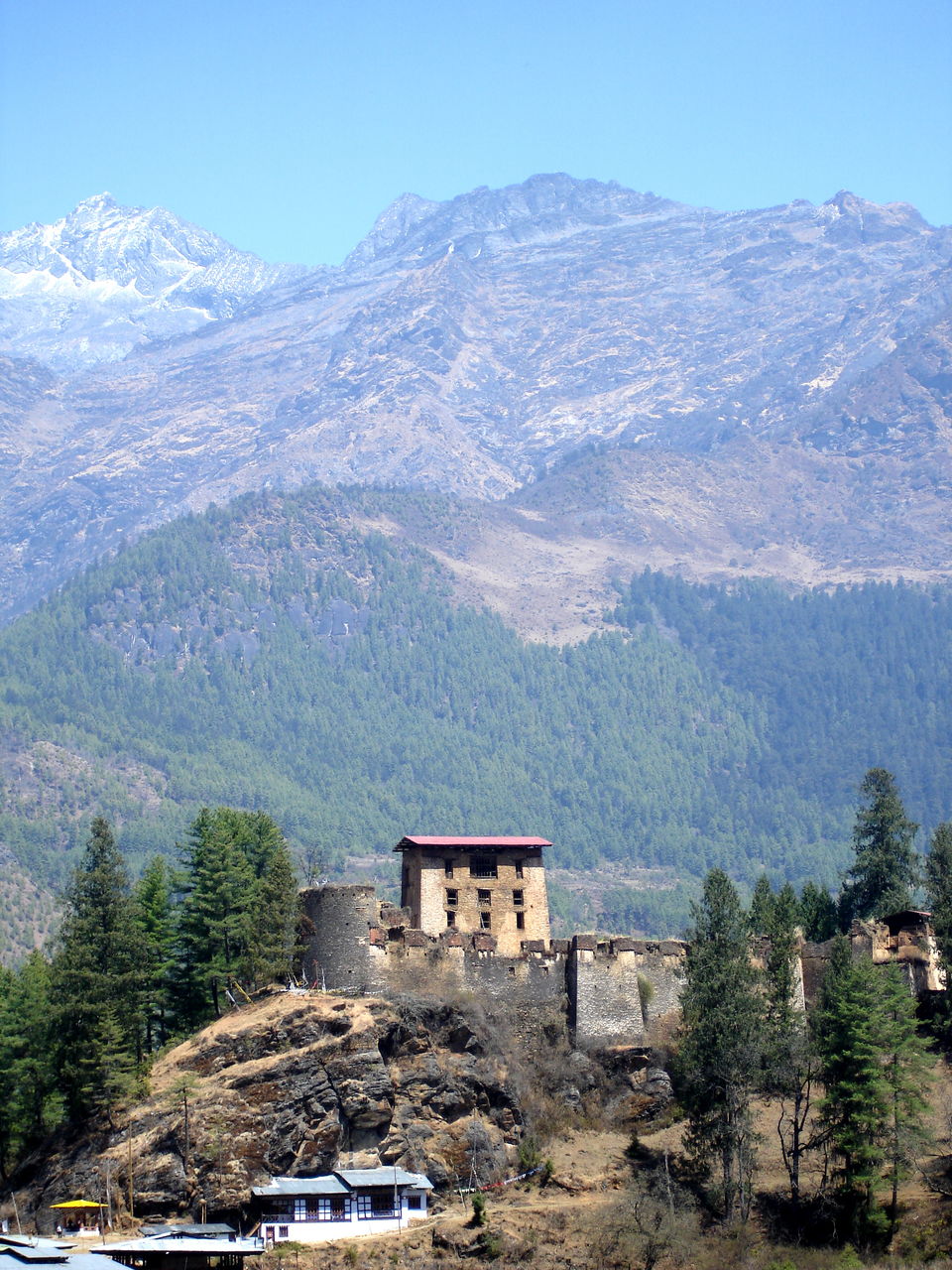
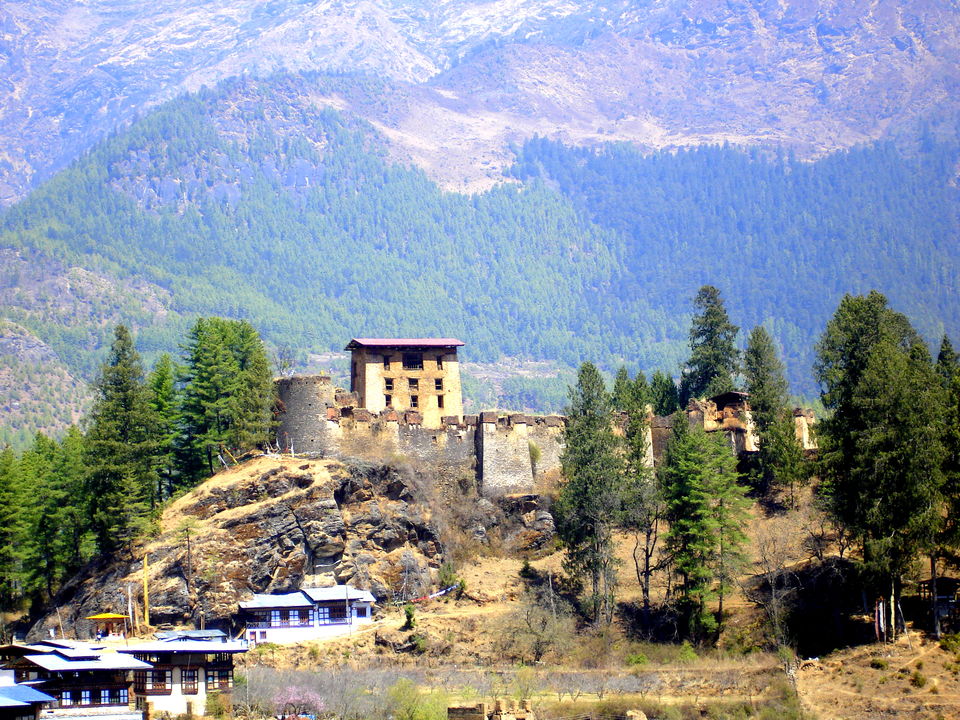


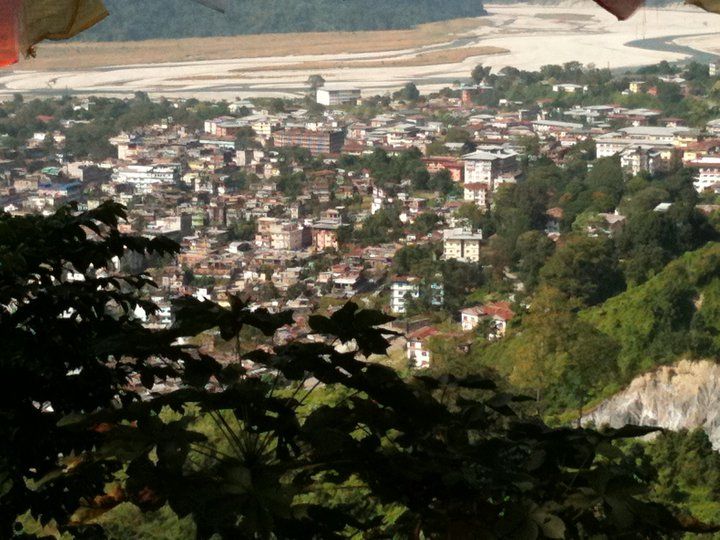
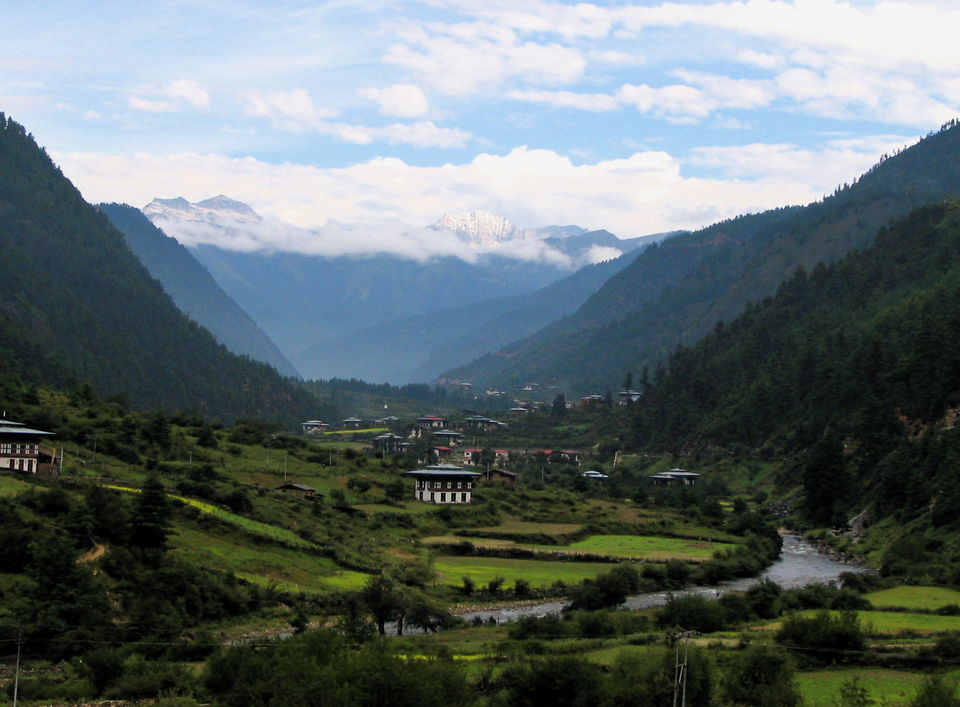

The first leg of the journey was from Delhi to Siliguri by flight and then from Siliguri to Thimpu by car ( this included the night halt at Phuentsholing on the Bhutan border). As we drove from Siliguri to Jaigaon, on the Indian side of the India Bhutan border we passed tea estates and forests. There was a raging forest fire which we passed as we drove through the area. It gave the drive that extra edge as we drove through a smoky haze as the sun dipped on the horizon.
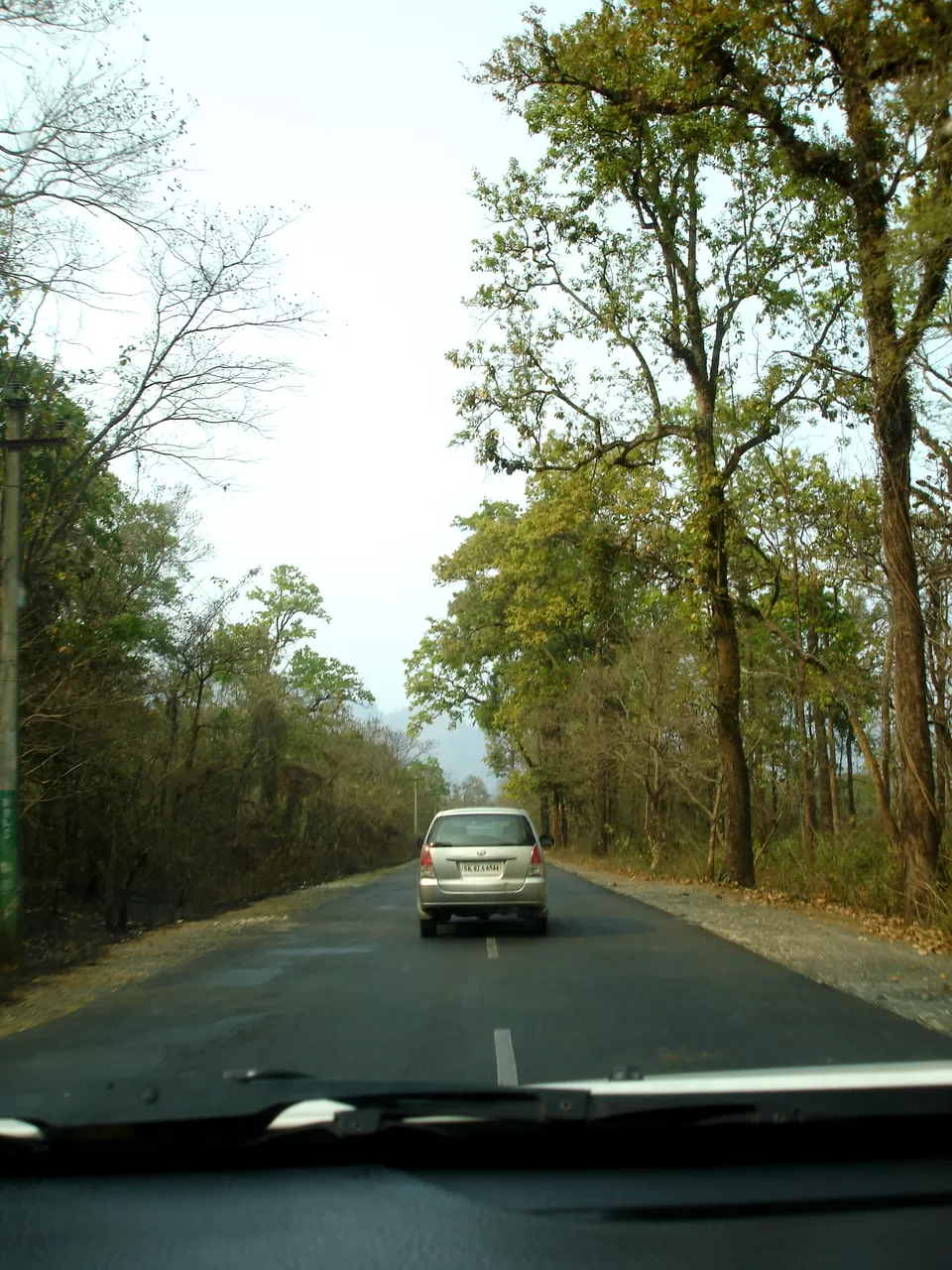
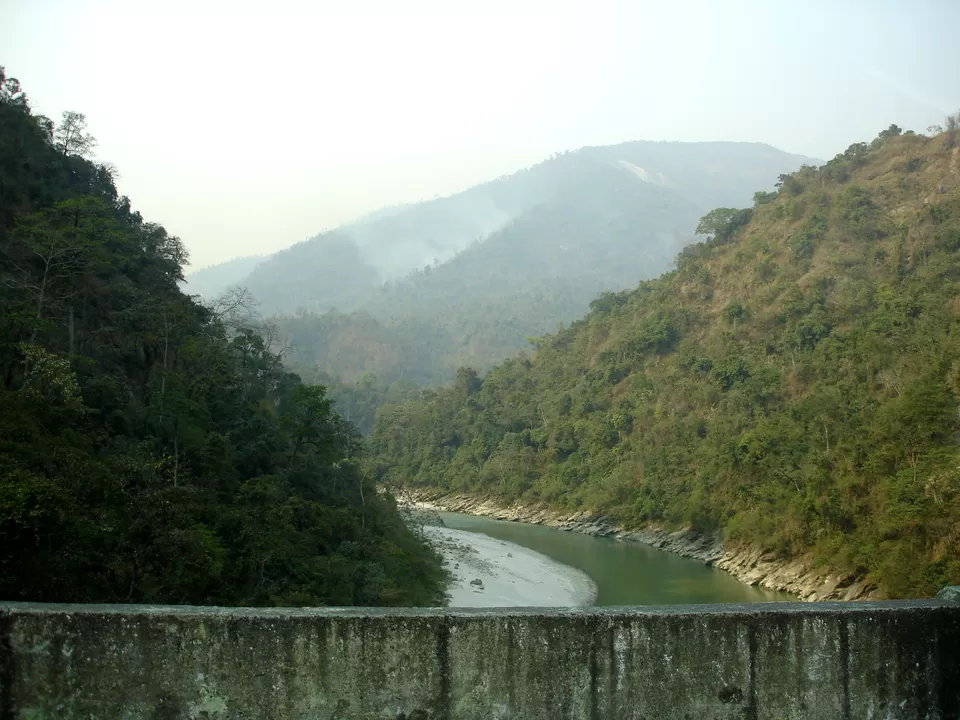
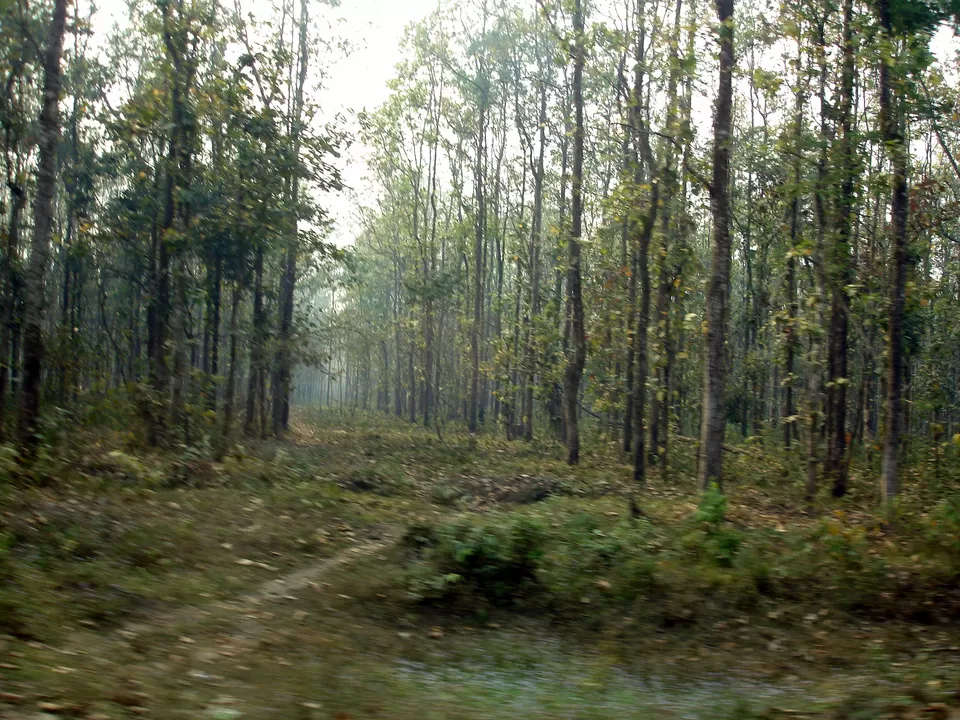
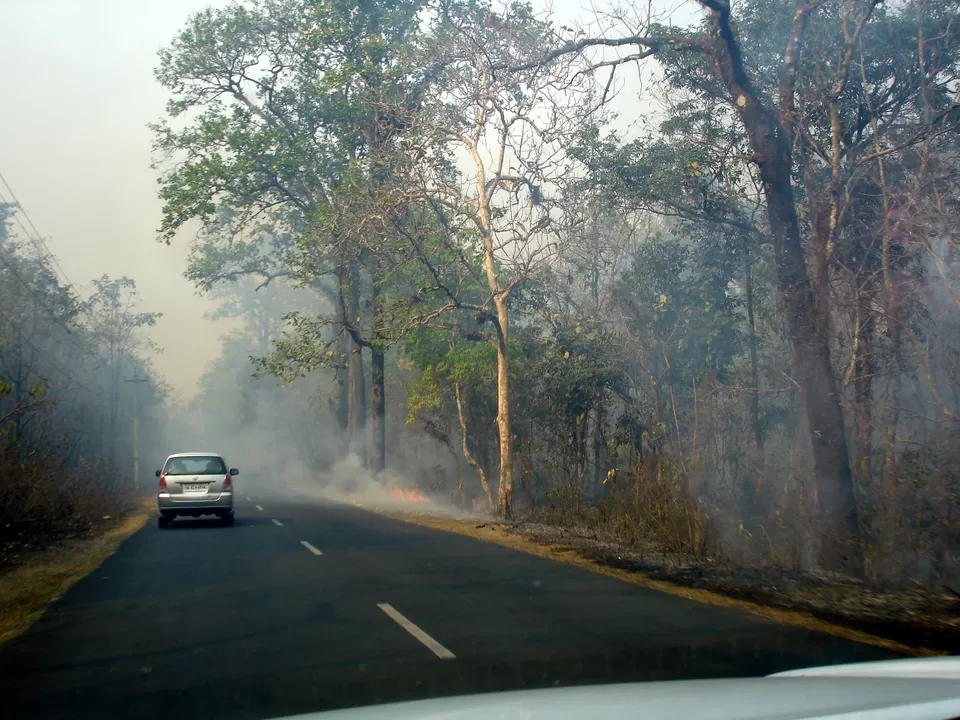
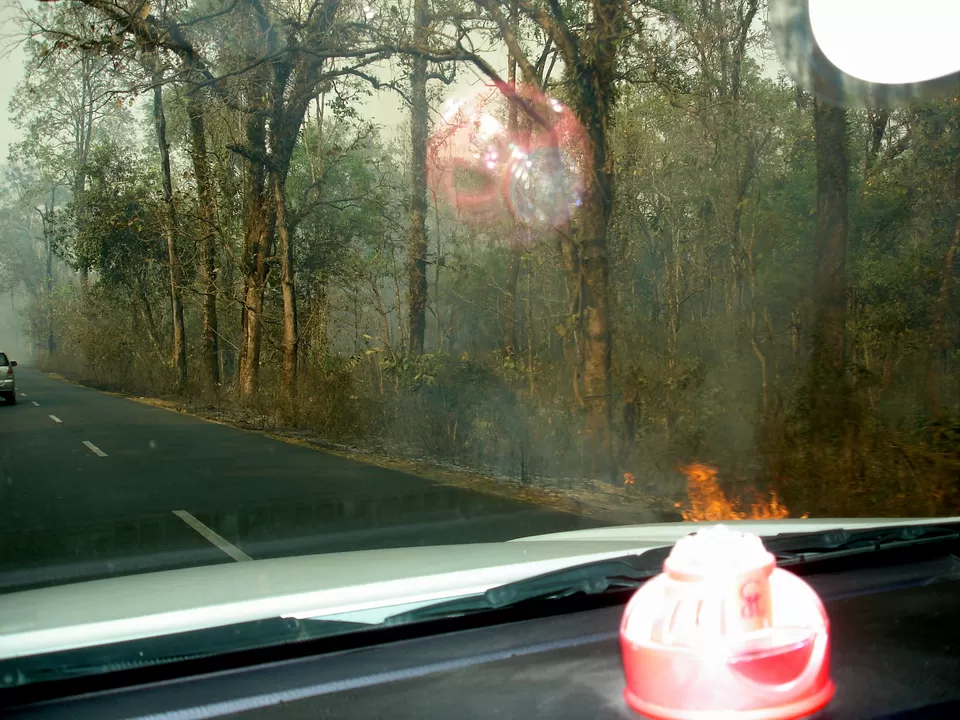
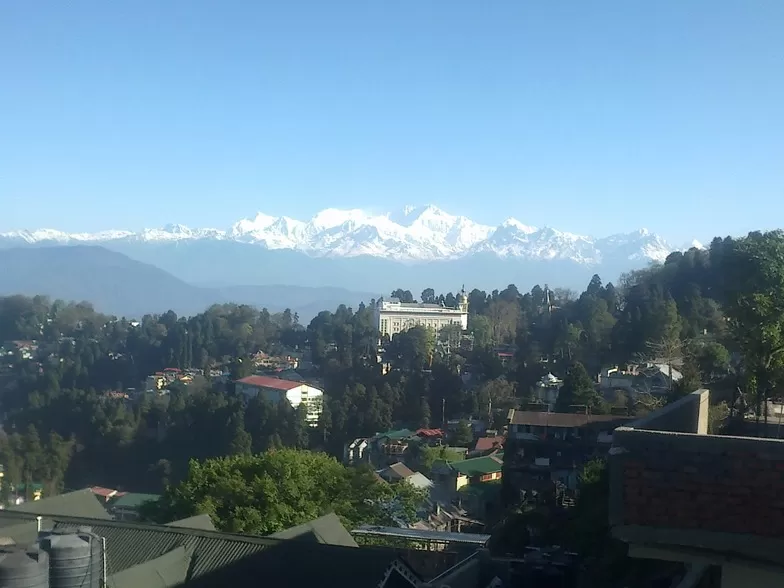
The first Bhutanese town on the road into Bhutan, it lies just a short drive through a gate away from Jaigaon but the difference between Jaigaon and Phuentsholing cannot be described but it is to be experienced. Jaigaon is like any crowded small town in India, buzzing with activity, billboards, blaring film music, and bustling colourful shops bursting with the newest things in the market, but Phuentsholing is like stepping into throwback to another time. It is quiet, orderly, and almost ridiculously spartan where the prized goods in the market are the inexpensive garish out of fashion products from India. People are dressed traditionally and the town is 'crowded and bustling' by standards of other towns in Bhutan which are delightfully quiet.
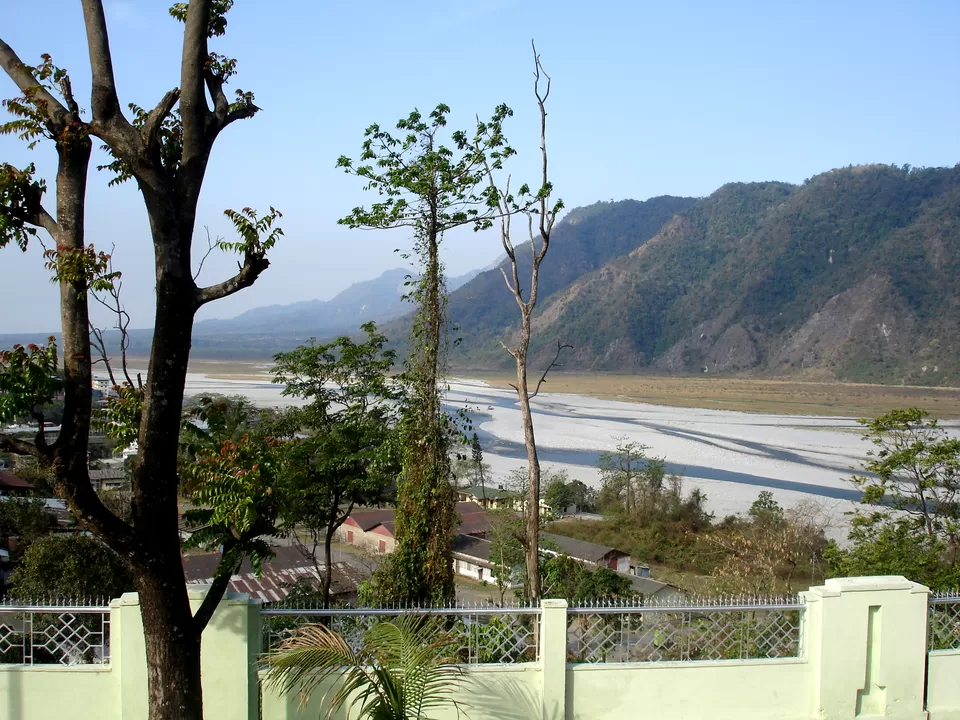
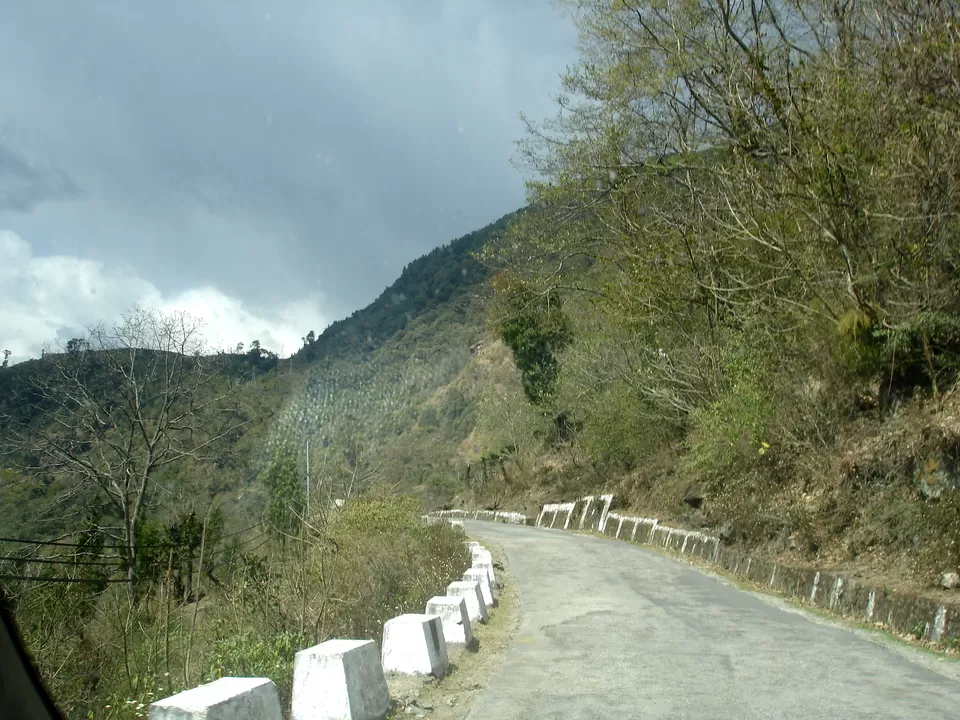
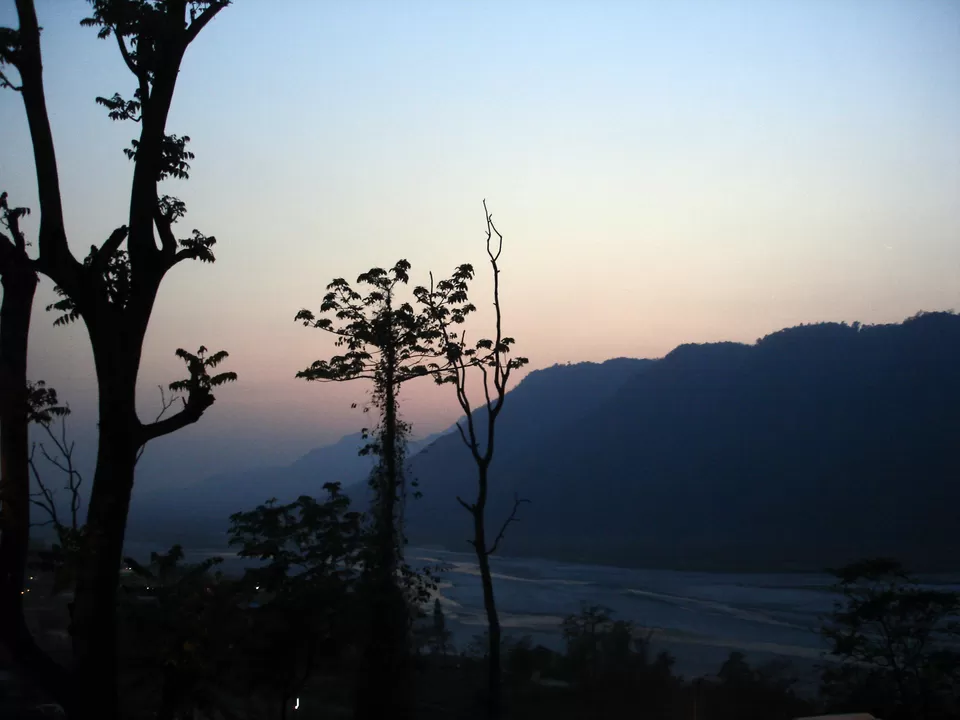
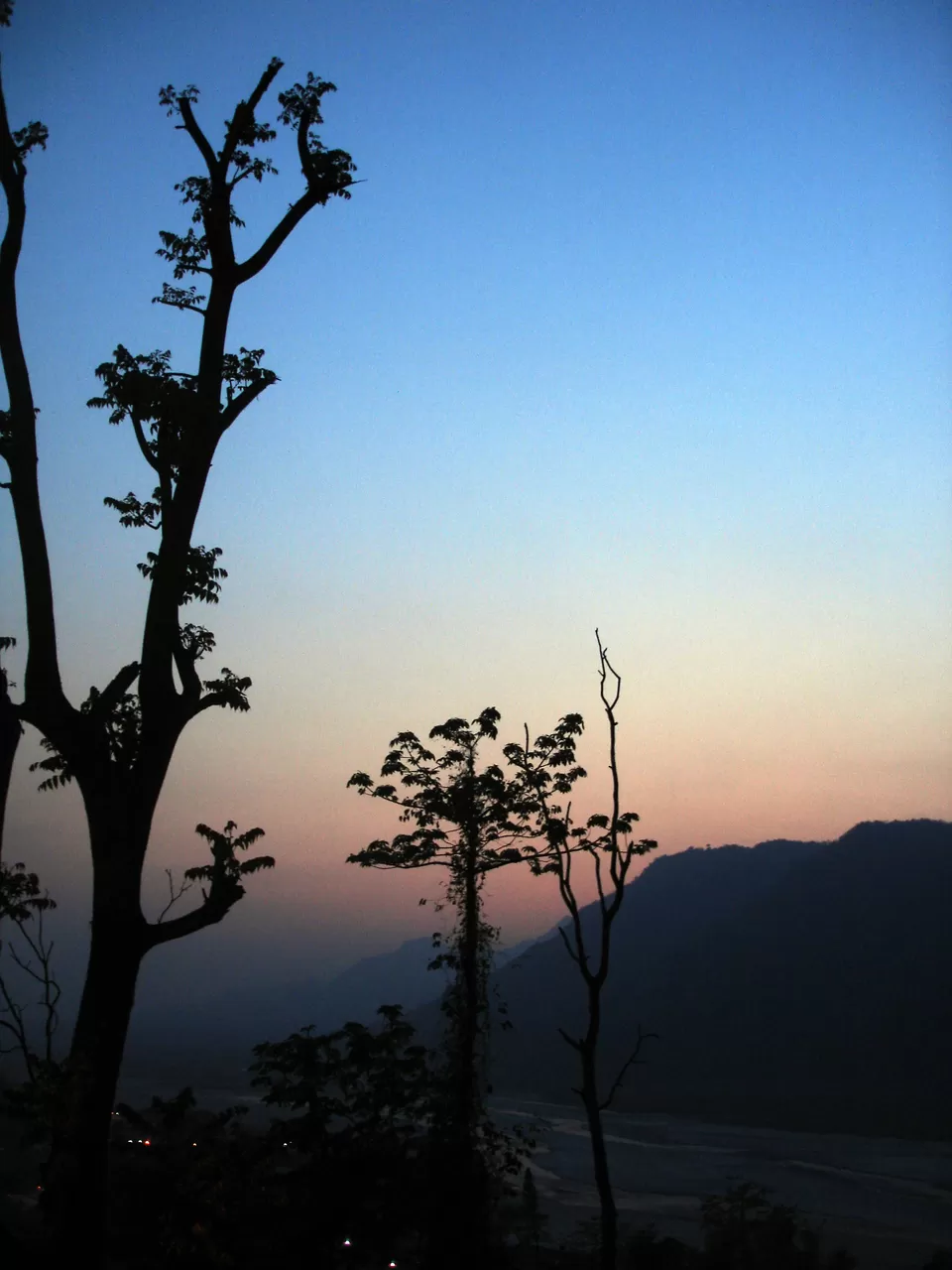
The largest city in Bhutan and the utterly gorgeous capital of the country. Home to the palace where the royal family resides, Thimpu is situated in a valley with many sparkling streams and rivers. The architecture of the city is traditional but with a modern twist, a case in point being the Taj Tashi hotel where I stayed which was a lovely five star hotel with every modern amenity but every room was appointed in traditional Bhutanese artwork and design, as was the facade of the building. In fact the hotel's coffee shop/restaurant was heated by a bukhari, the traditional heating system of the hills which lent the space that much needed uniqueness. It is common to see Mercedes SUVs calmly proceeding down meandering roads lined with well maintained homes and cherry blossom trees as much at home as the more humble cyclists.
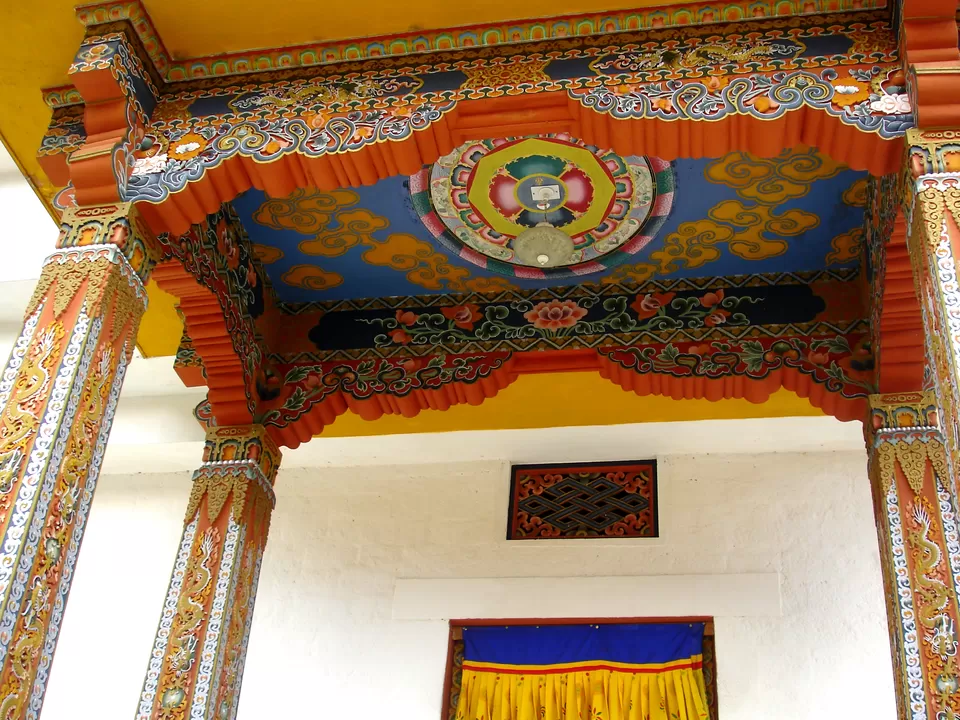
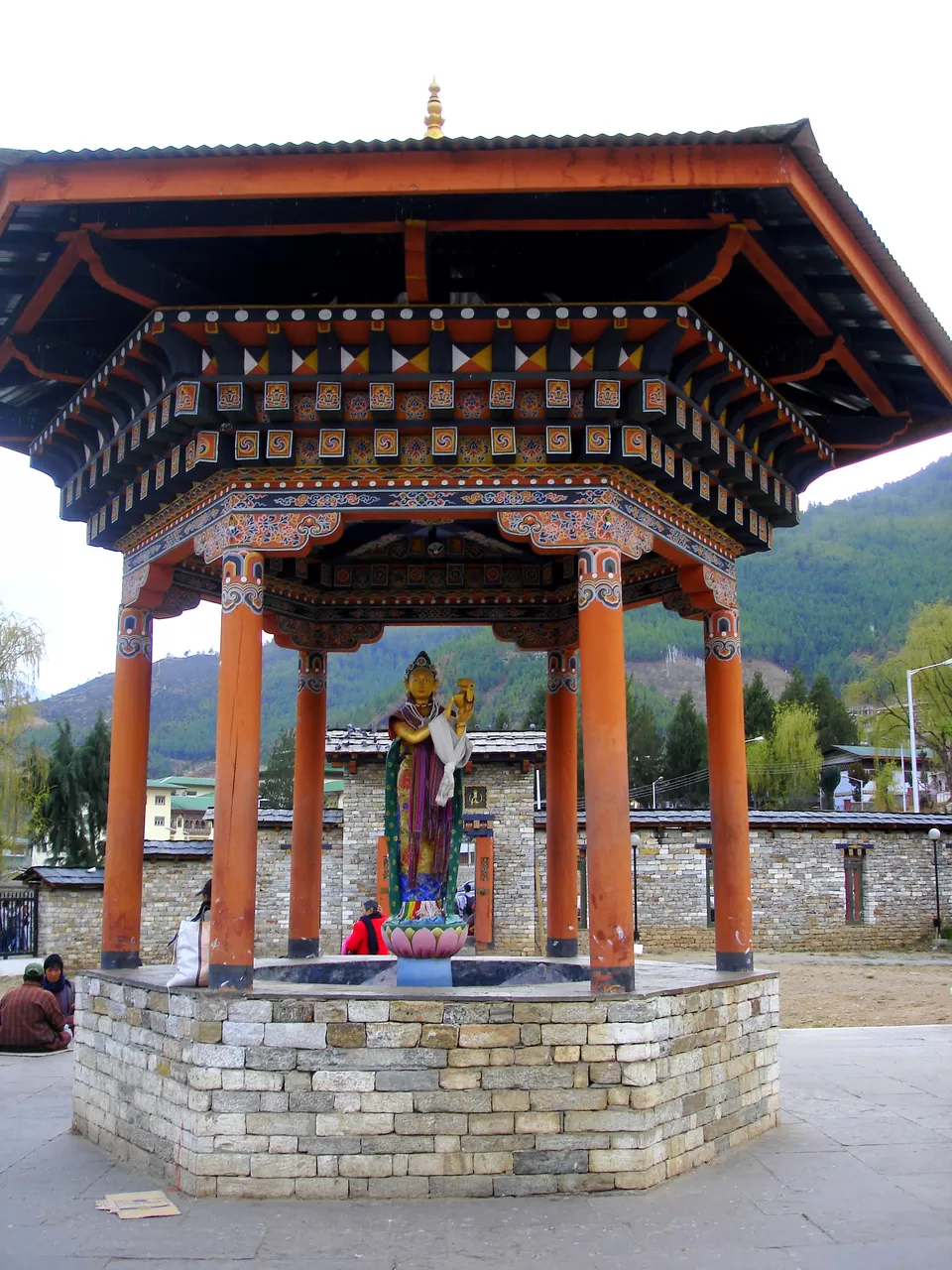
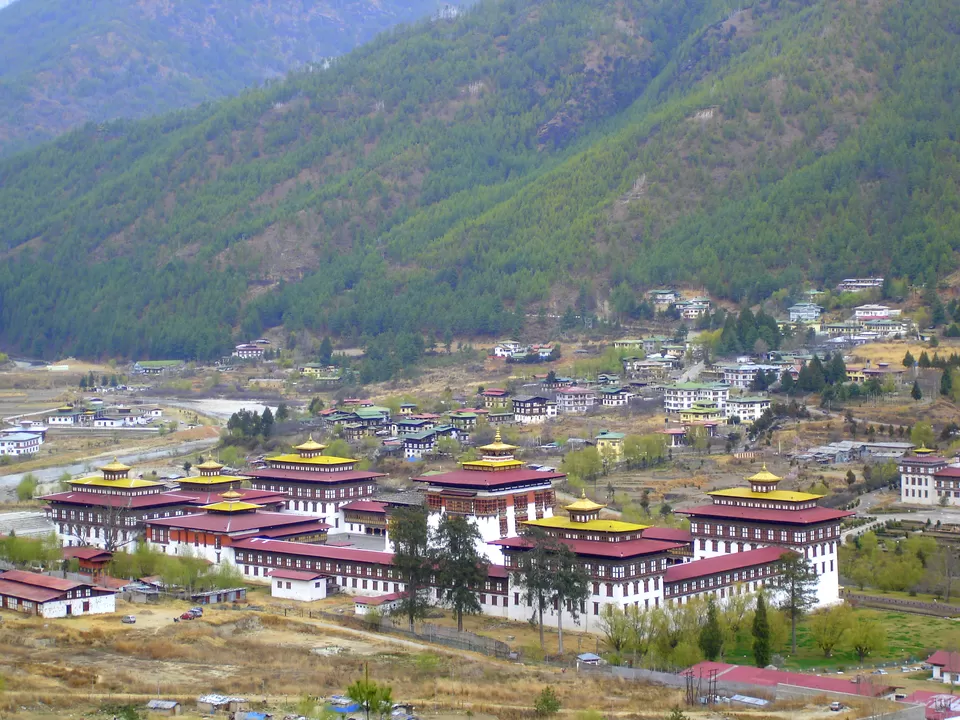
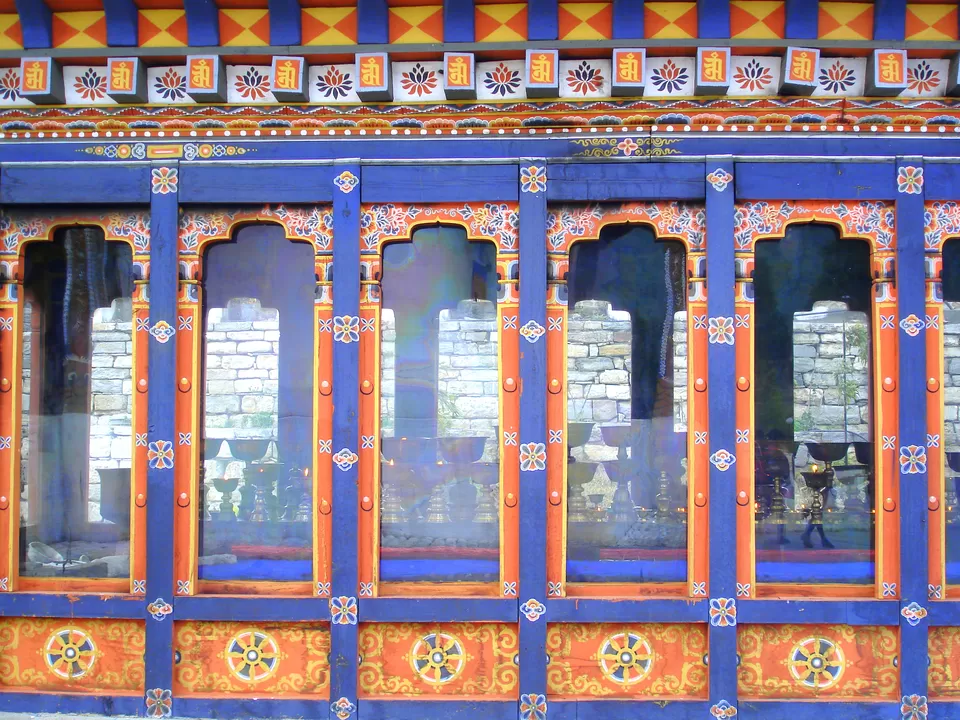
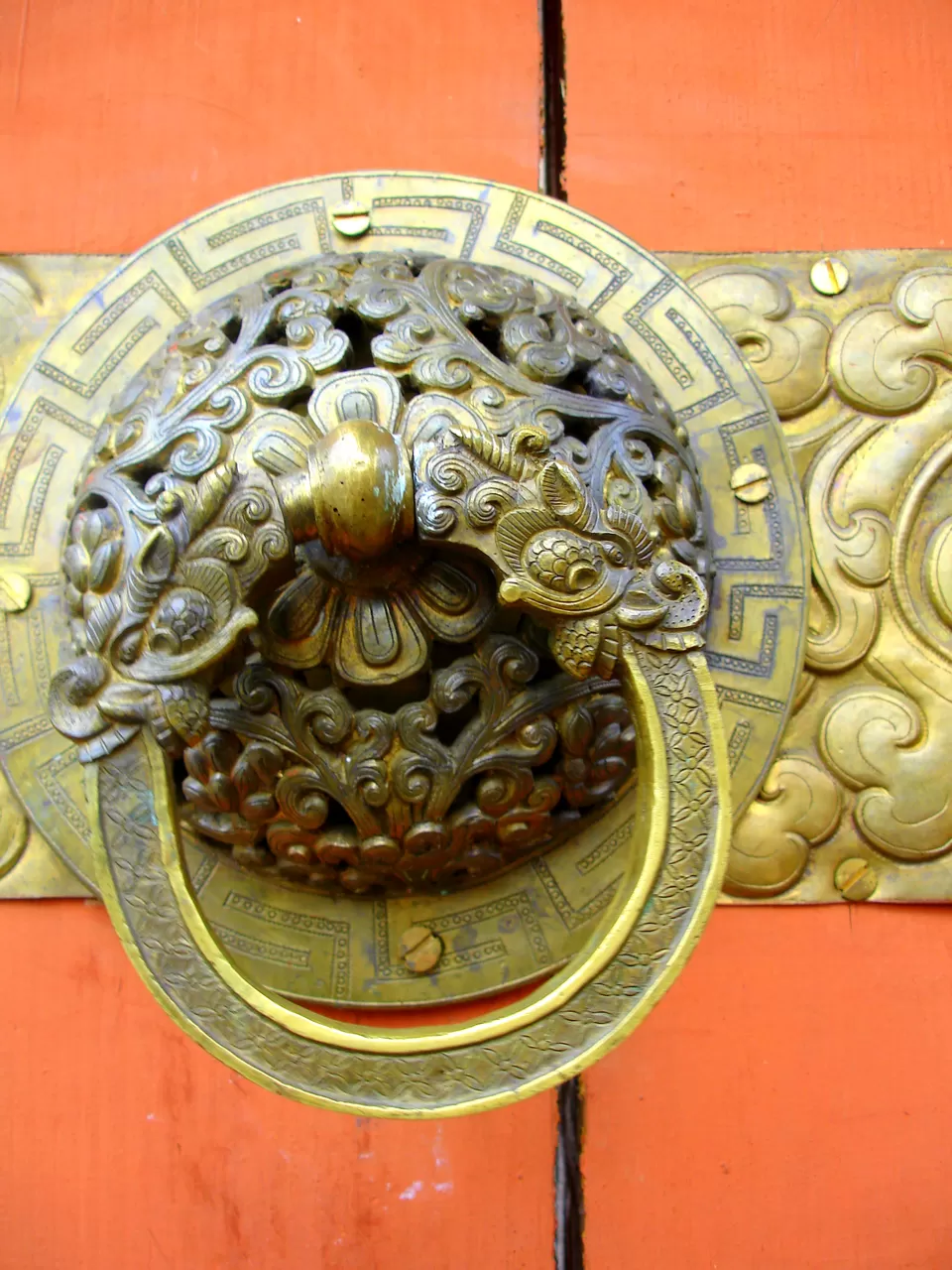
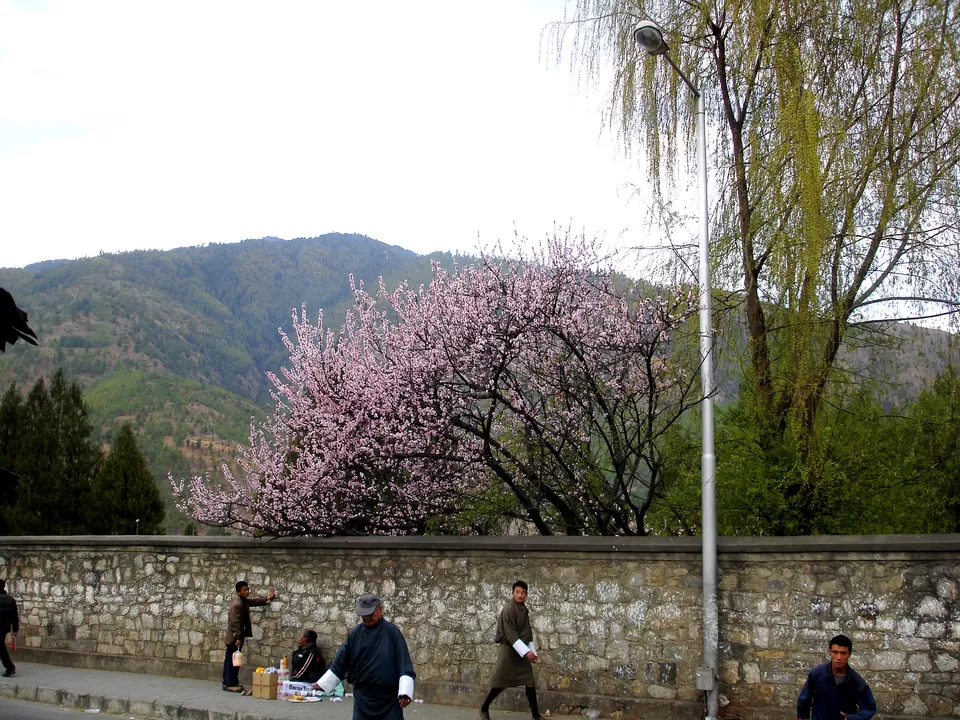
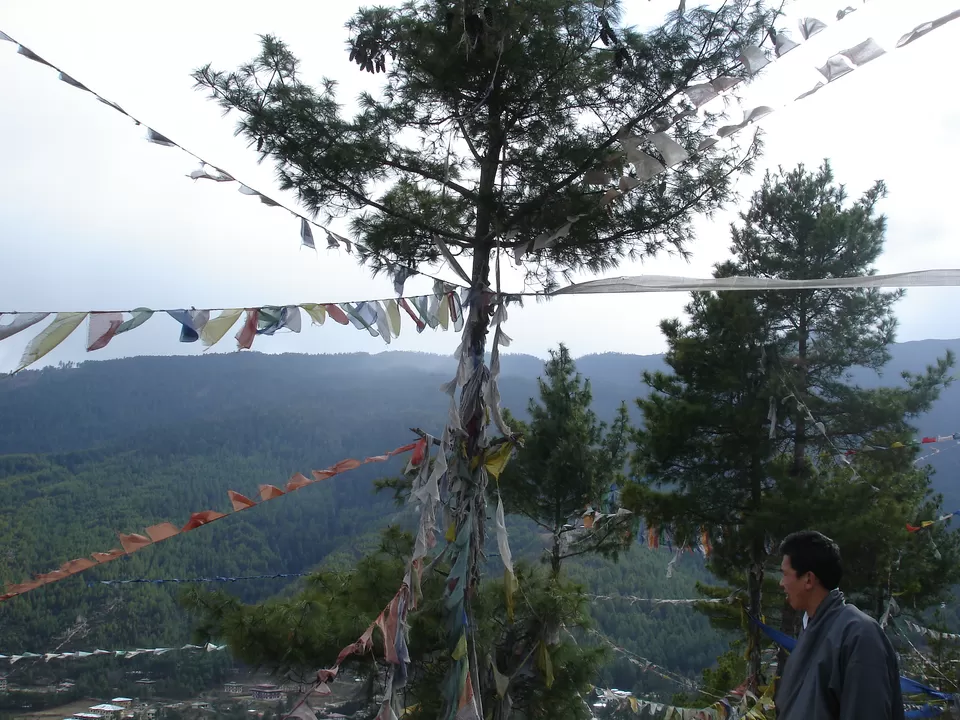
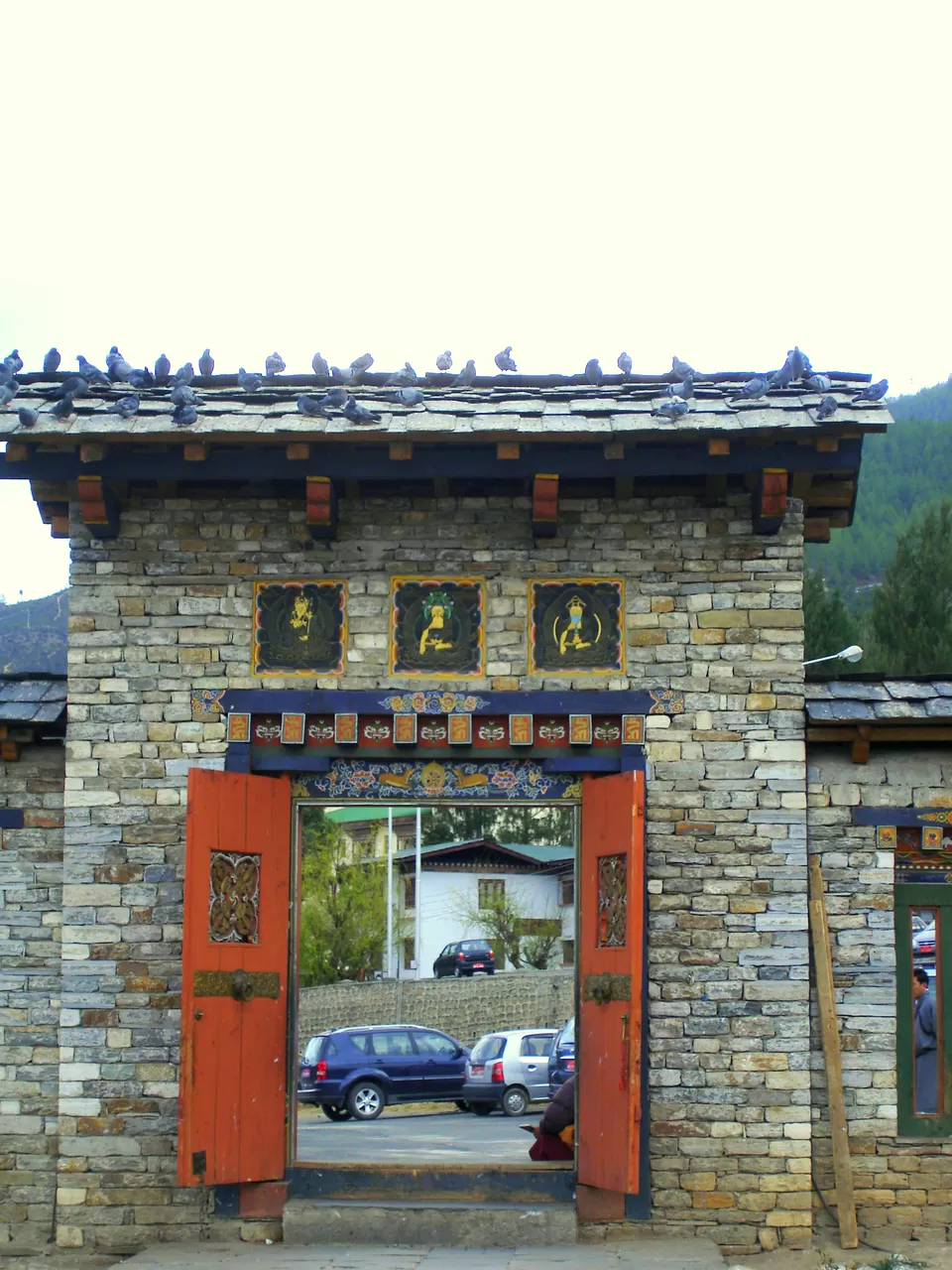
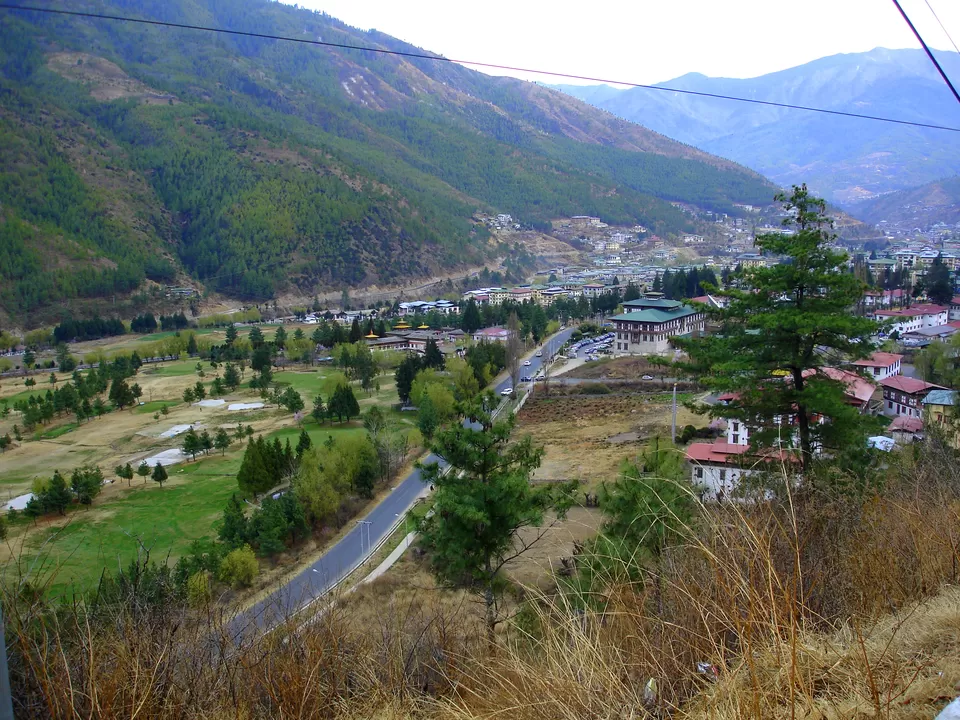
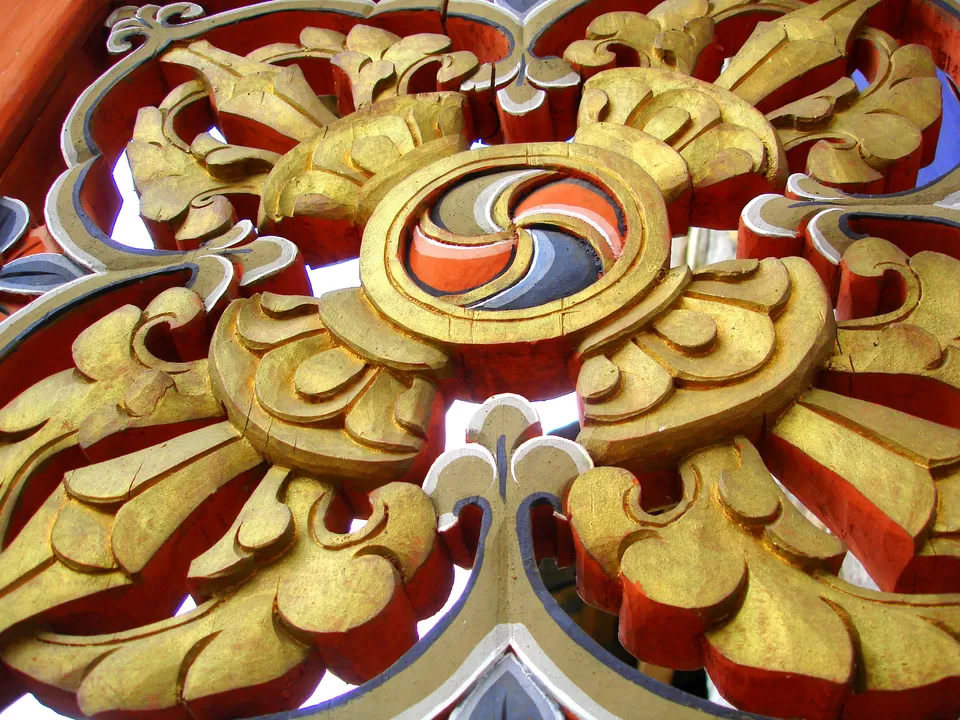
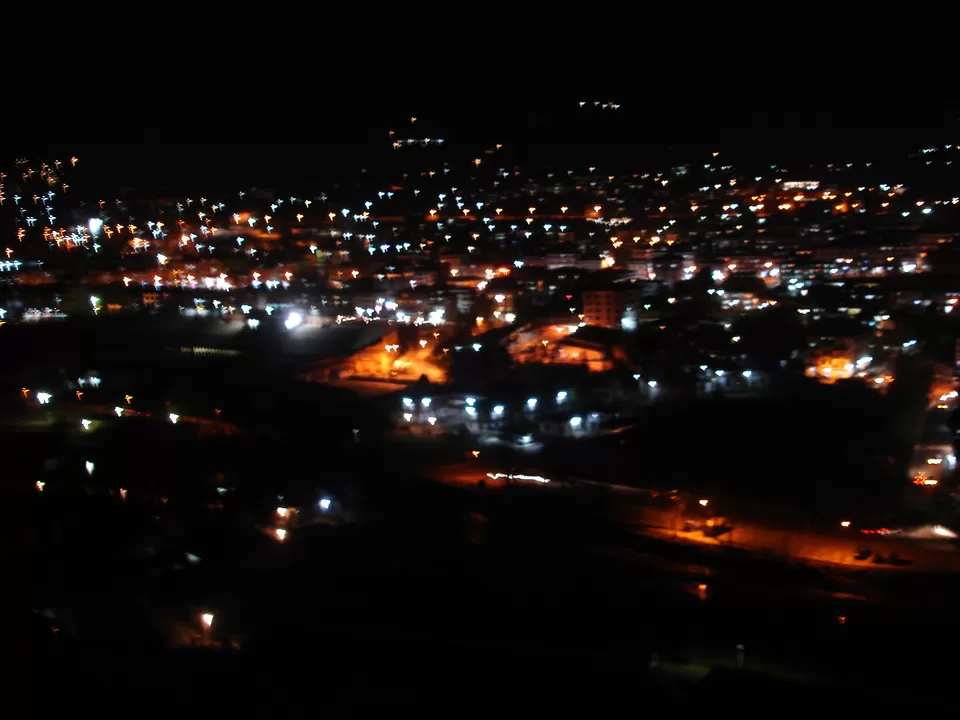
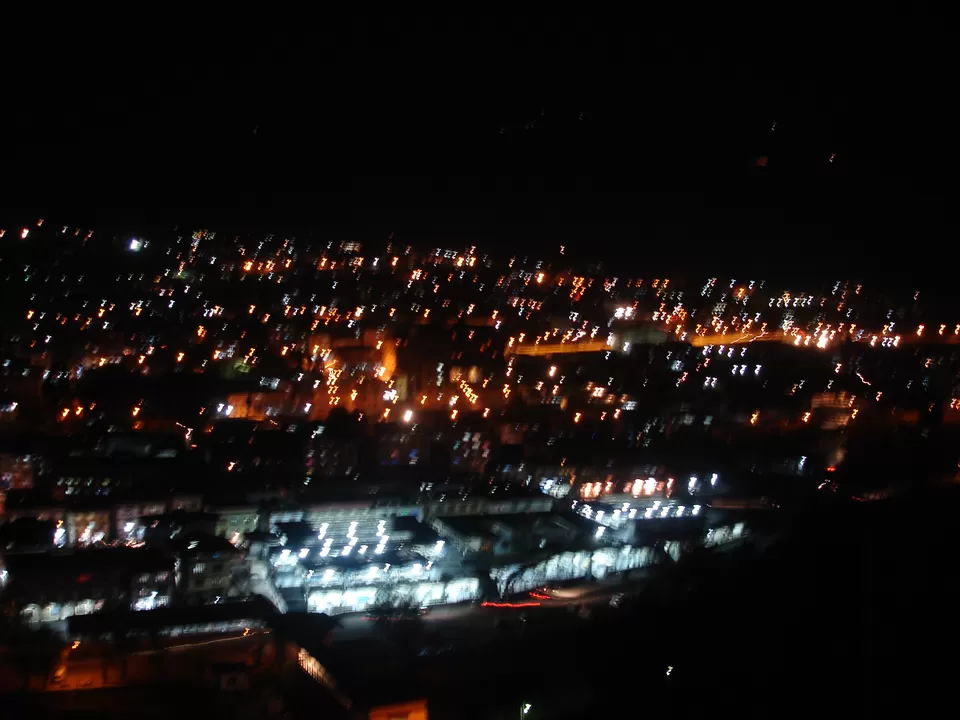
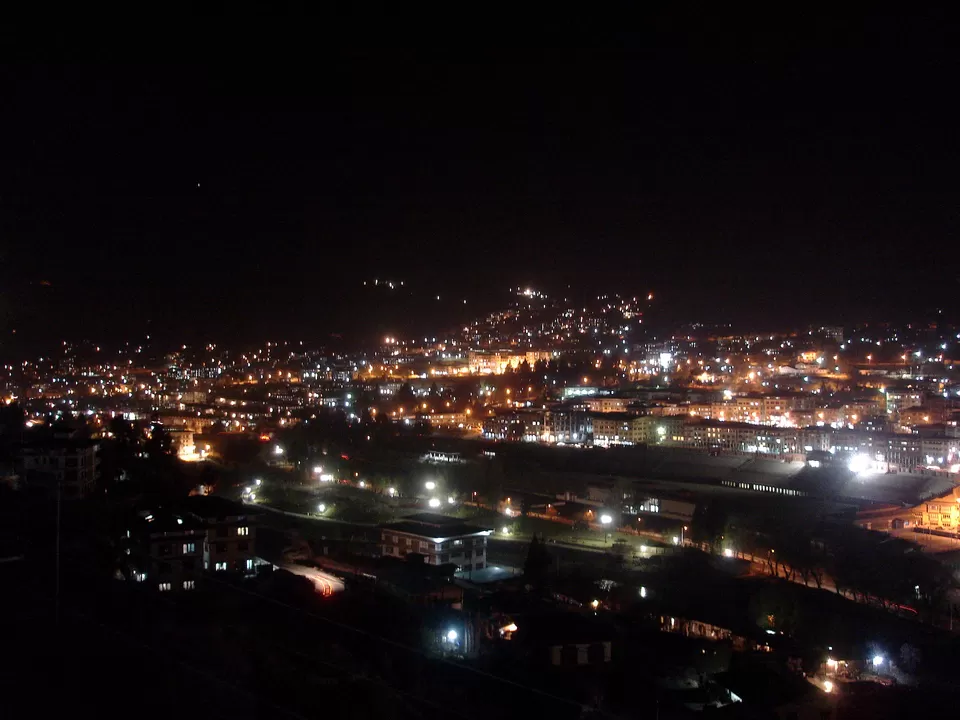
When you drive from Thimpu to Wangdue Phodrang you have to cross the Dochu La pass. It's really the highest point on the journey and from the pass you can see all of the Bhutan Himalayas and then some. Lots of snow covered peaks, bracing cold winds and 108 beautiful chortens built in the memory of the soldiers who died flushing out Assamese separatist and terrorists in southern Bhutan.
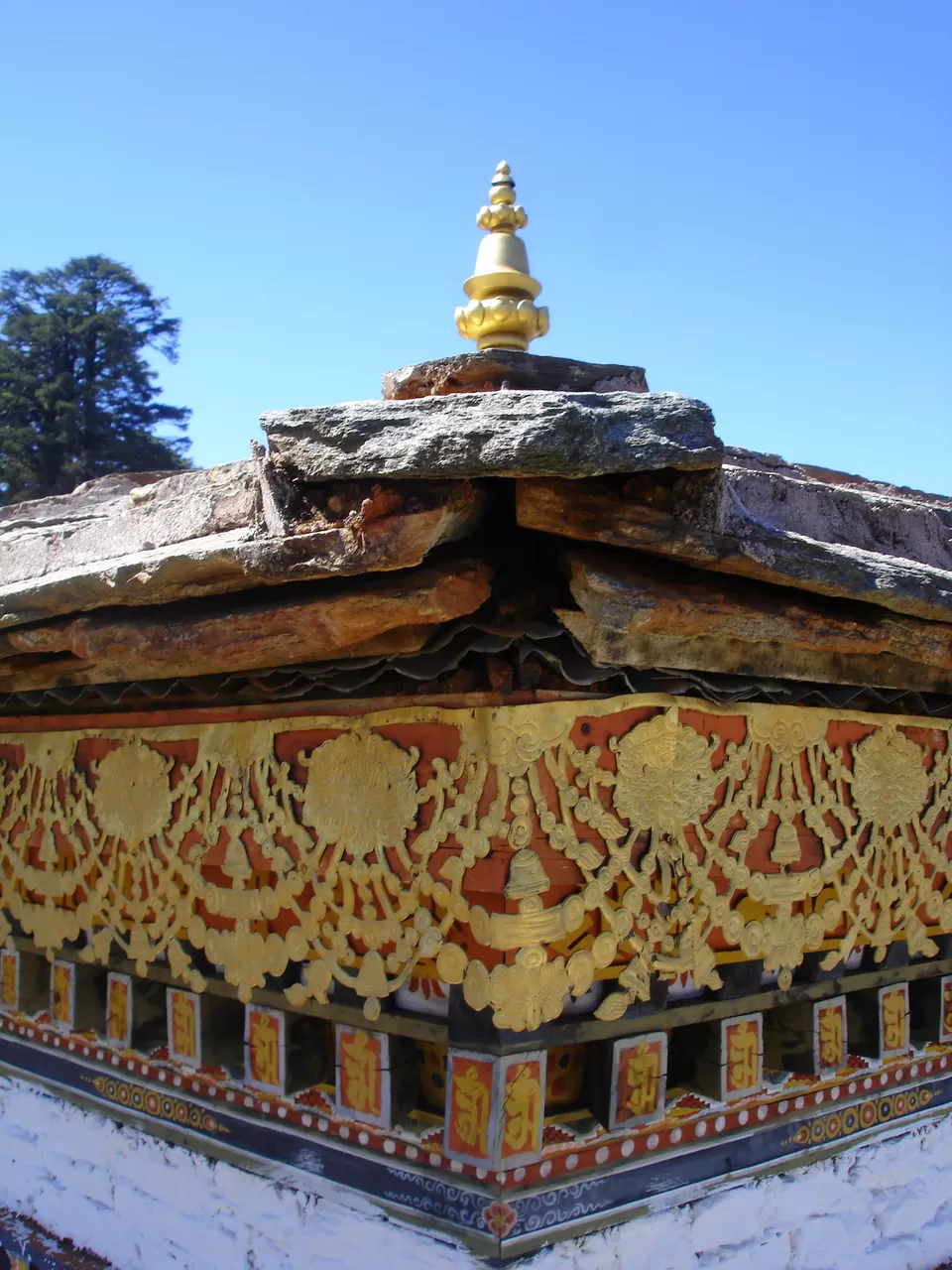
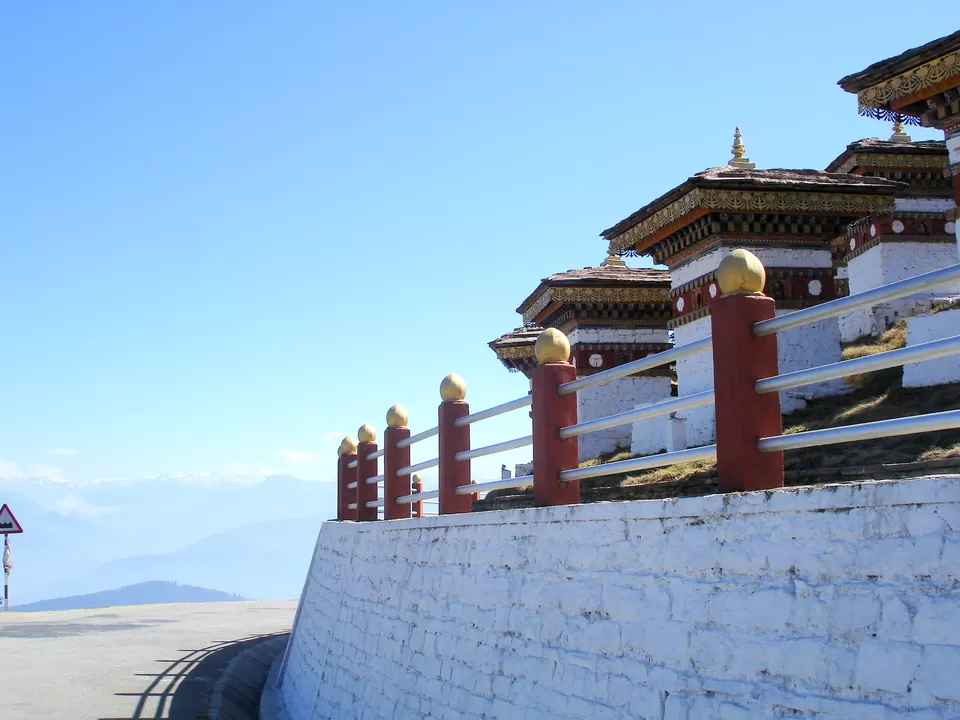
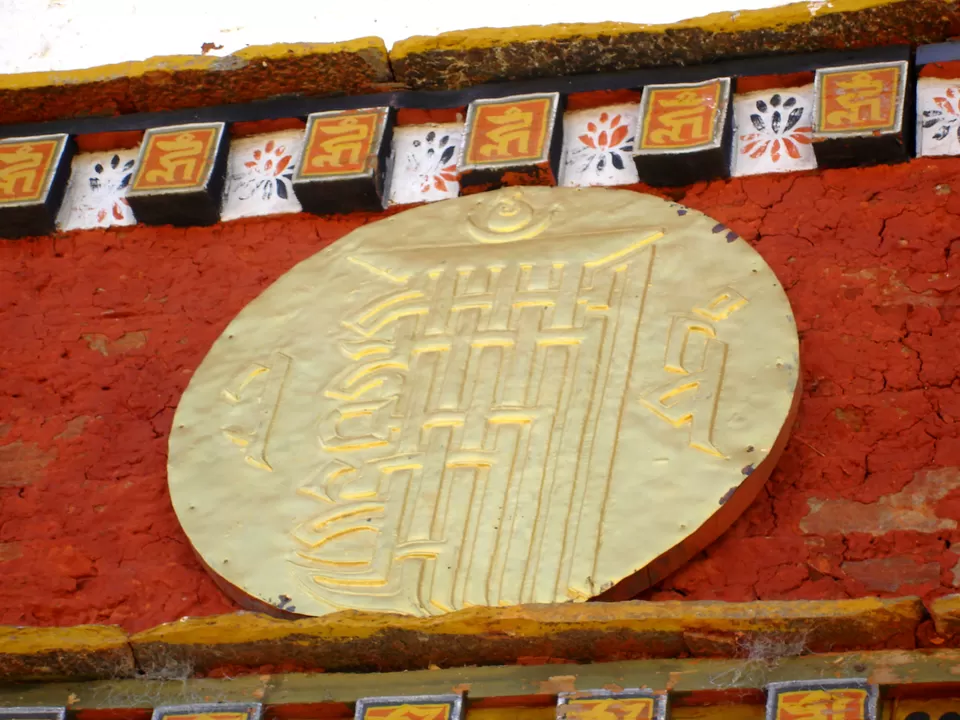
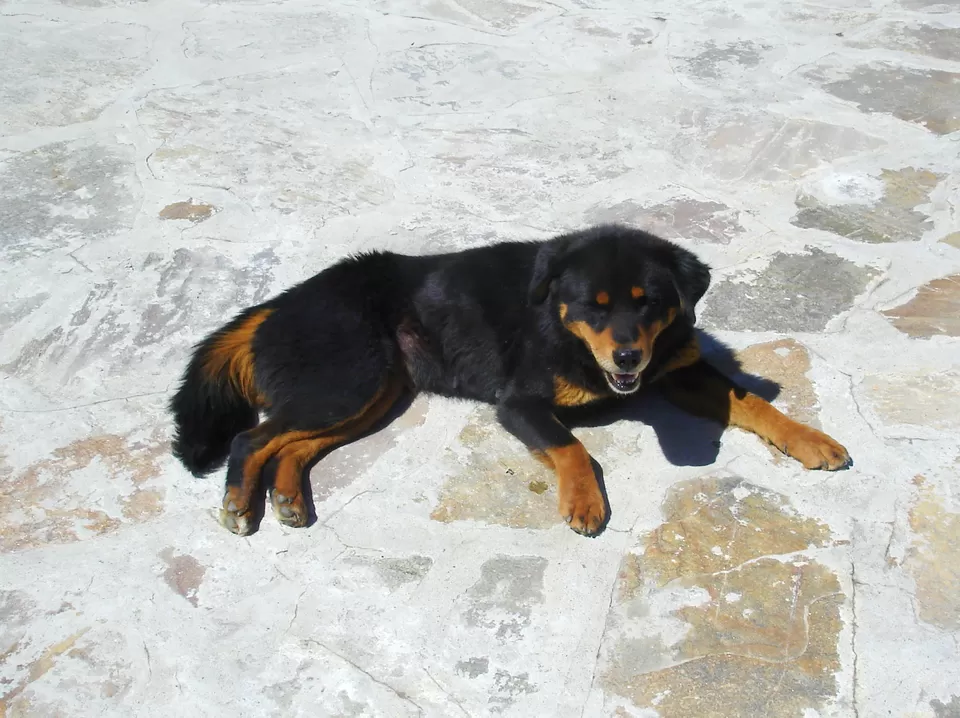
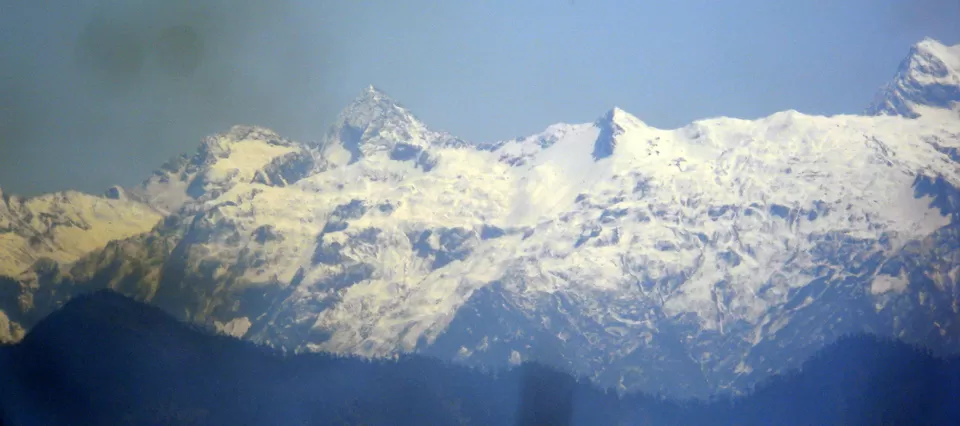
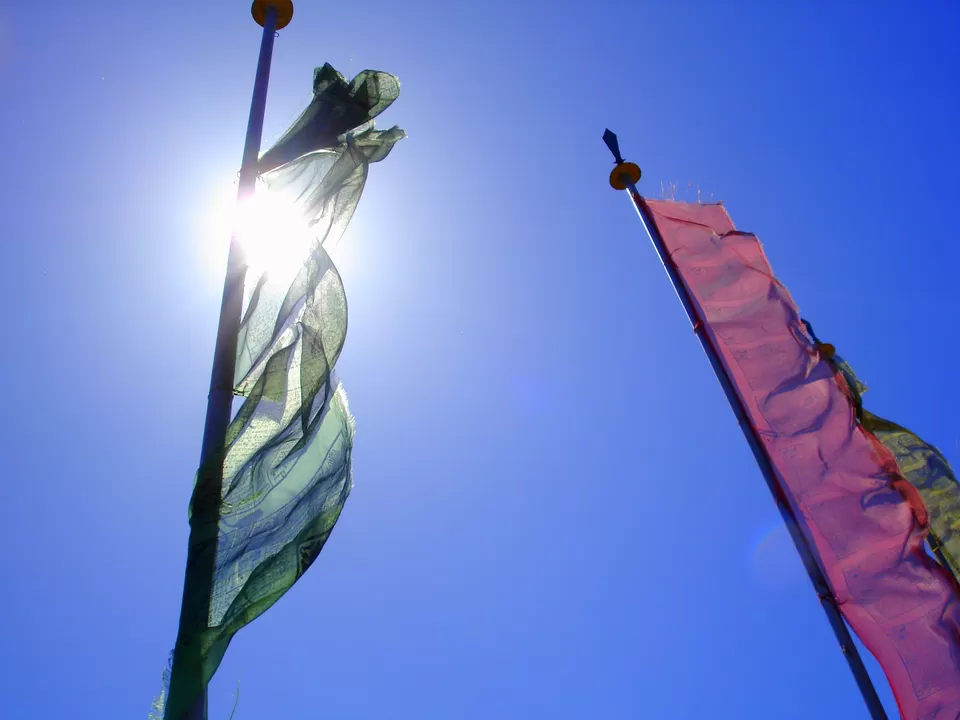

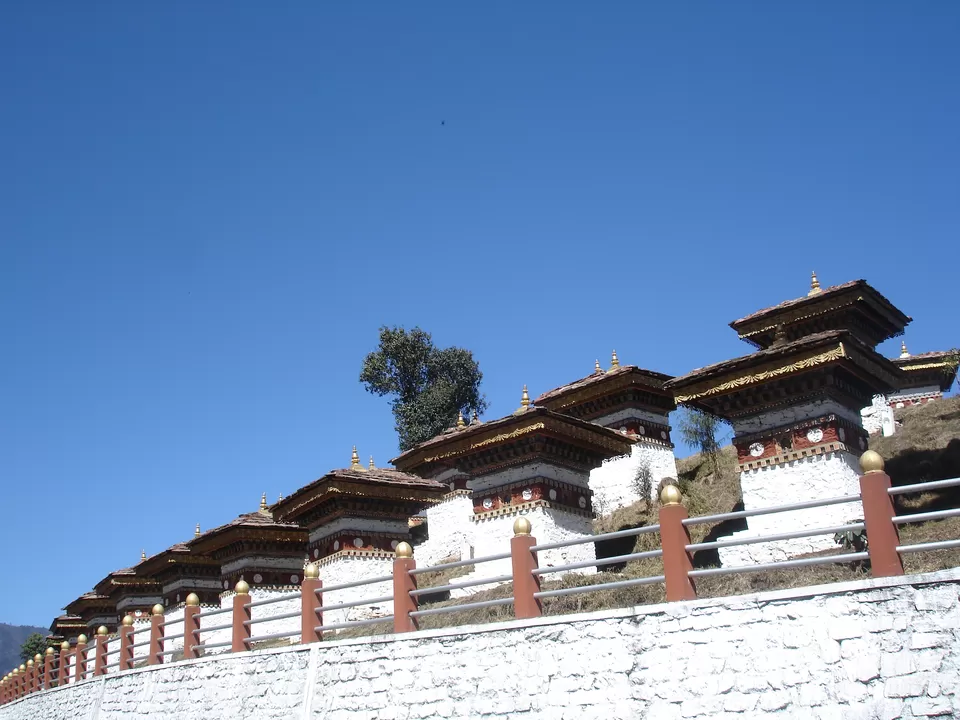
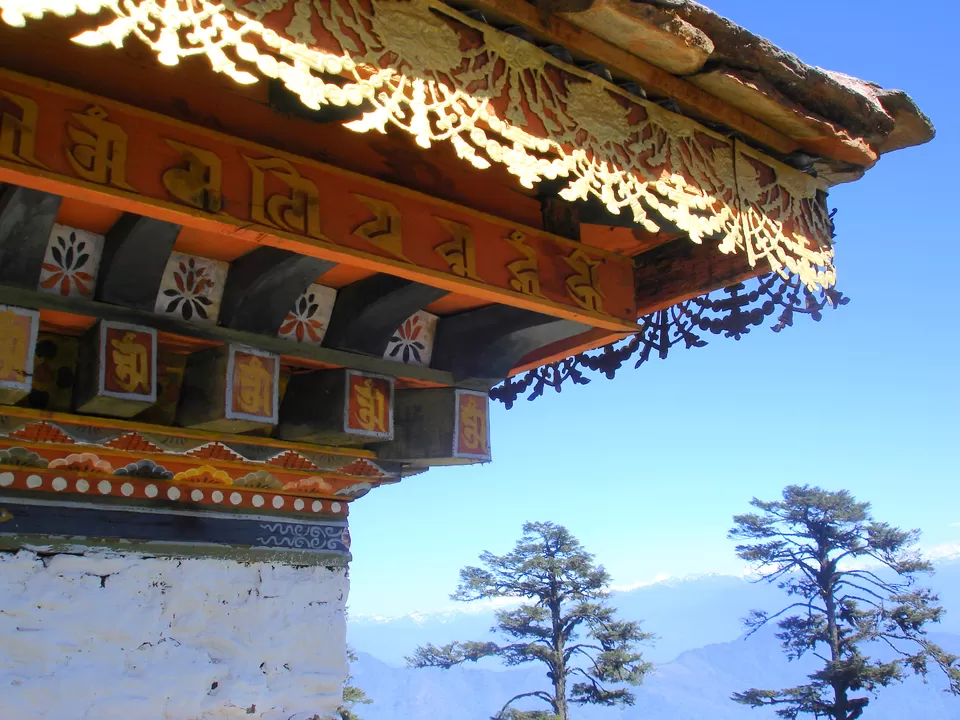
The district of Wangdue Phodrang is in a pretty hot and dry valley. The temperatures were soaring in the vicinity of 35 degrees but nights were cool. I stayed at the Punatsangchhu Cottages, a really wonderful inn on the outskirts of Wandue, on the river side. The rooms are big and airy, with balconies overlooking the river, there are lovely jacaranda bushes growing all over with wonderful lavender coloured flowers.
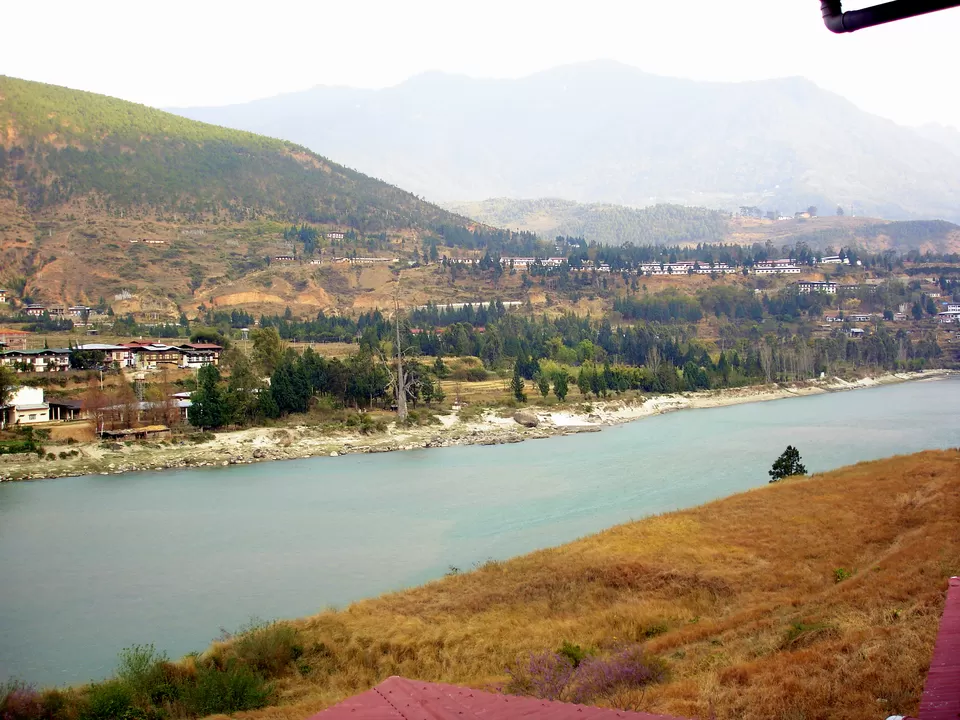
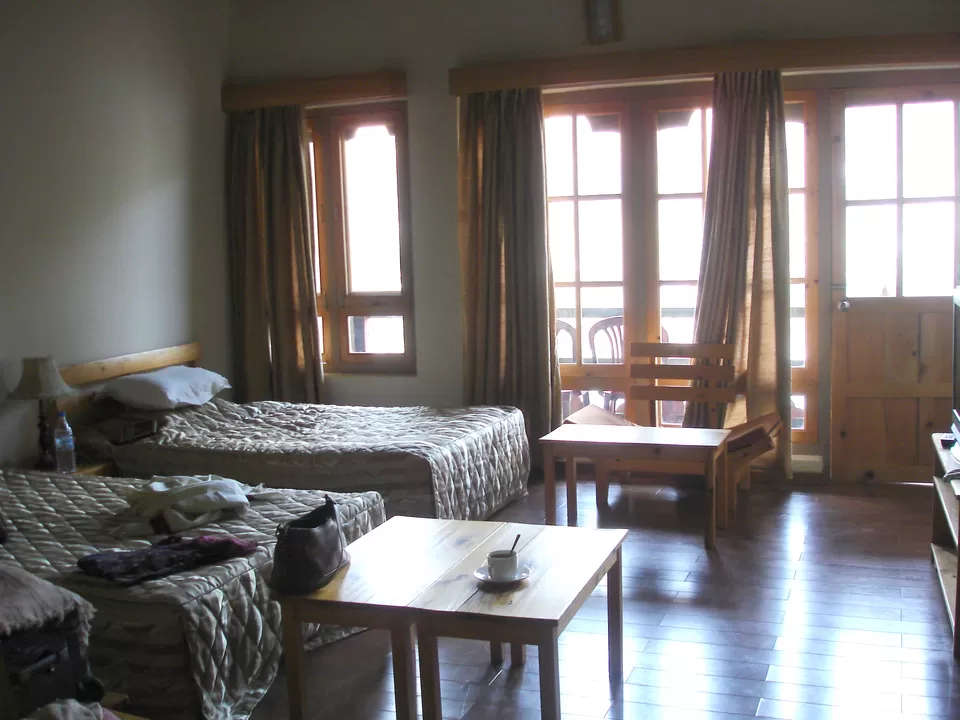
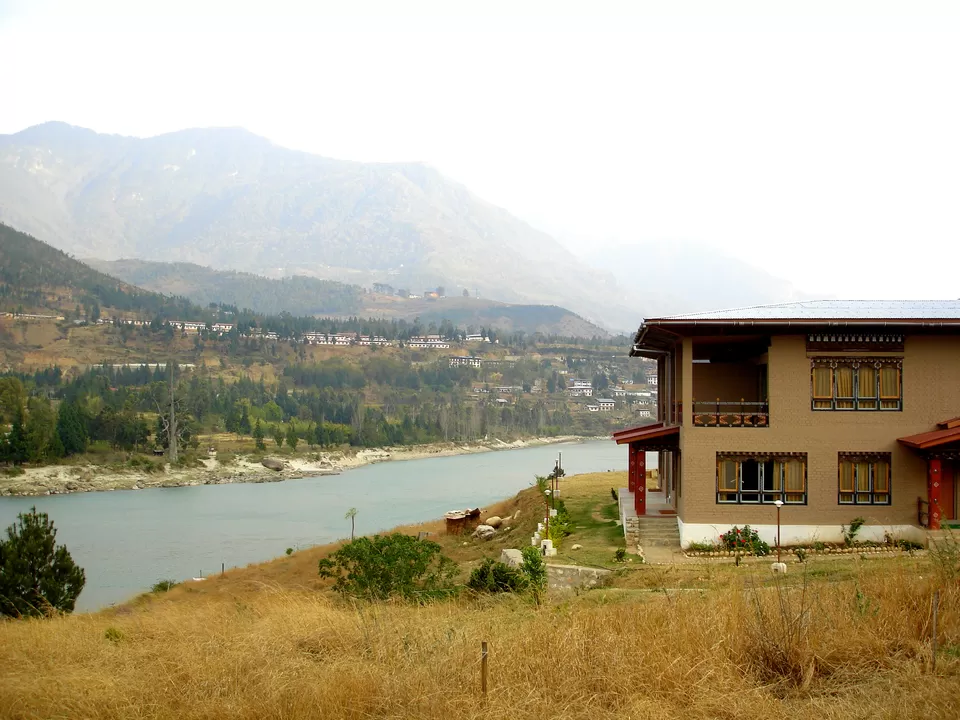
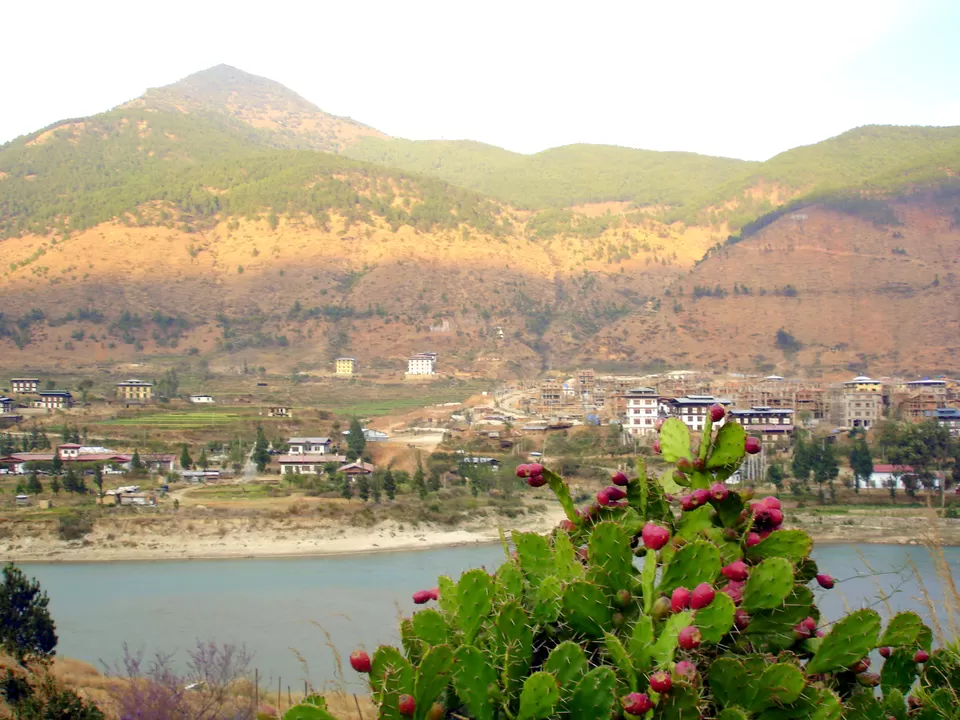
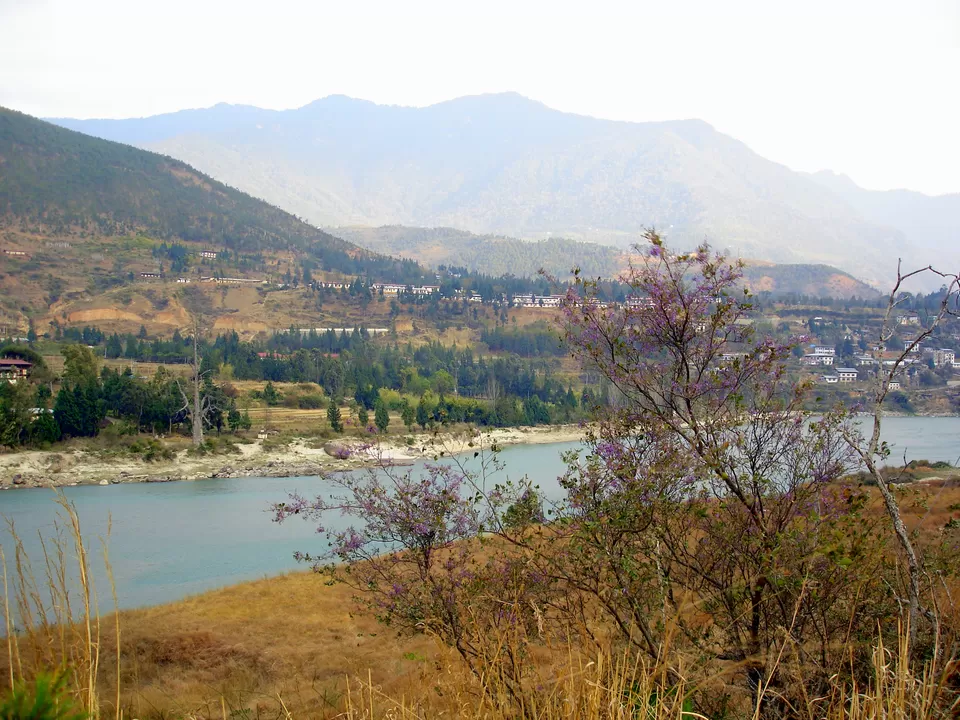
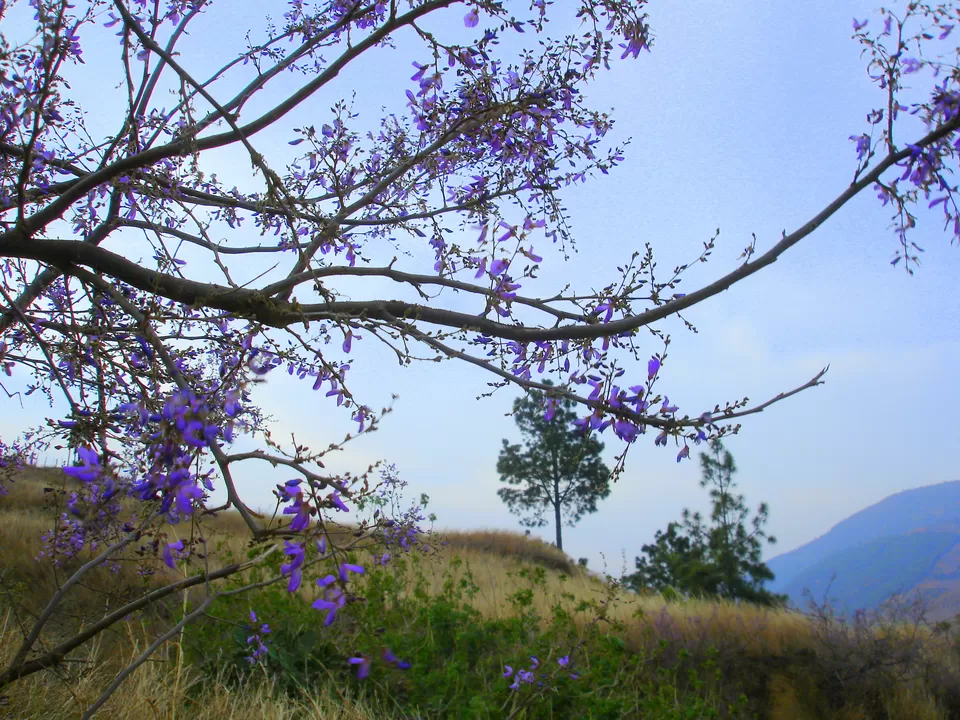
In this leg of the trip I visited the Punakha dzong which is one of the most well-preserved and stunning dzongs in Bhutan.
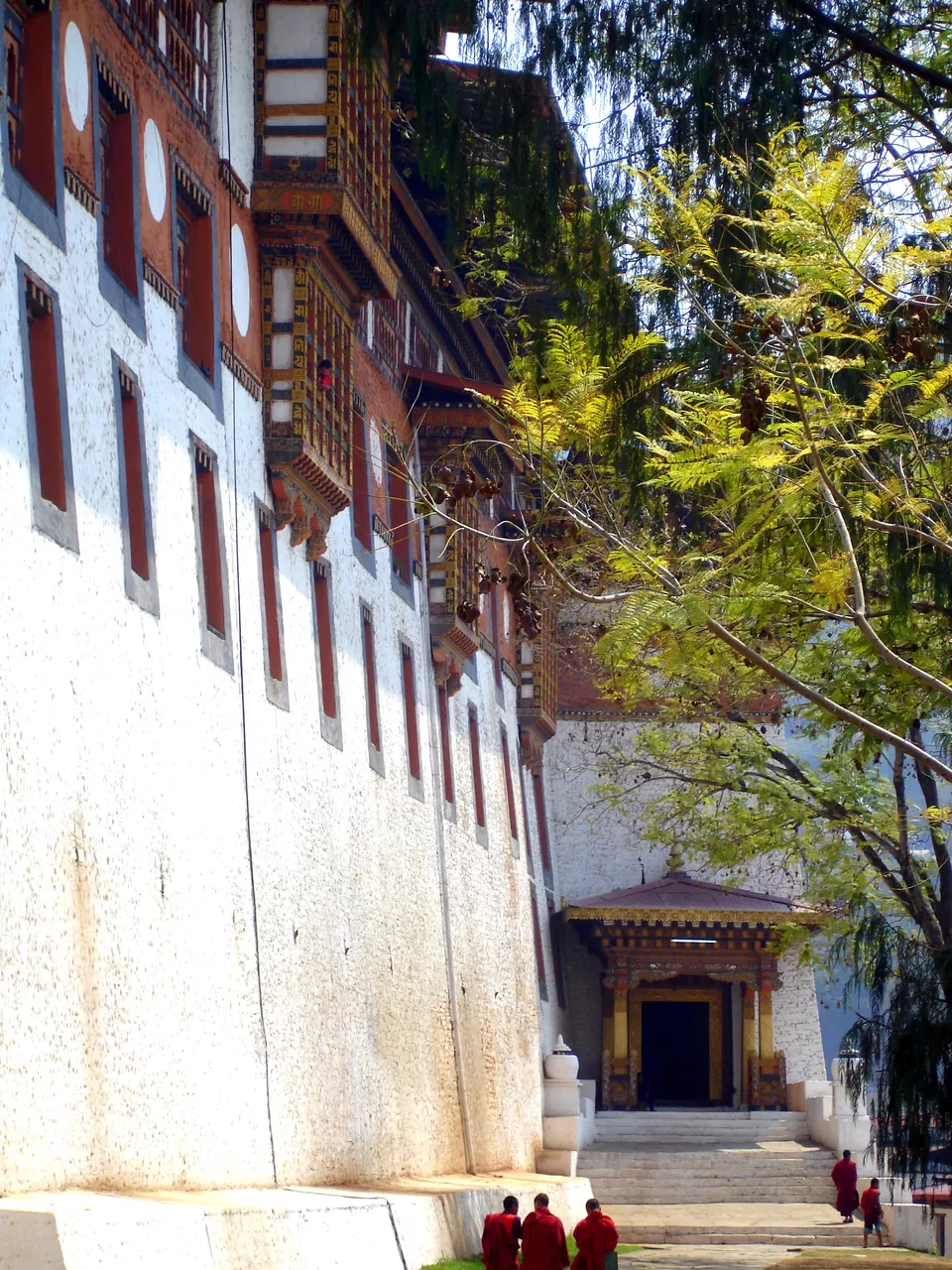
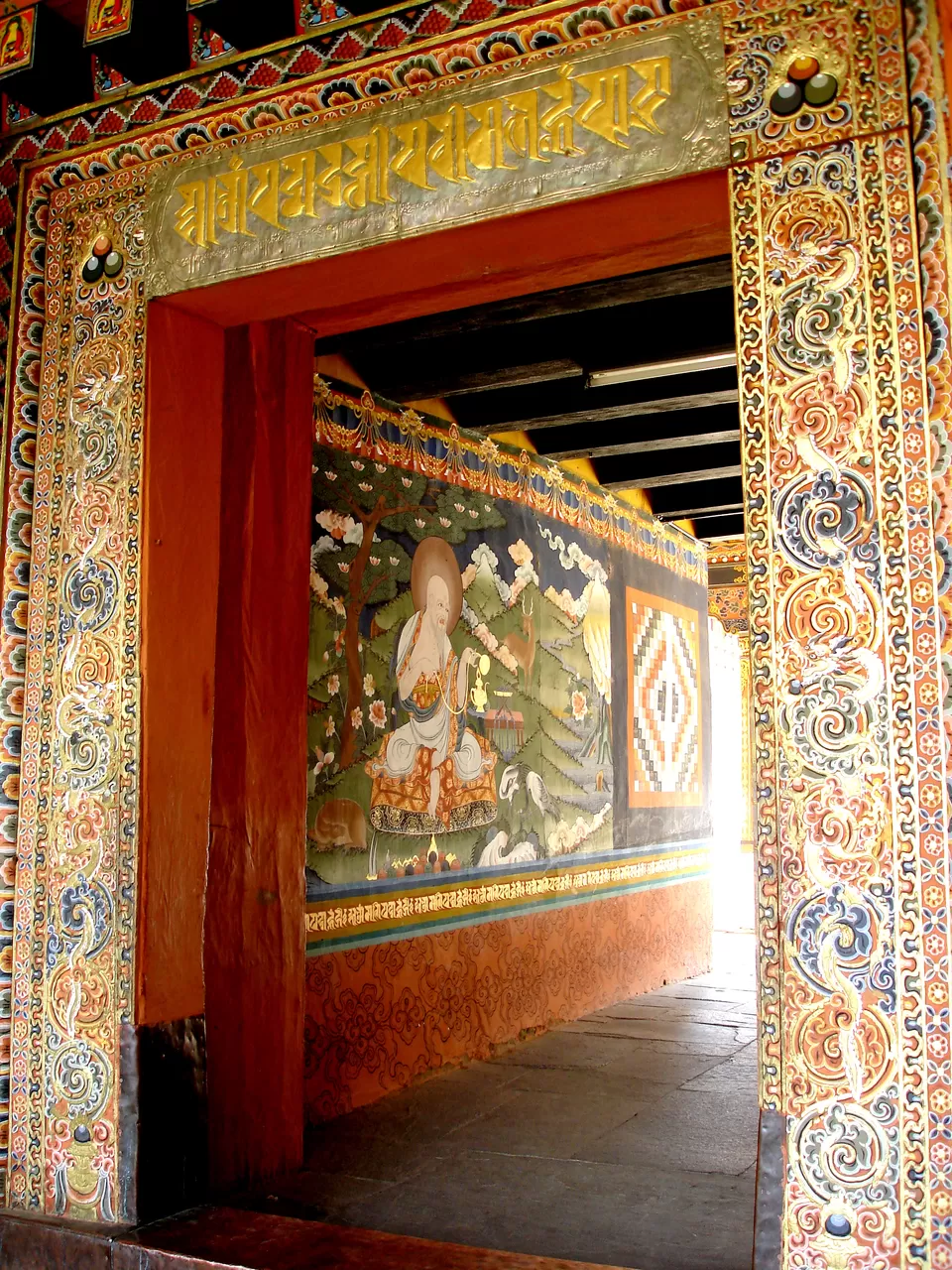
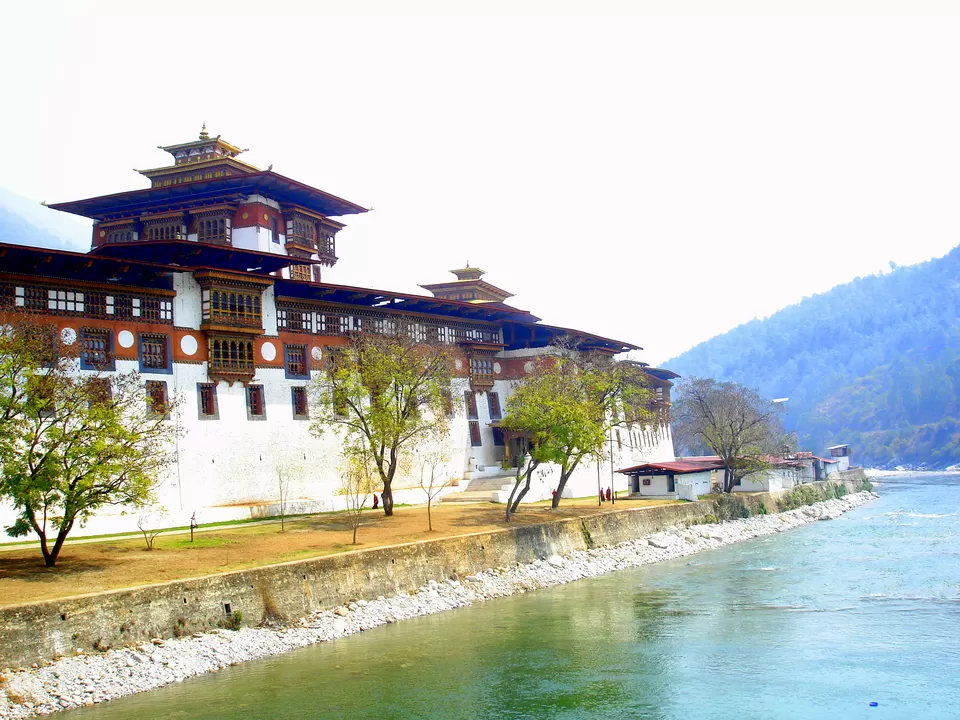
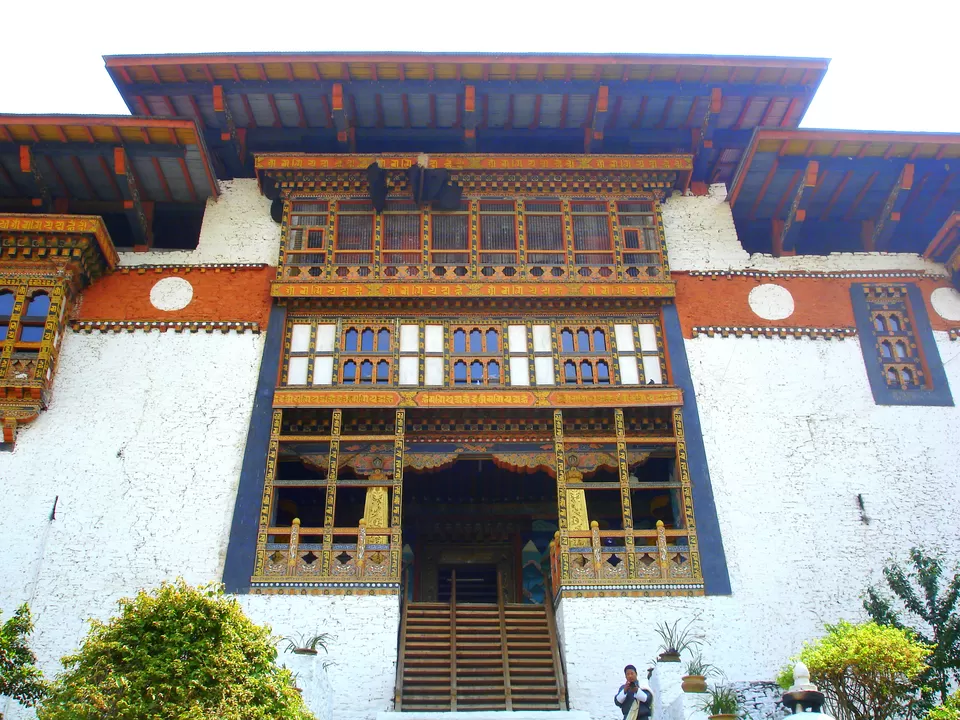
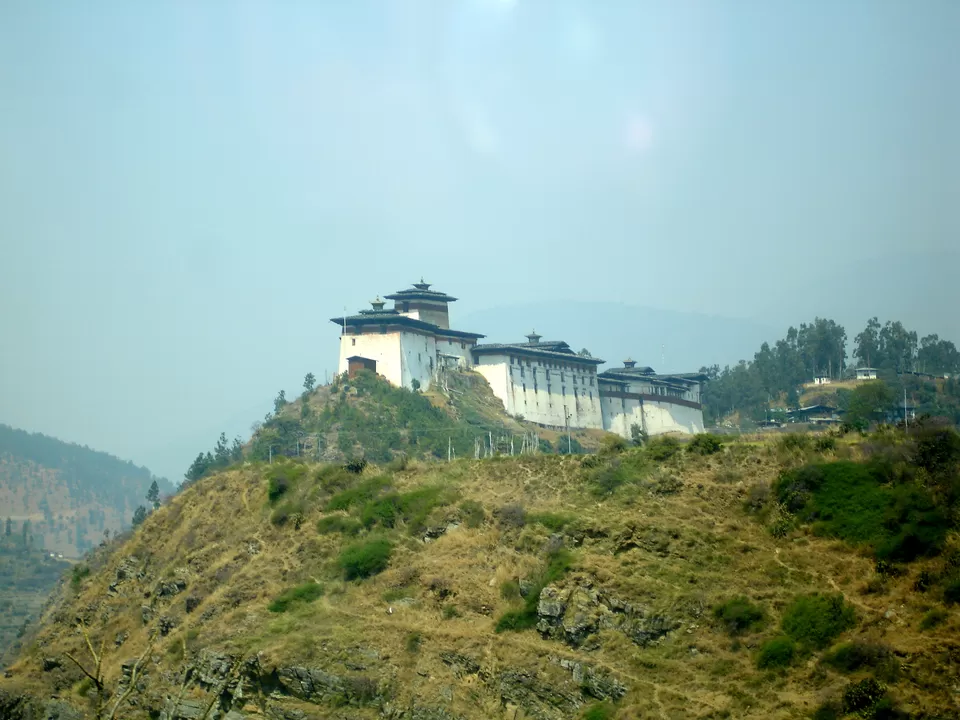
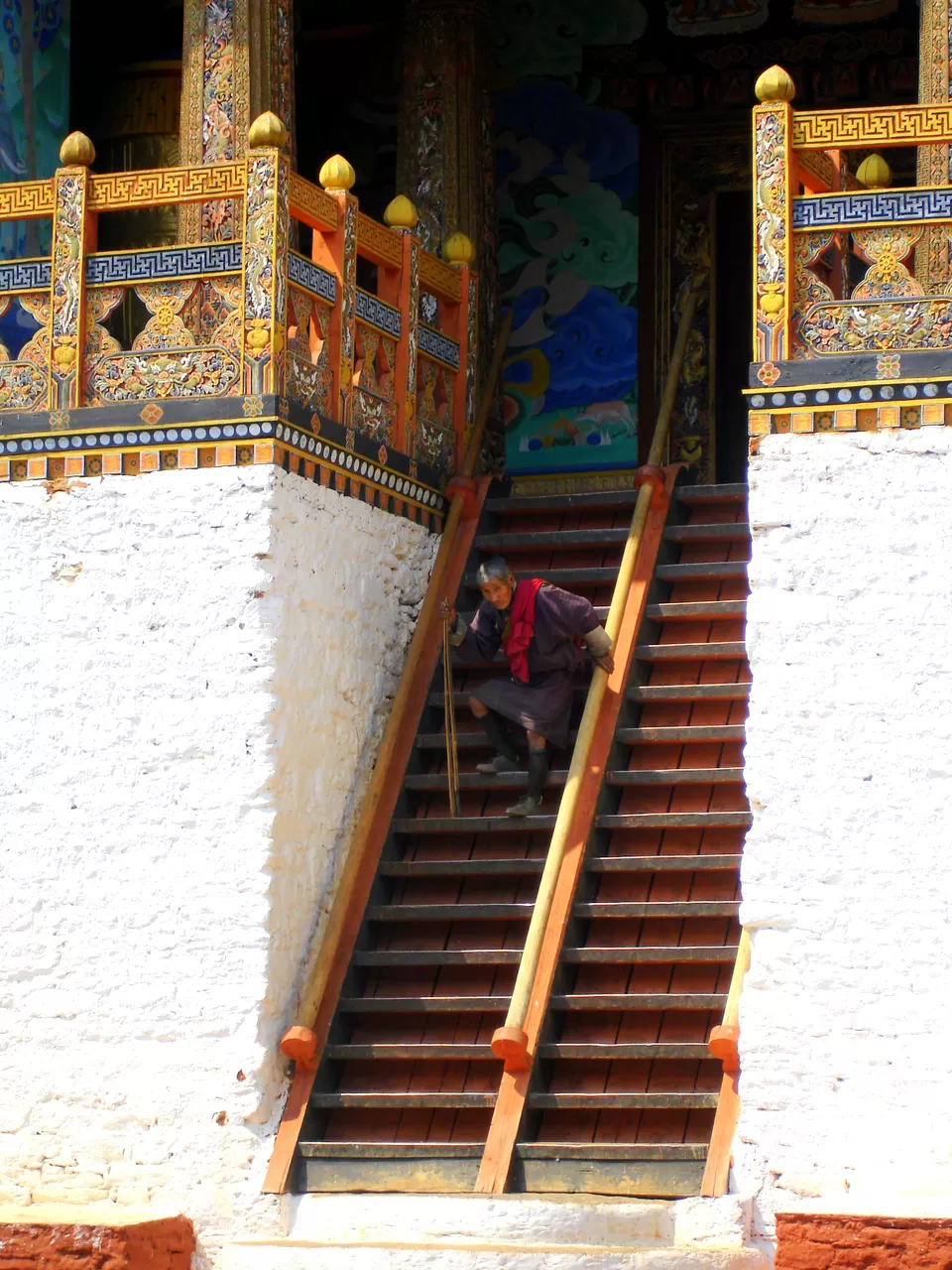
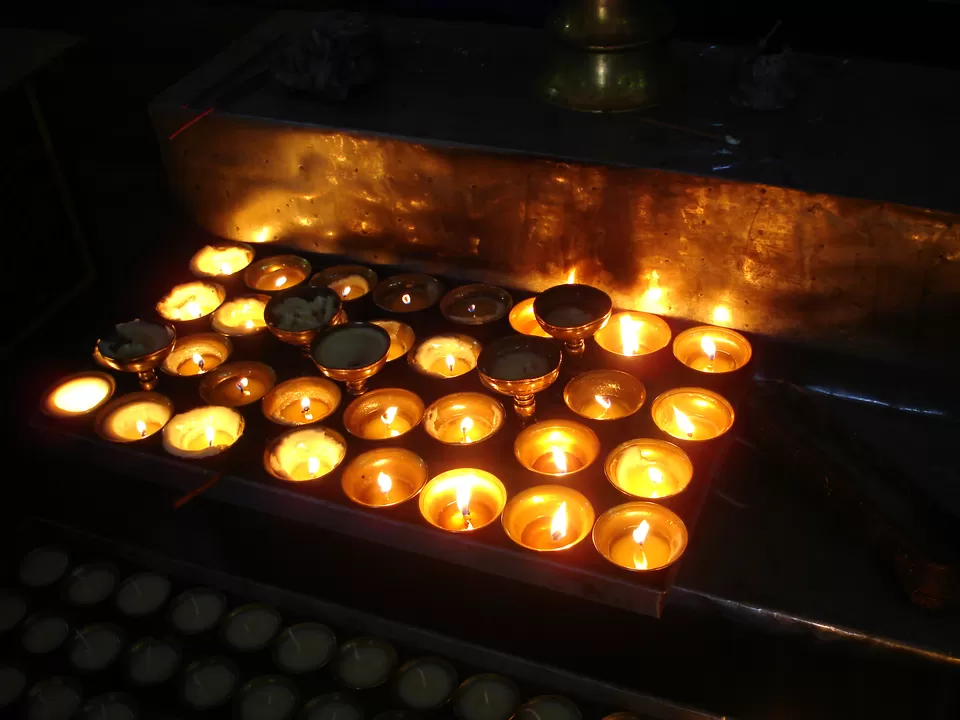
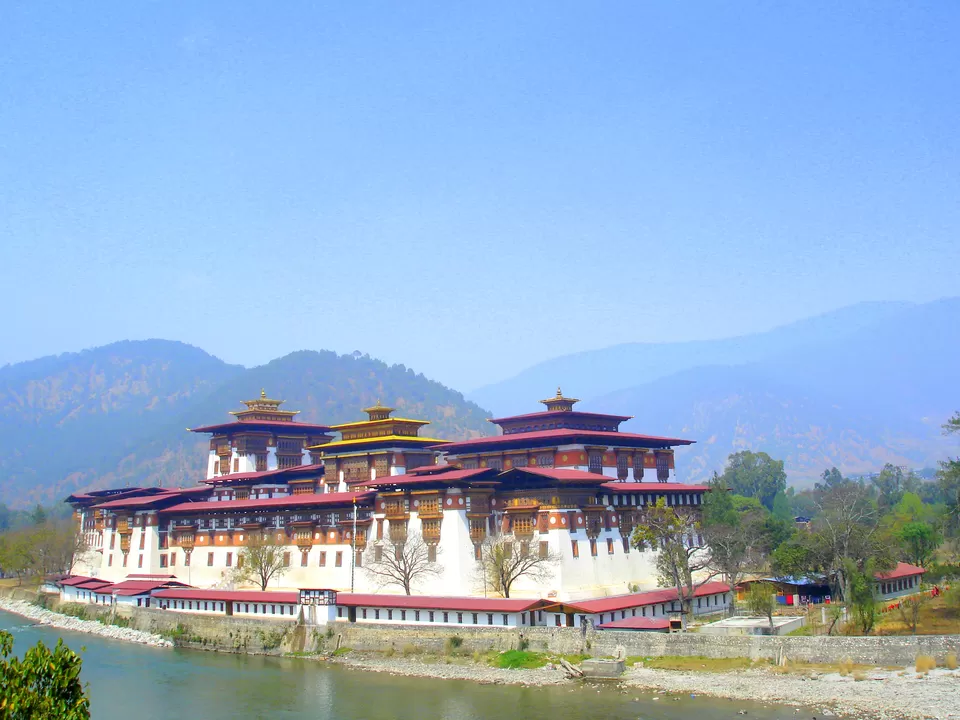
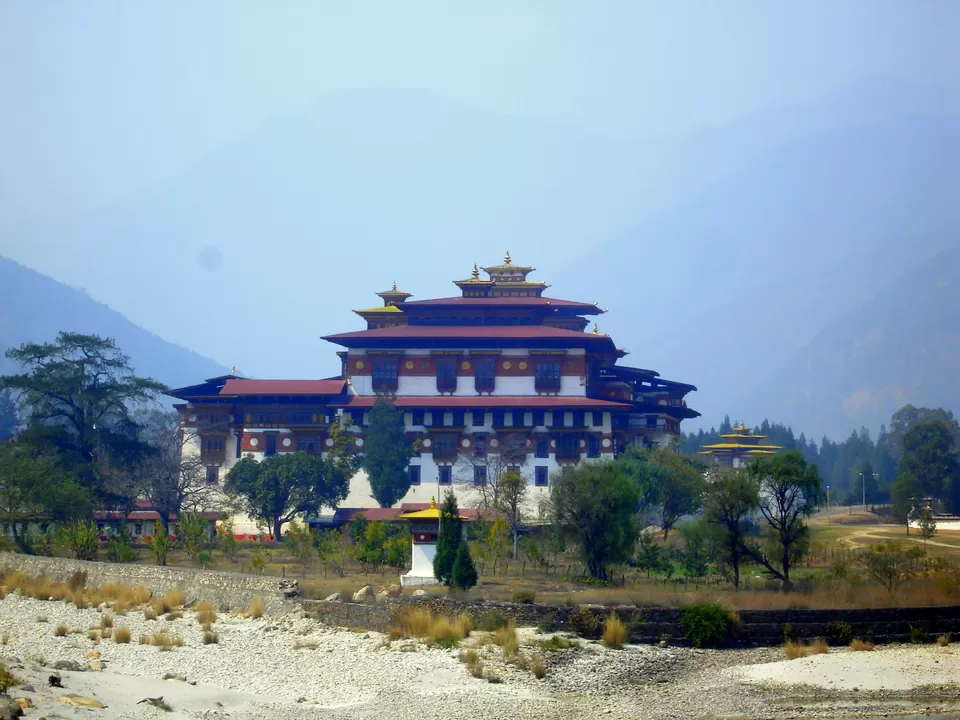
On the last leg of our journey, we drove to the Paro Valley from Wandue. We visited the sacred spot of Chimi Lakhang and then drove around the valley taking in the sights. Since we didnt have much time there we concluded our Paro day trip with lunch at the excellent Zhiwa Ling hotel.

